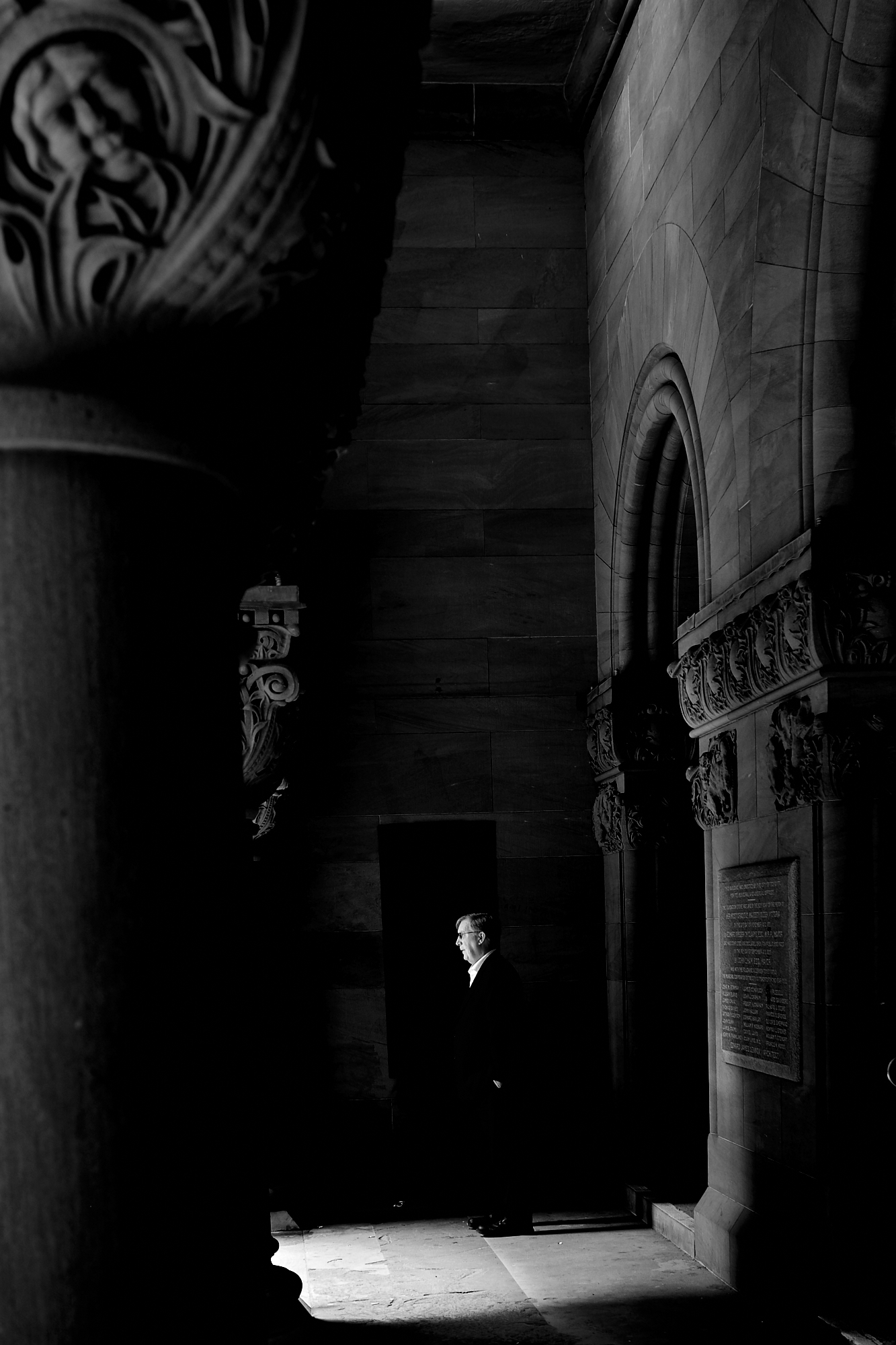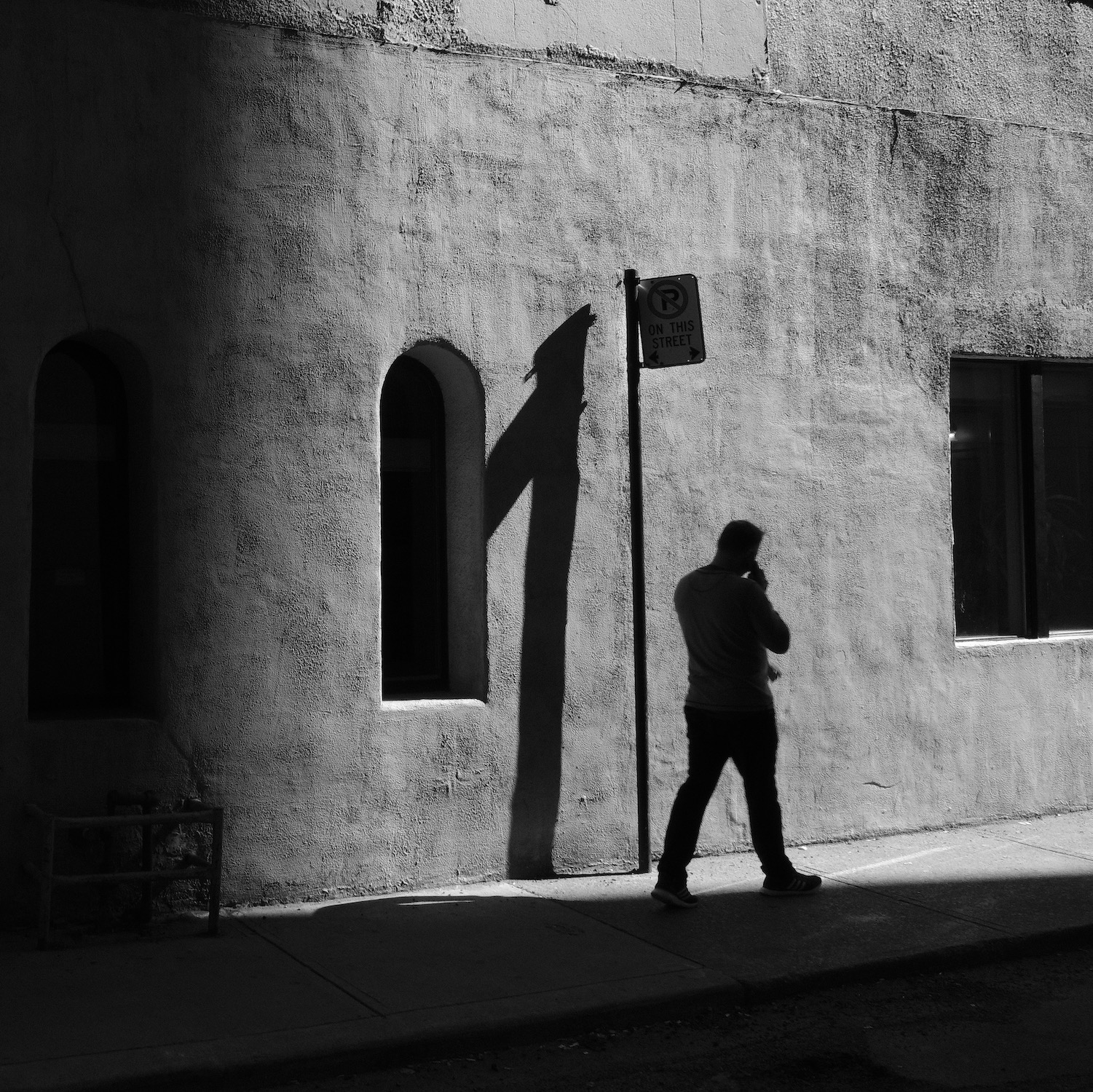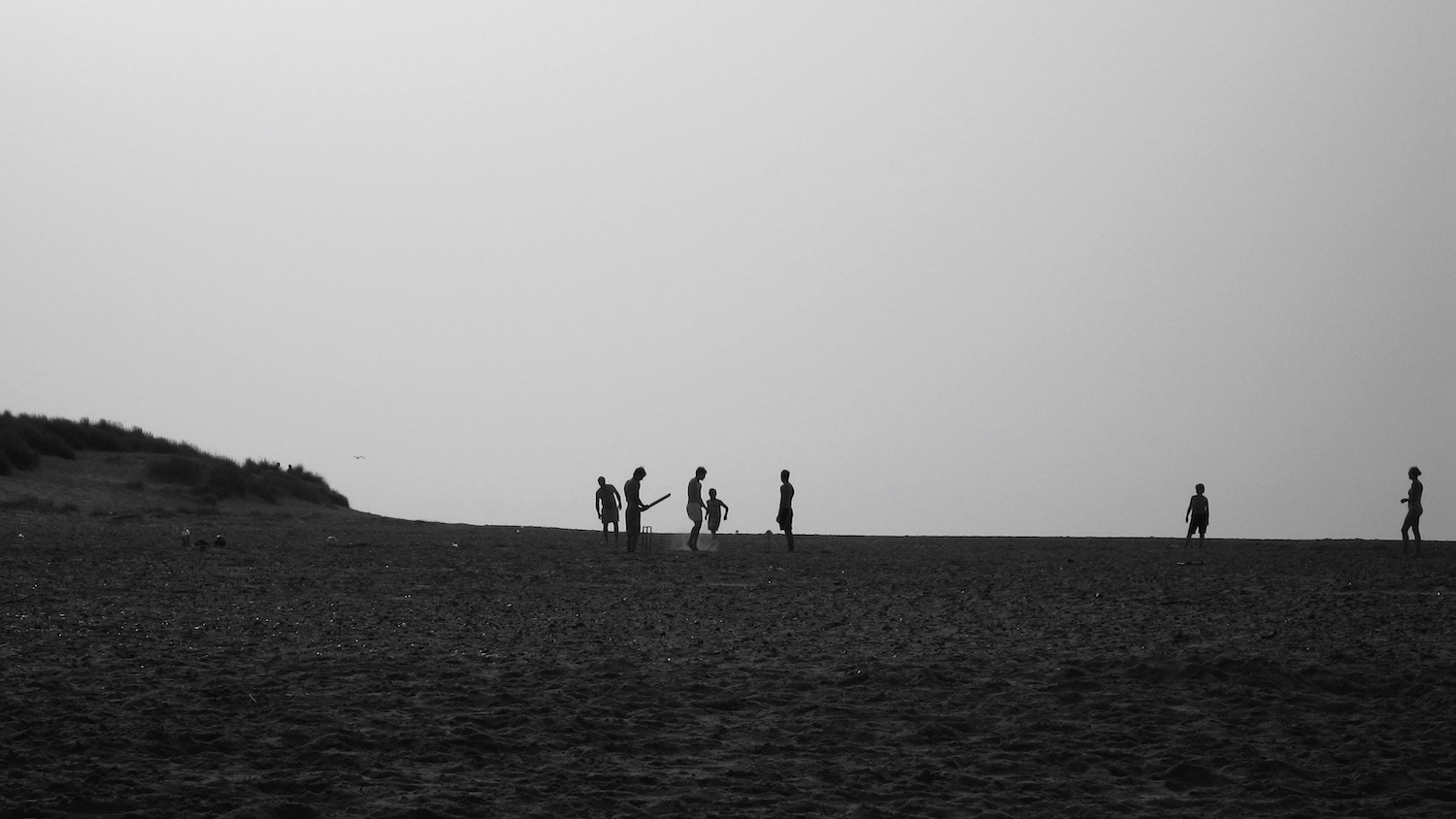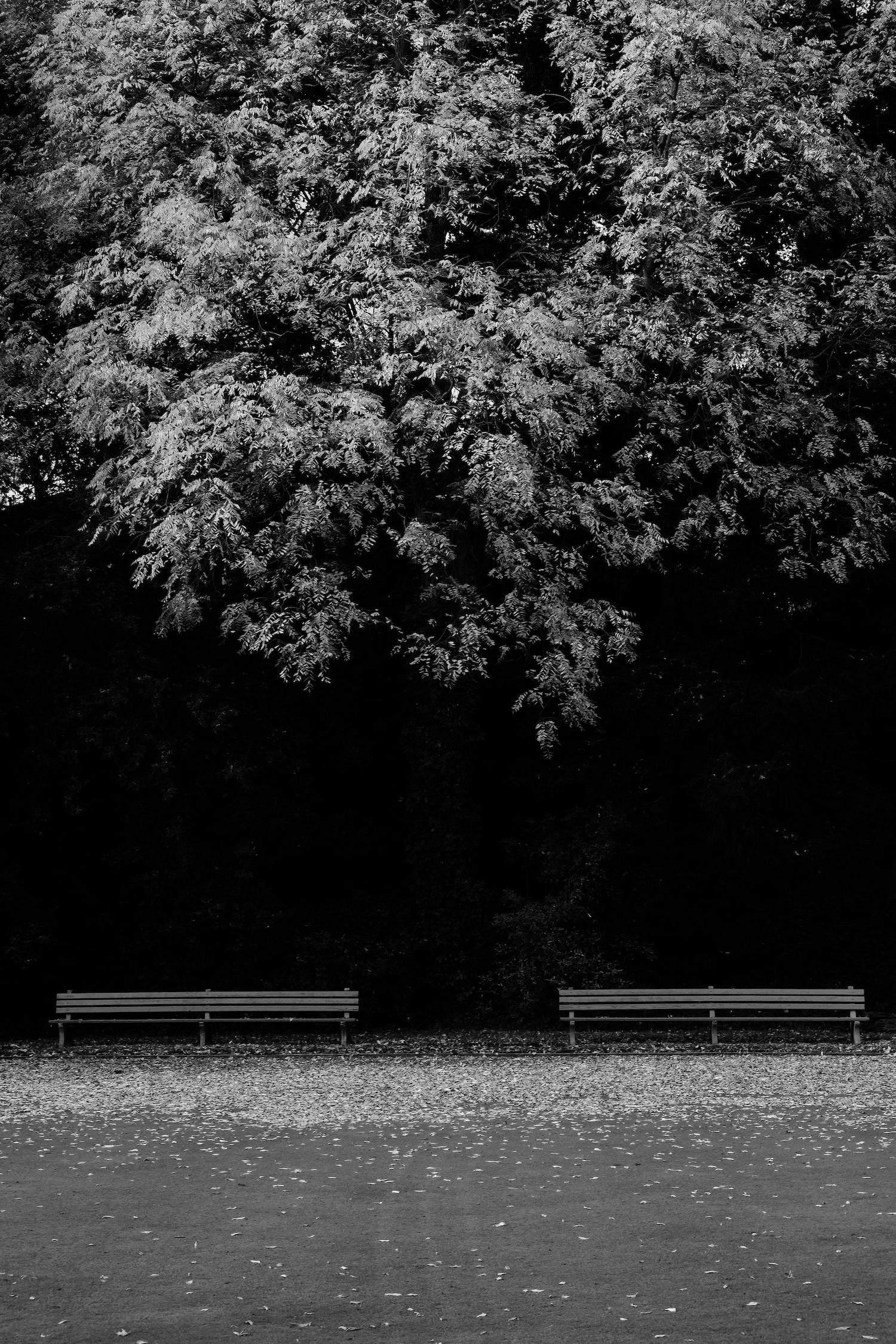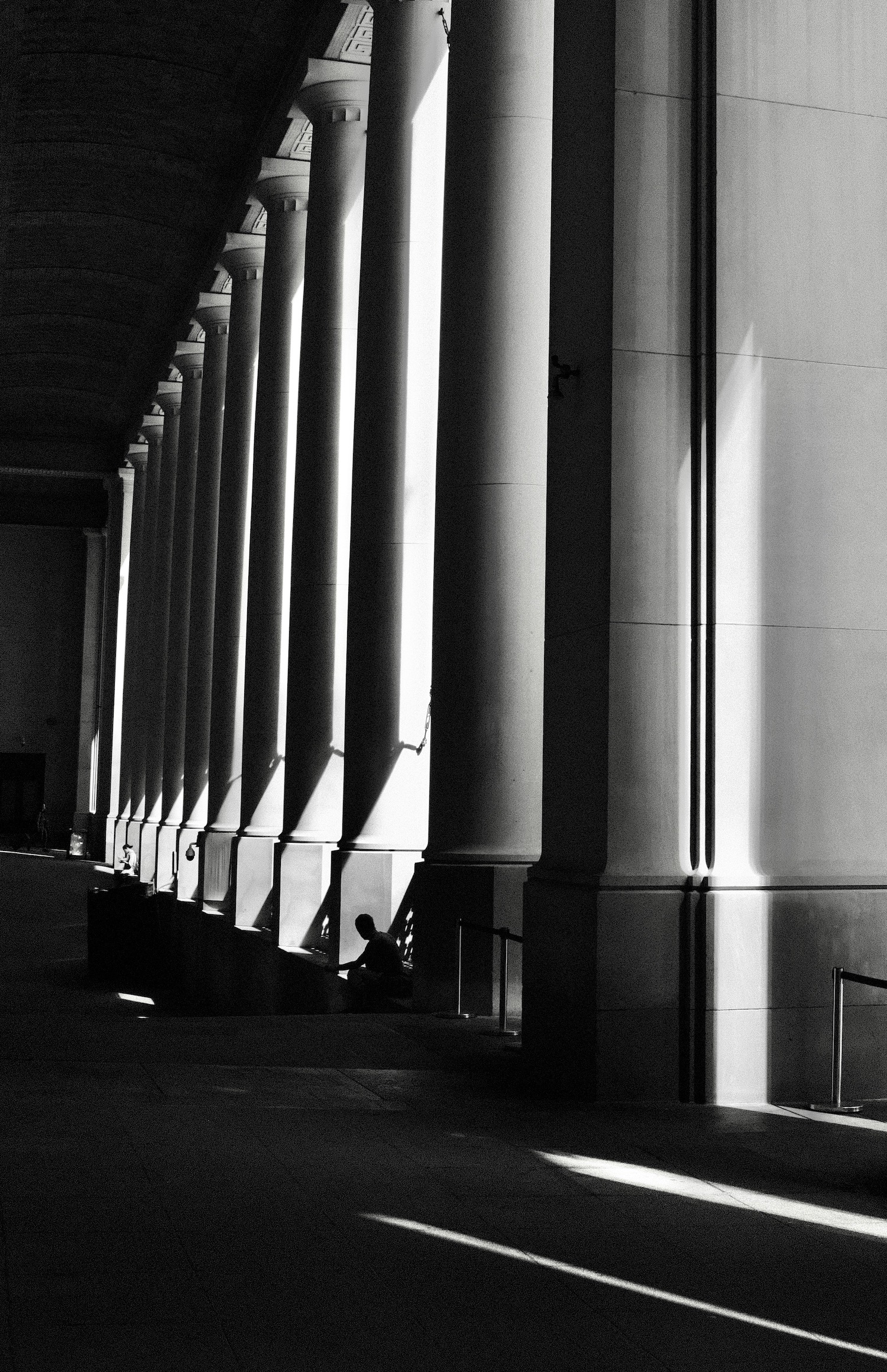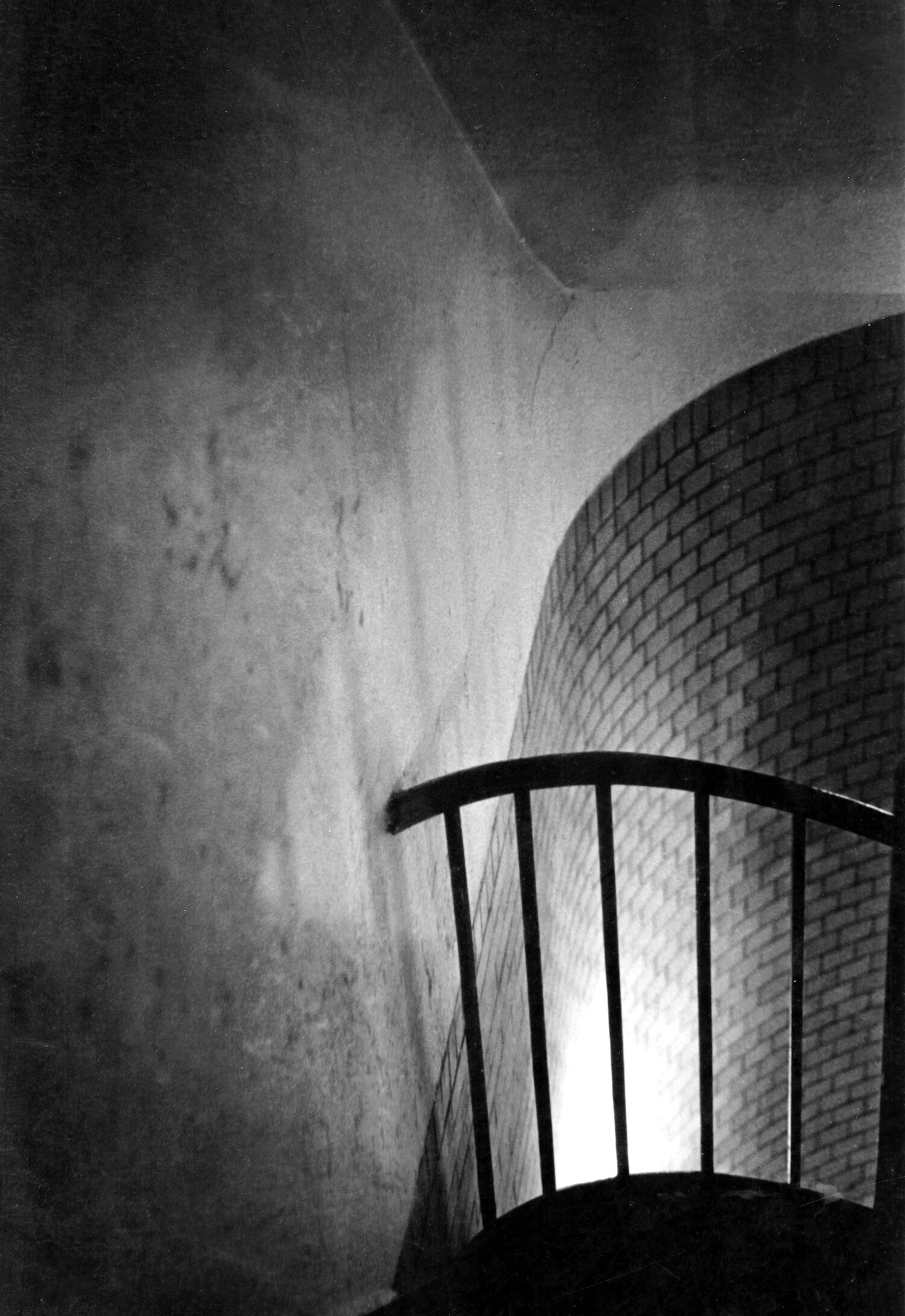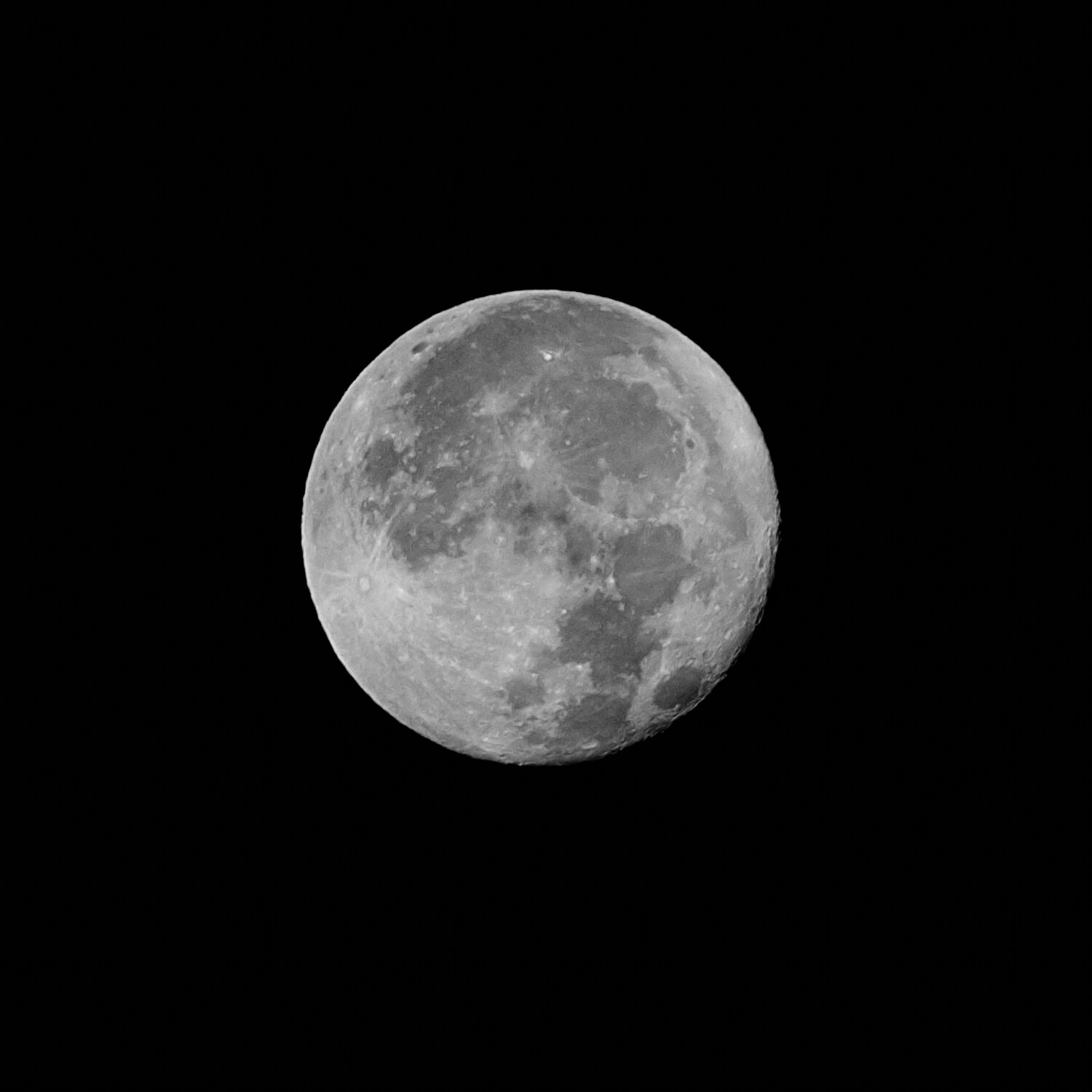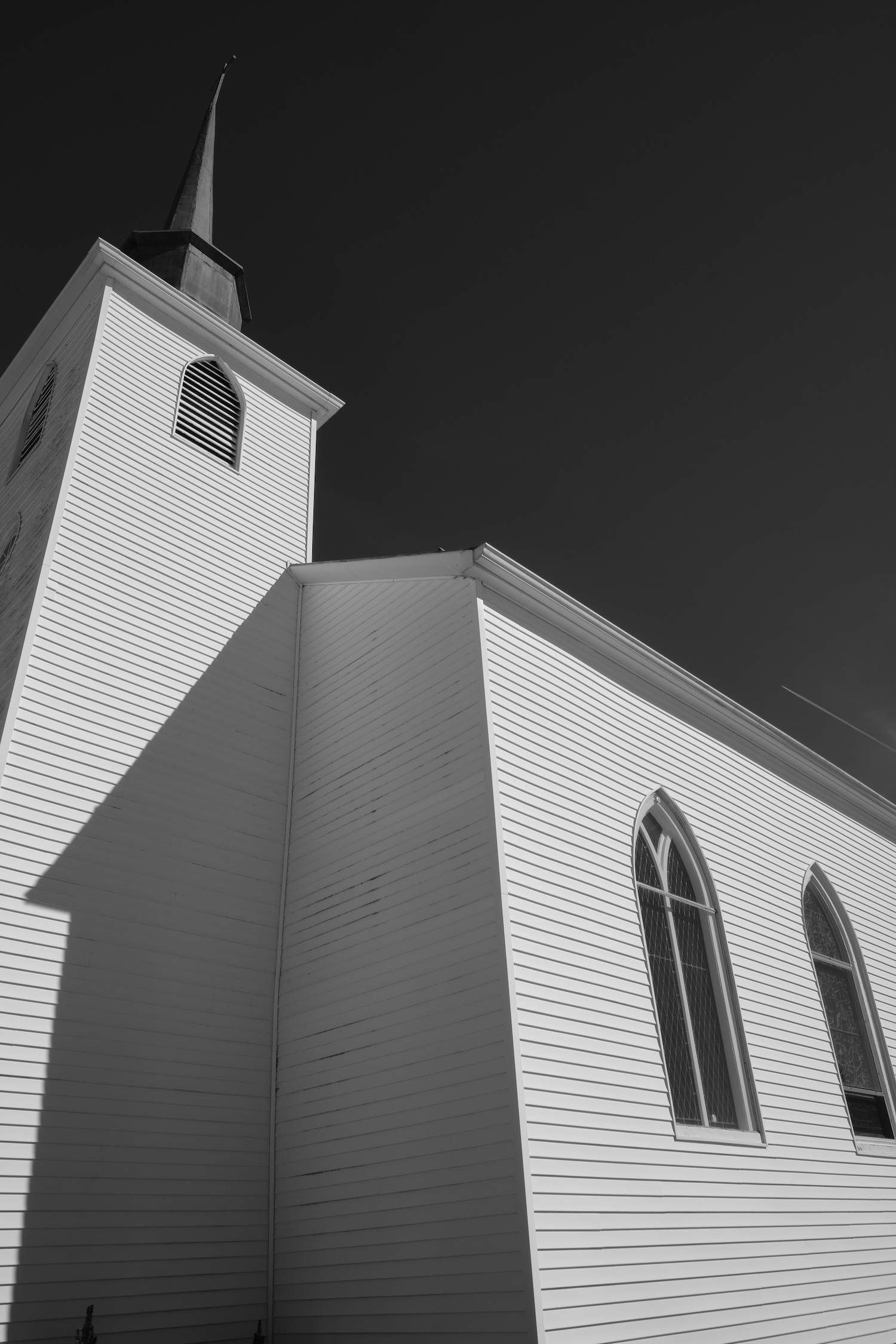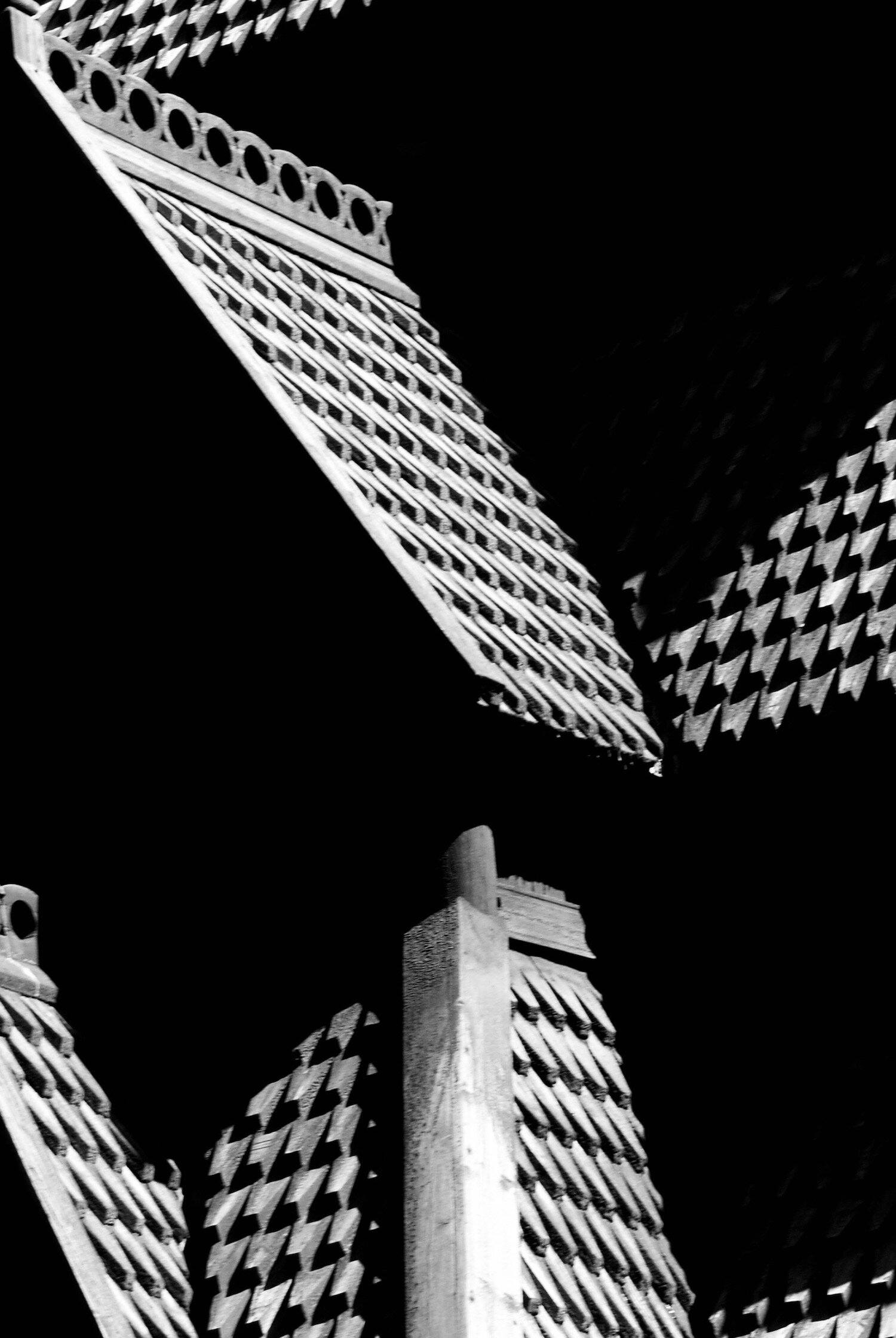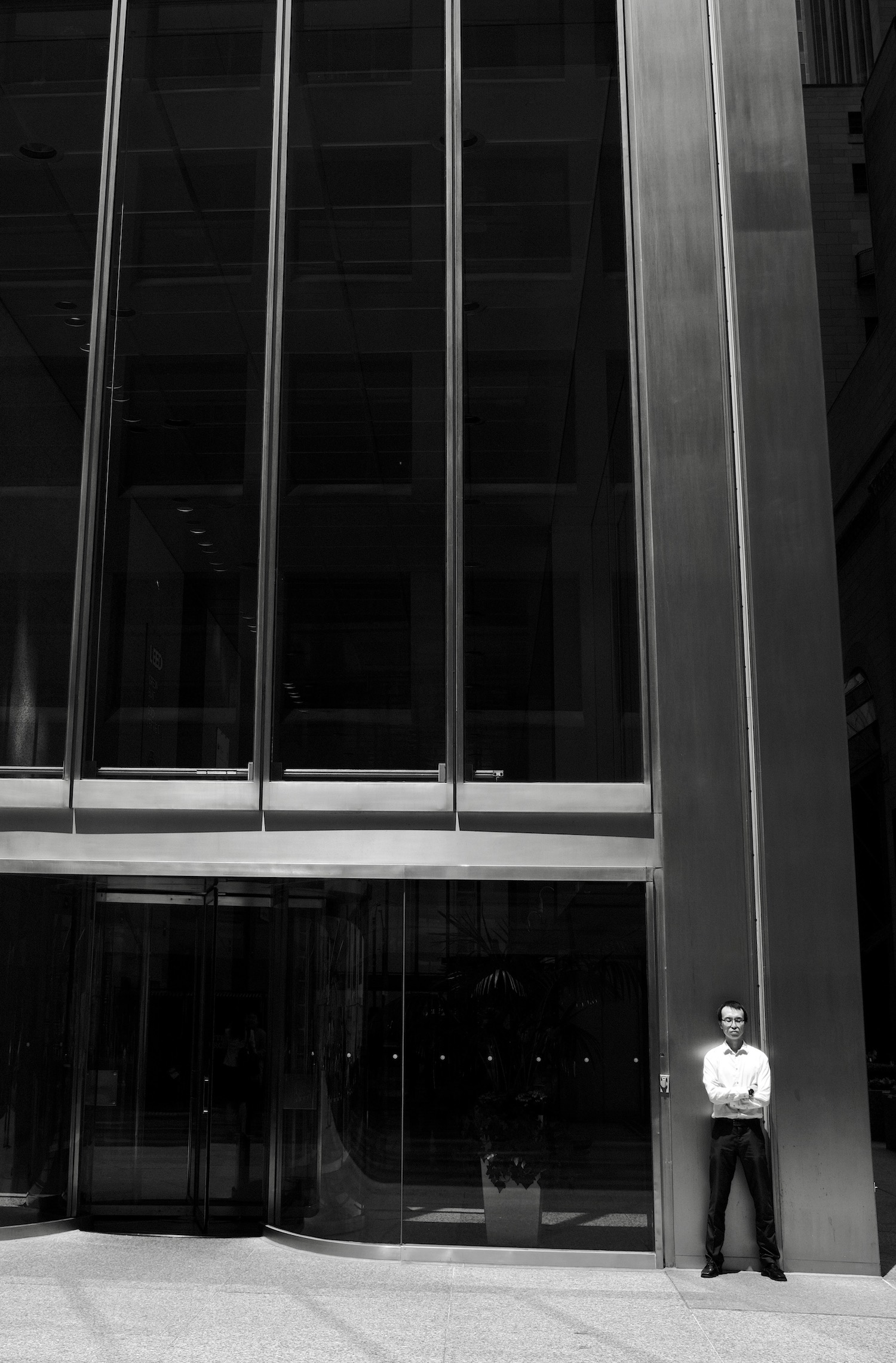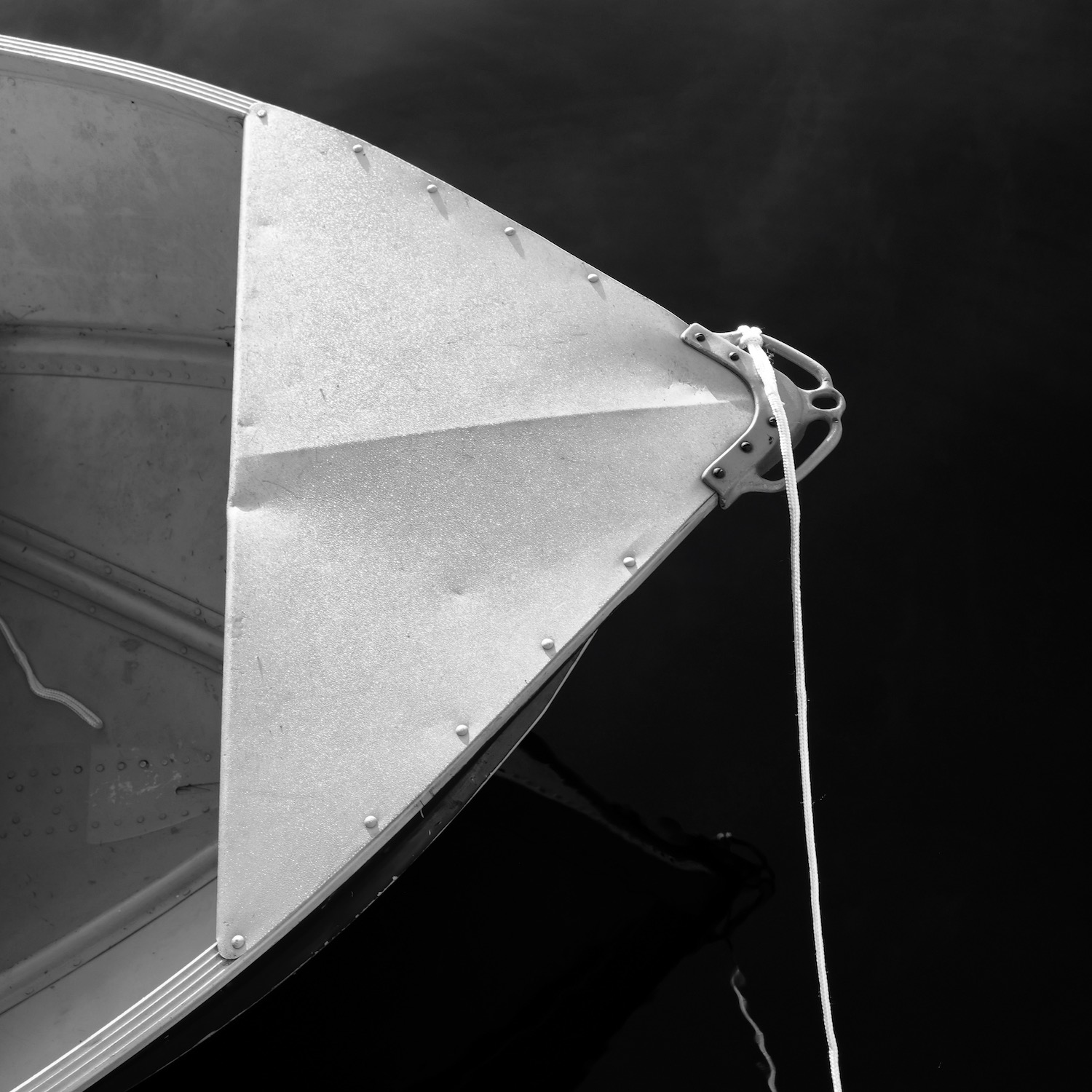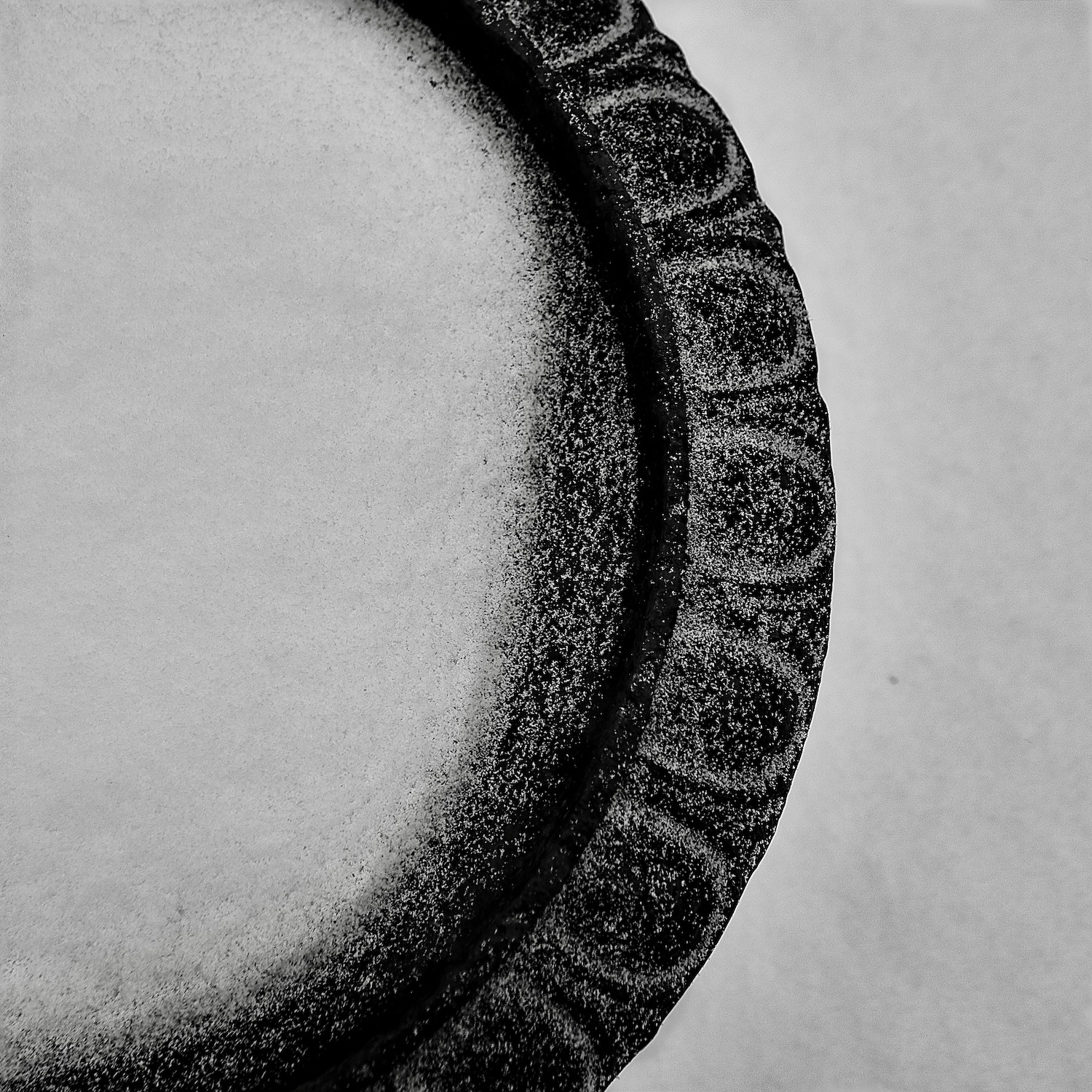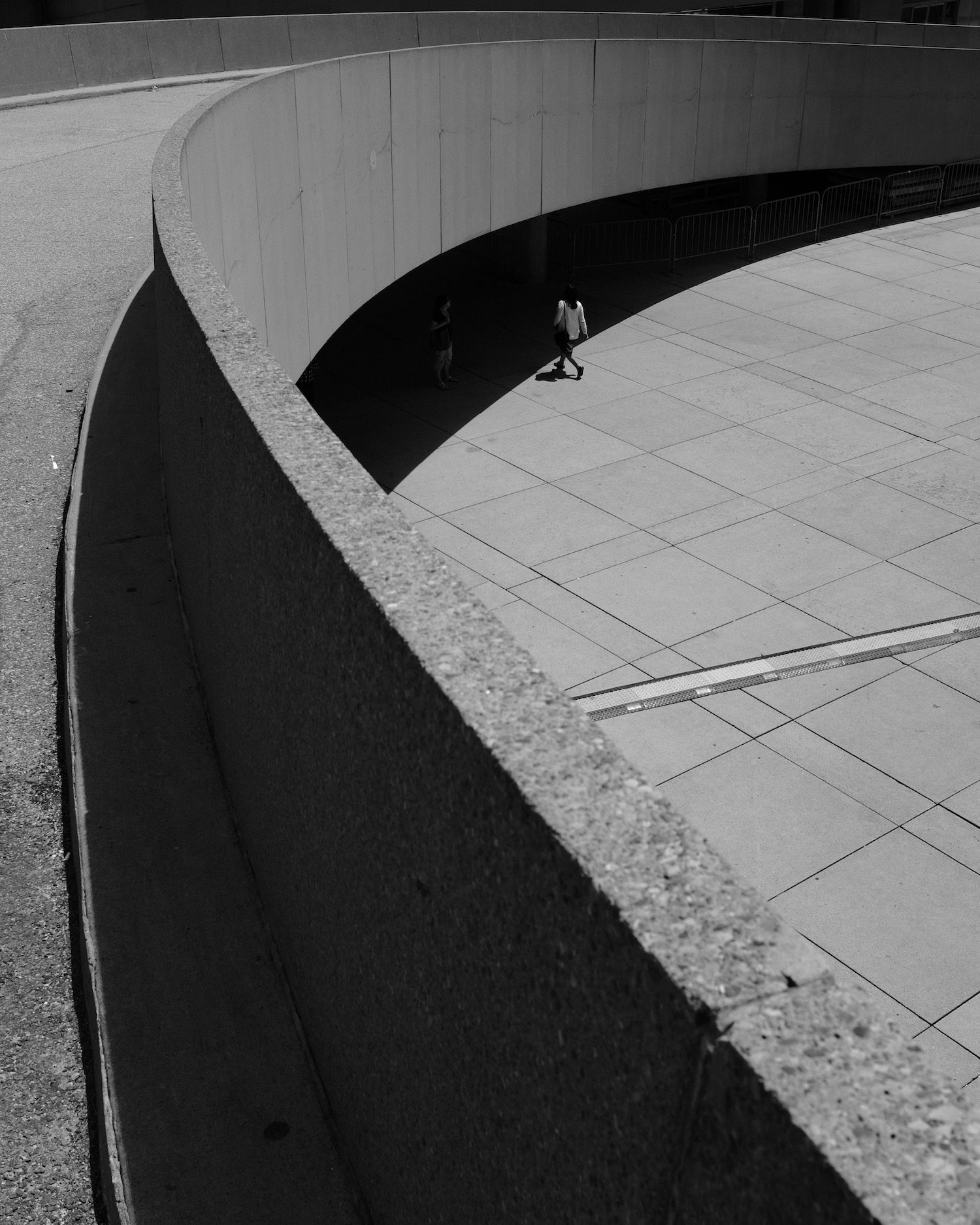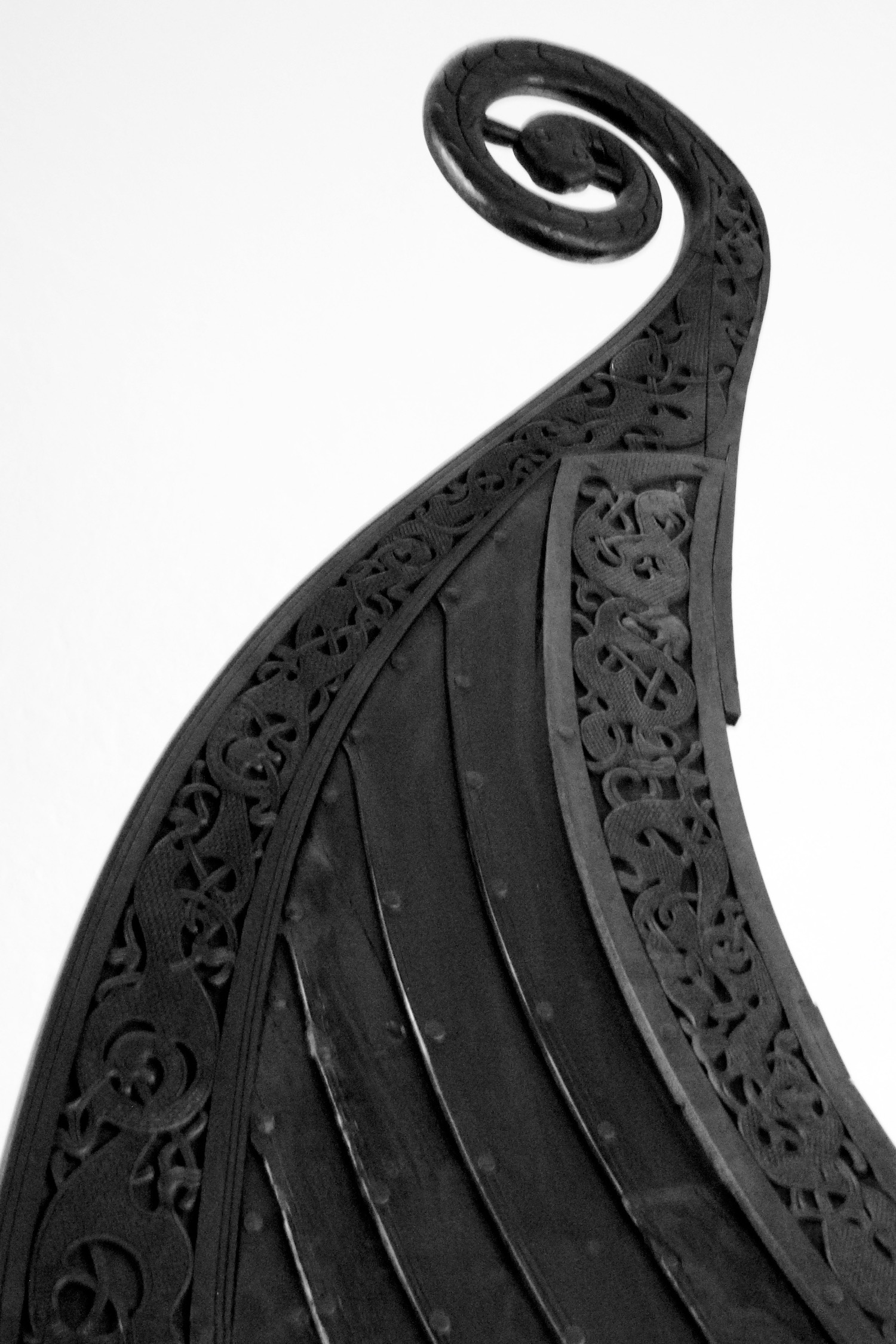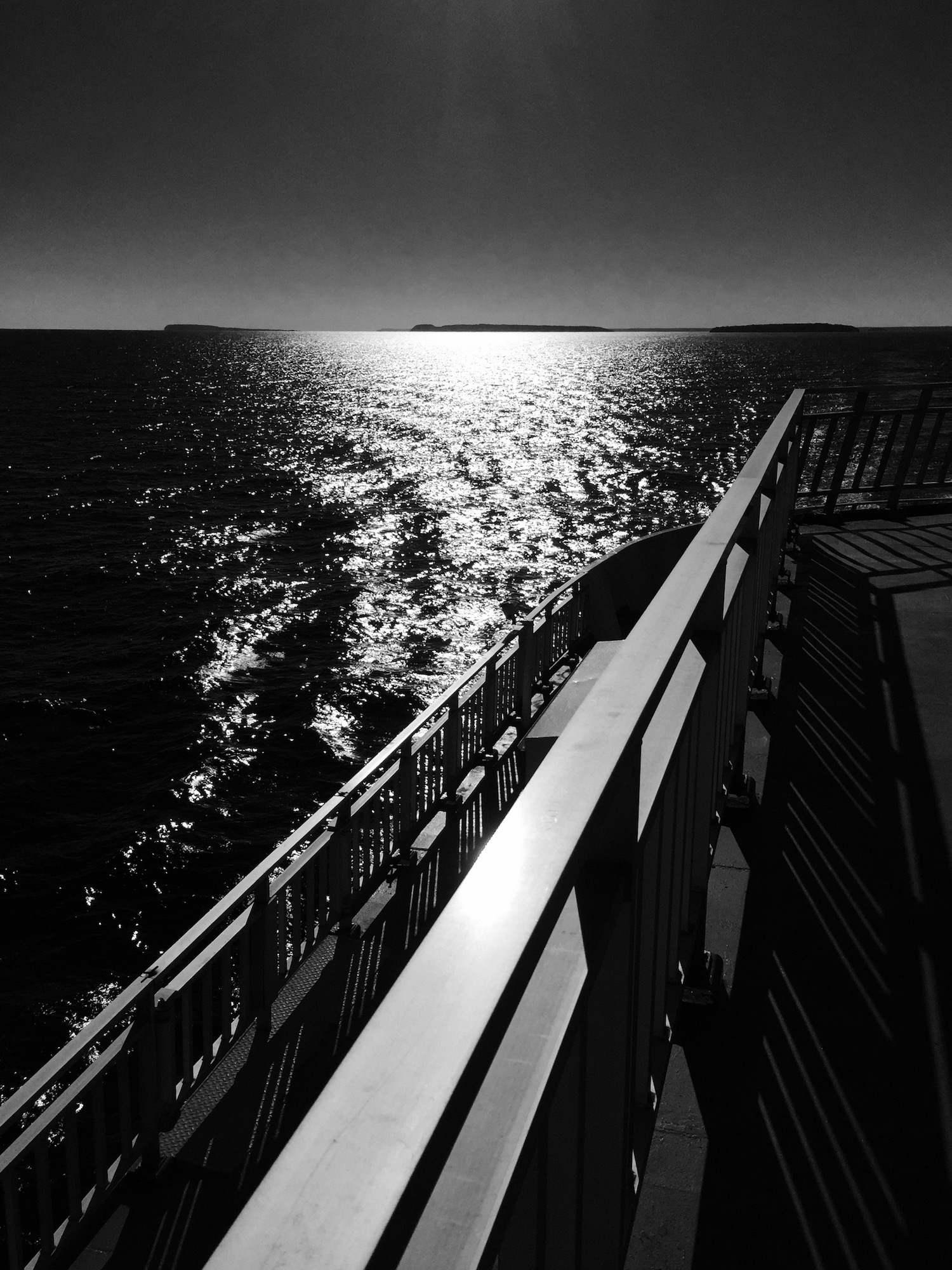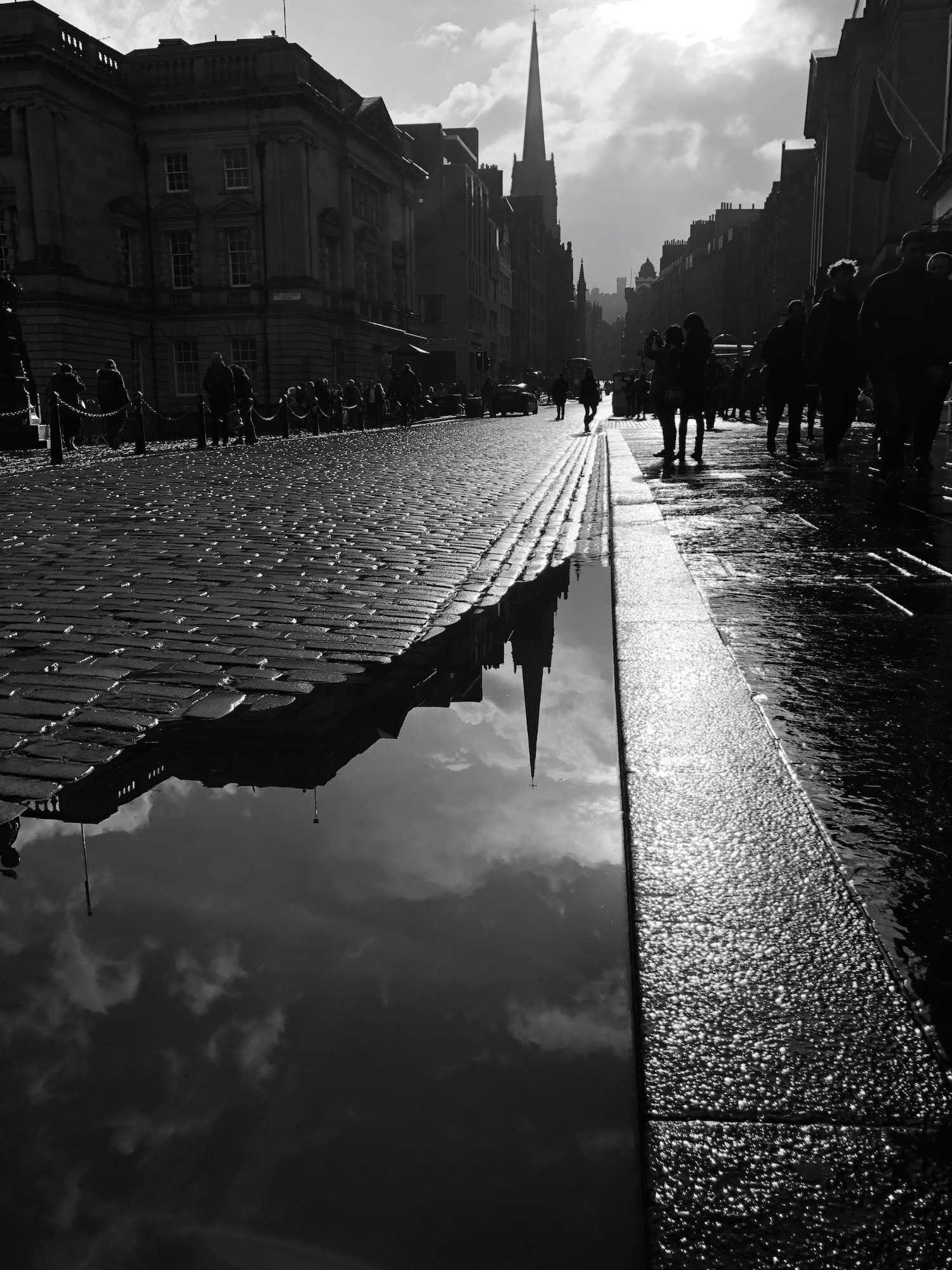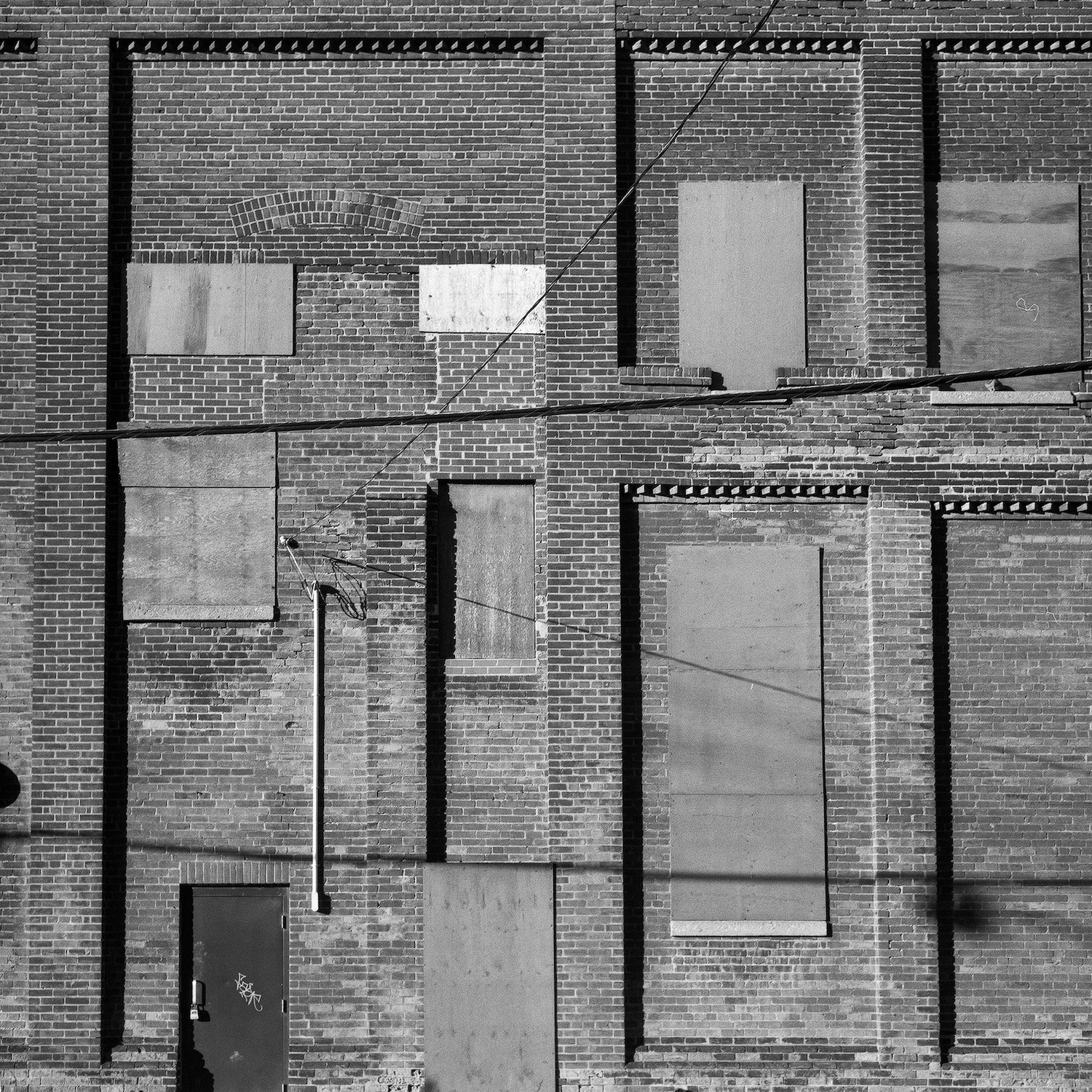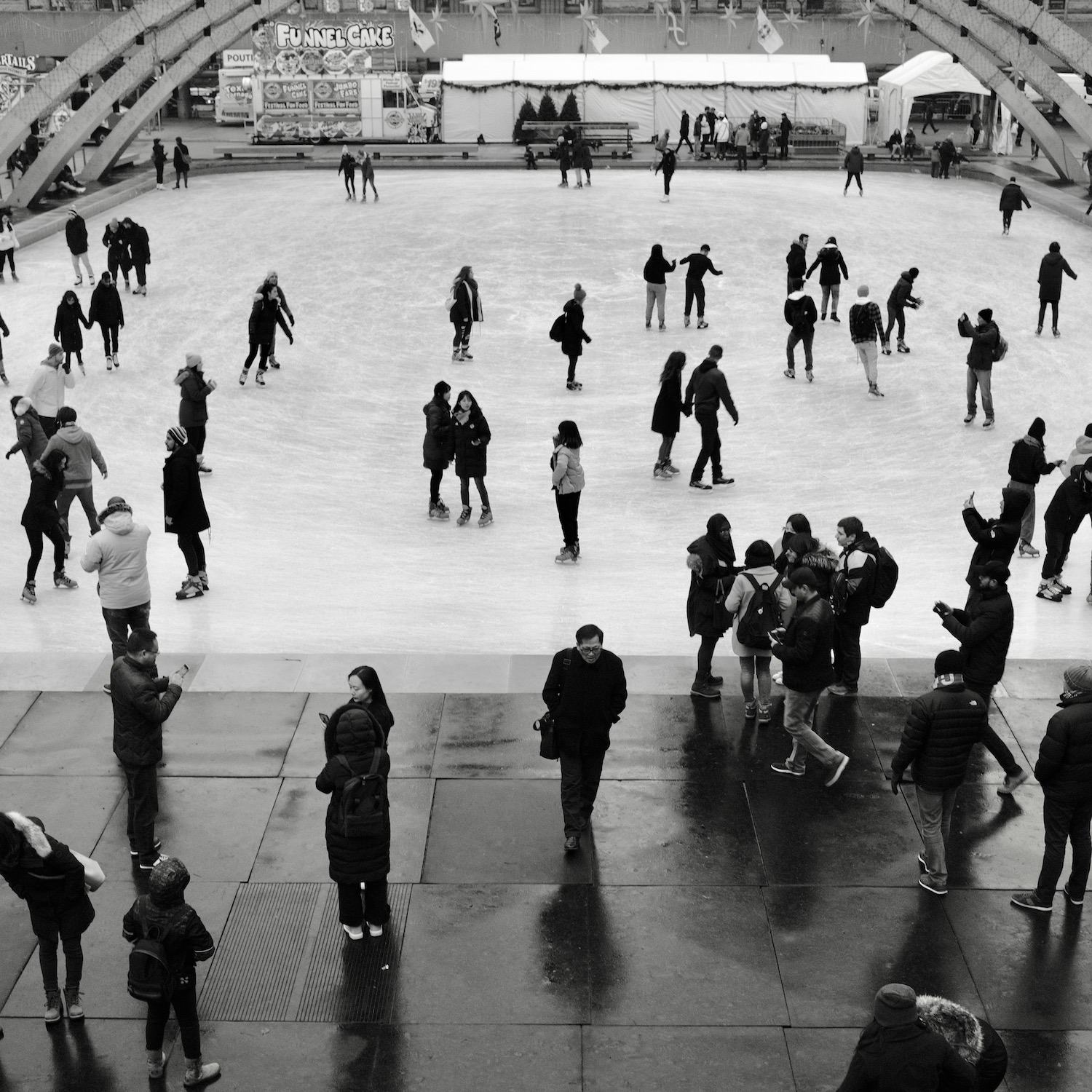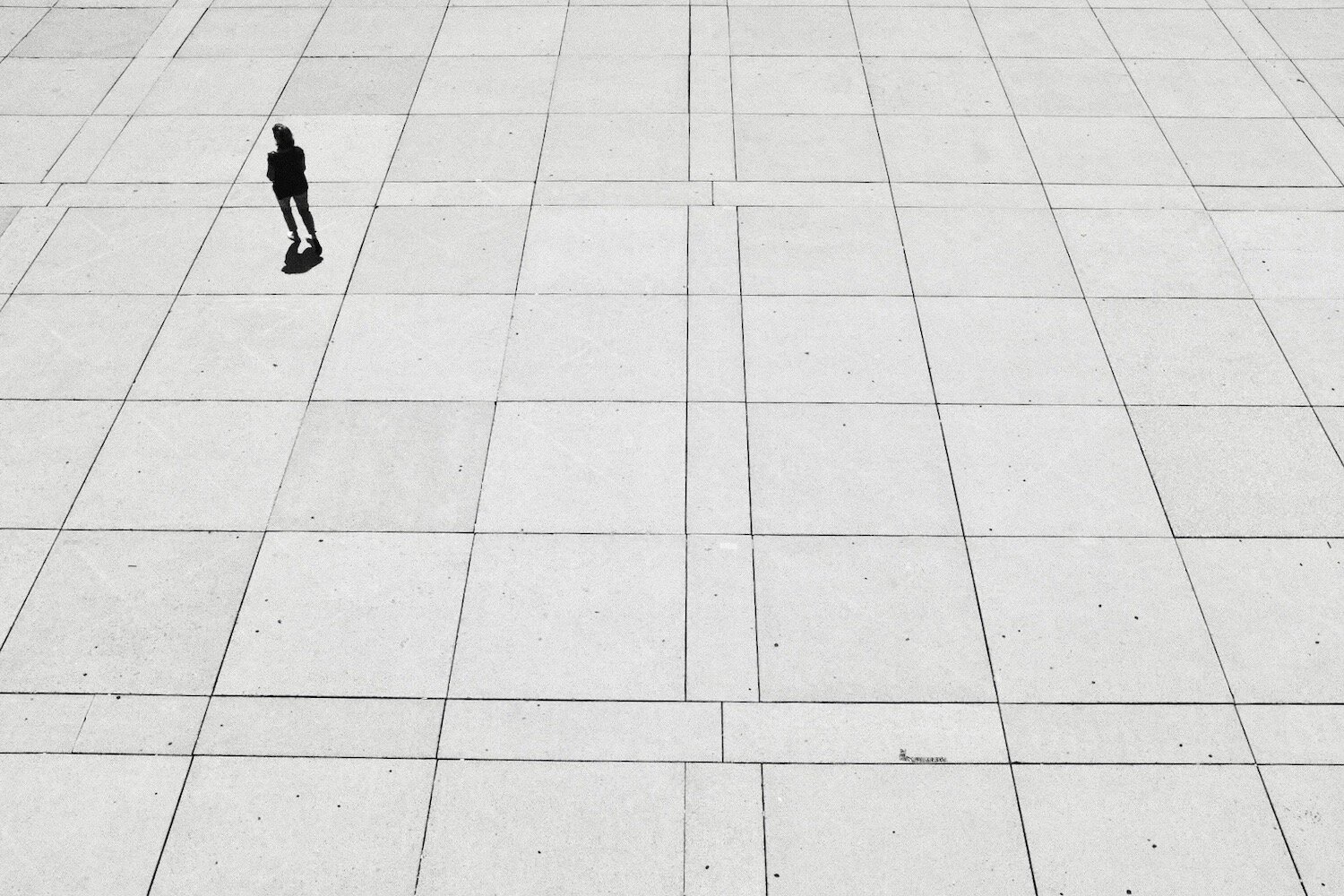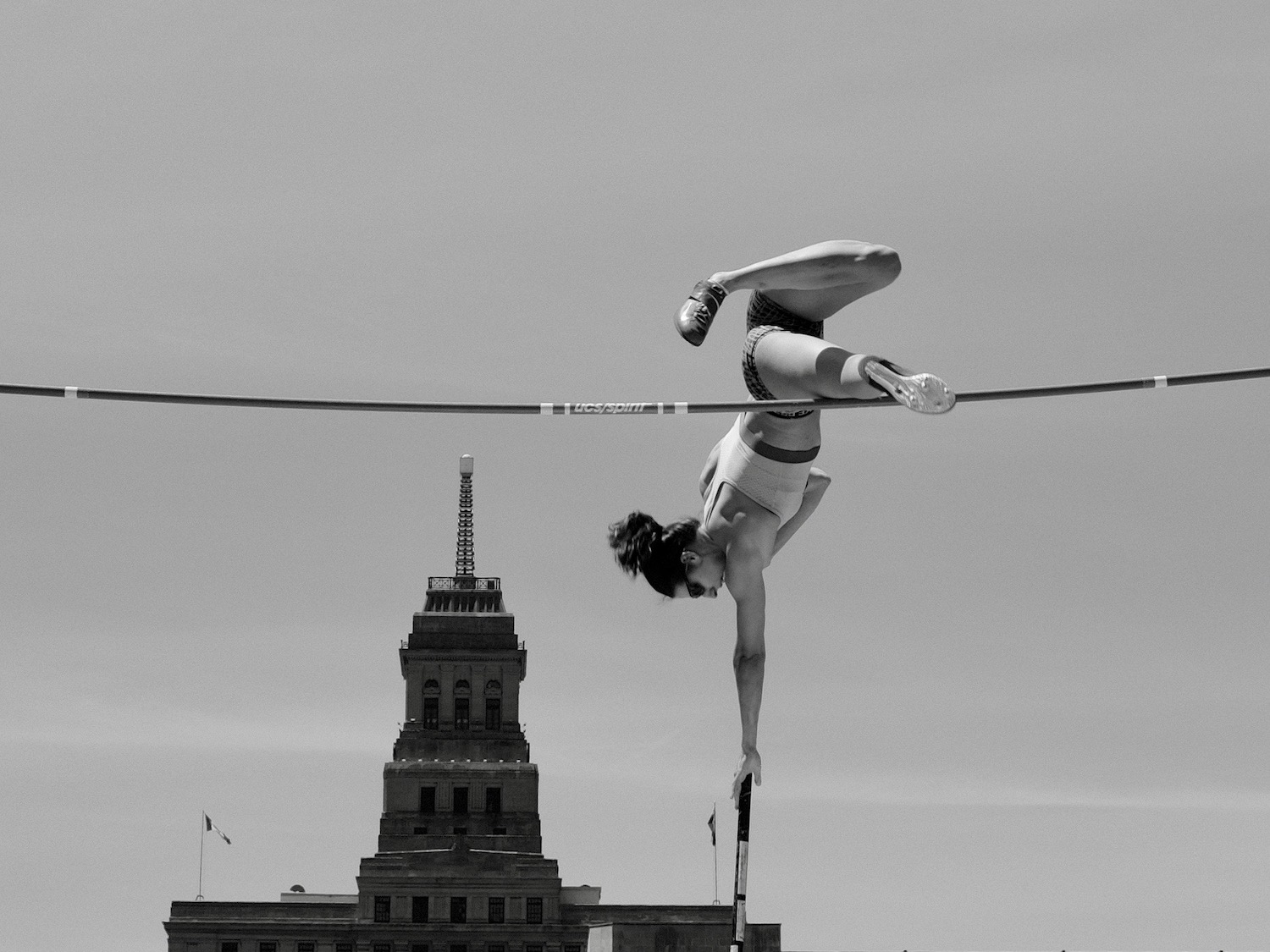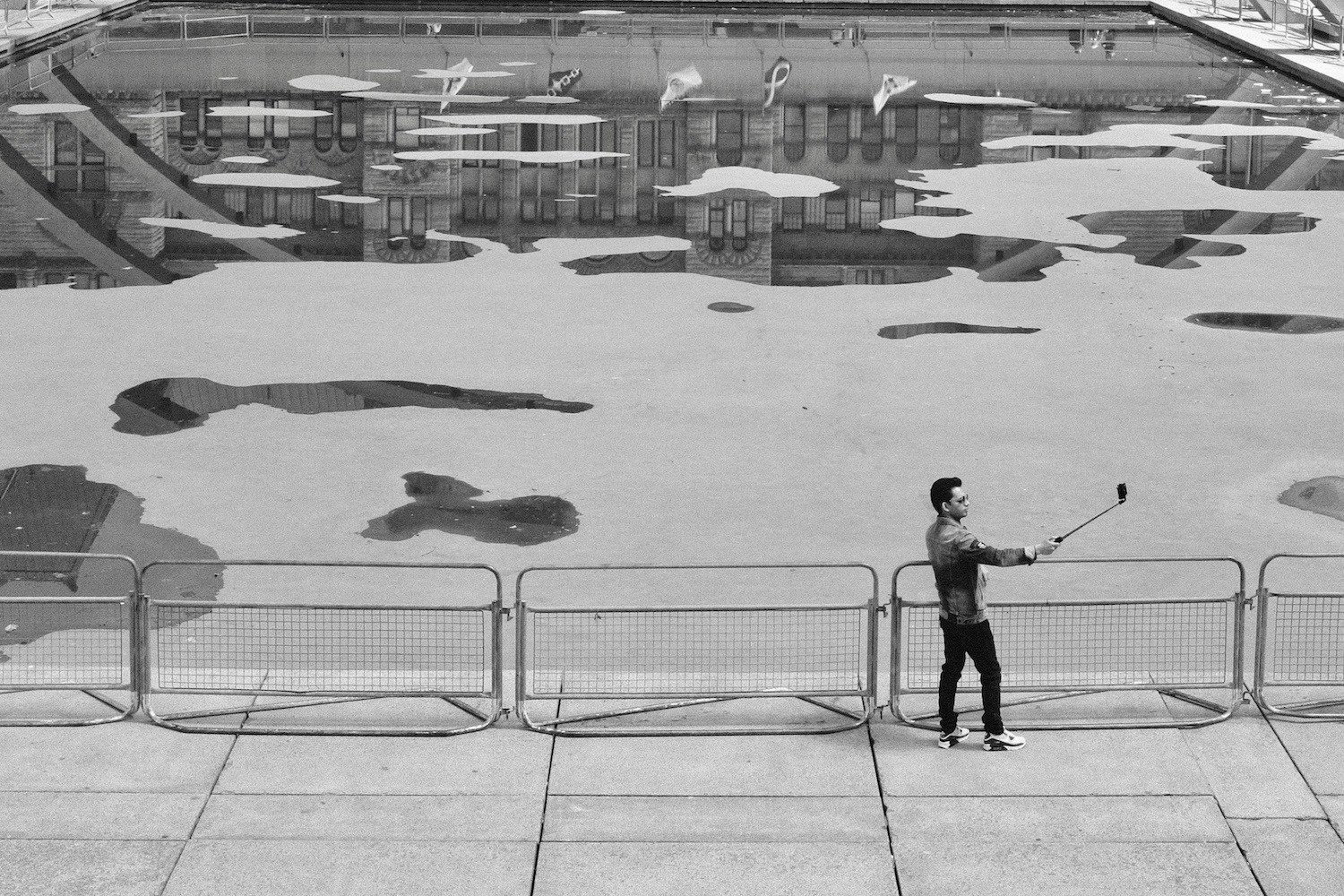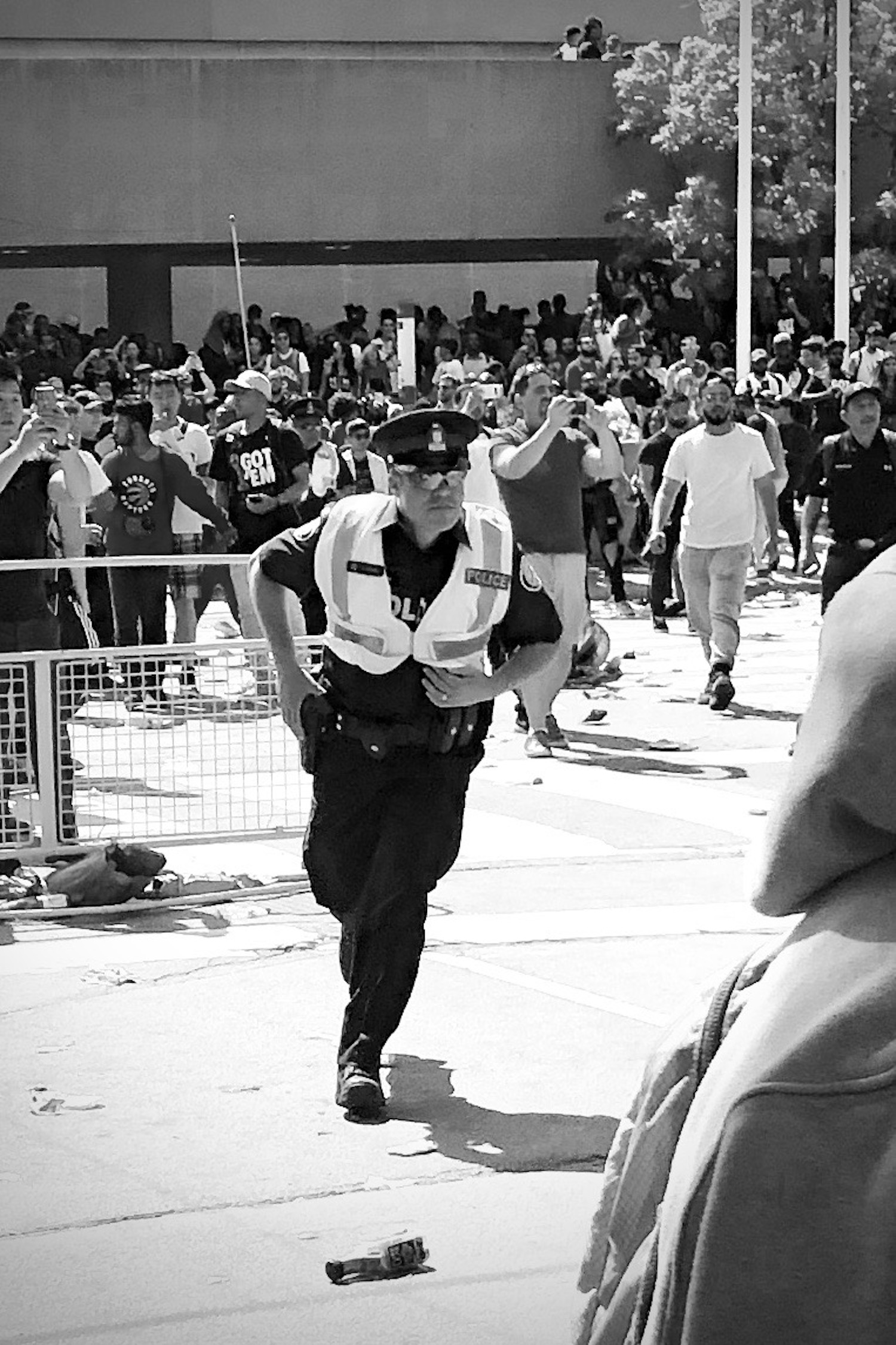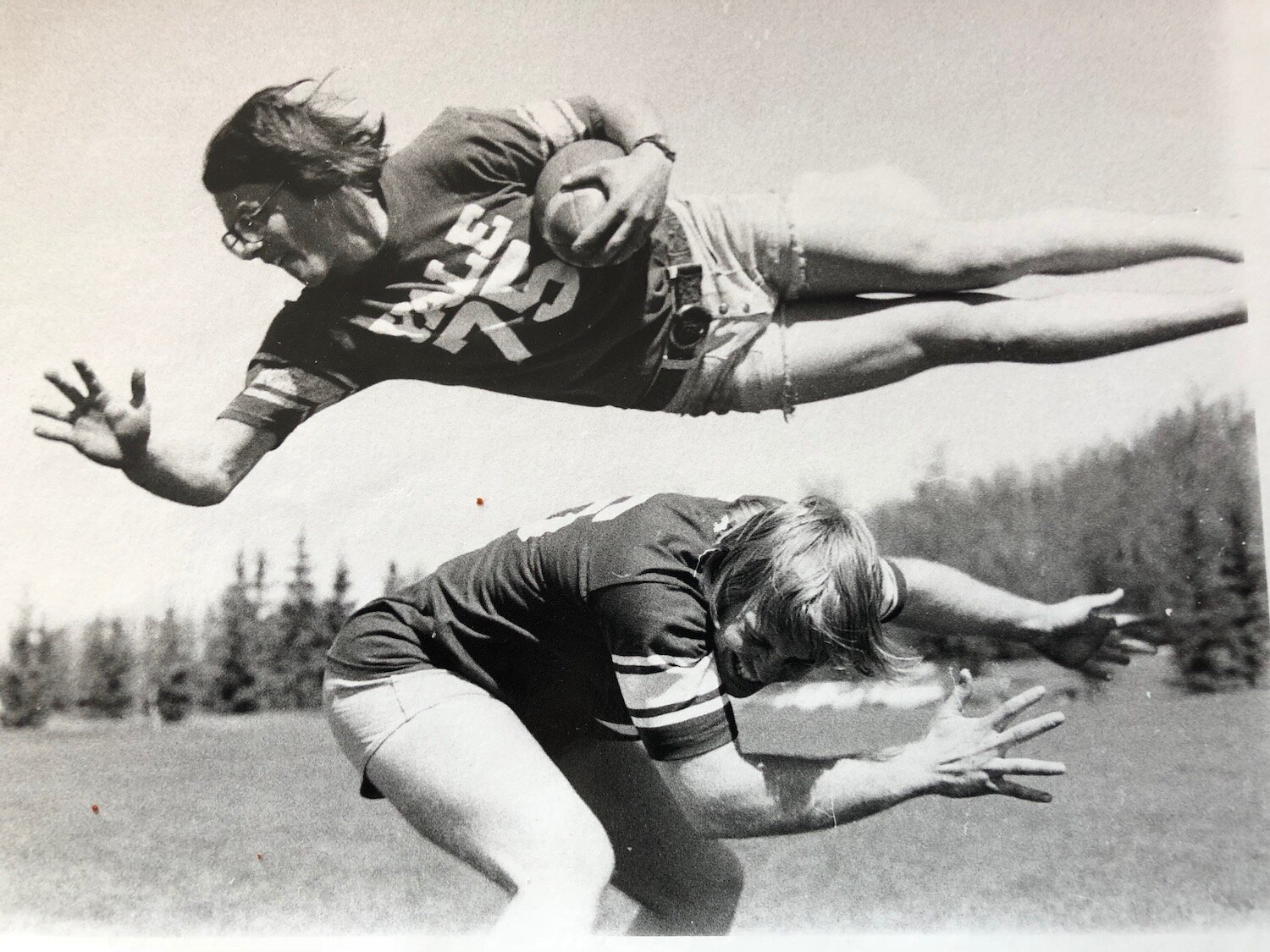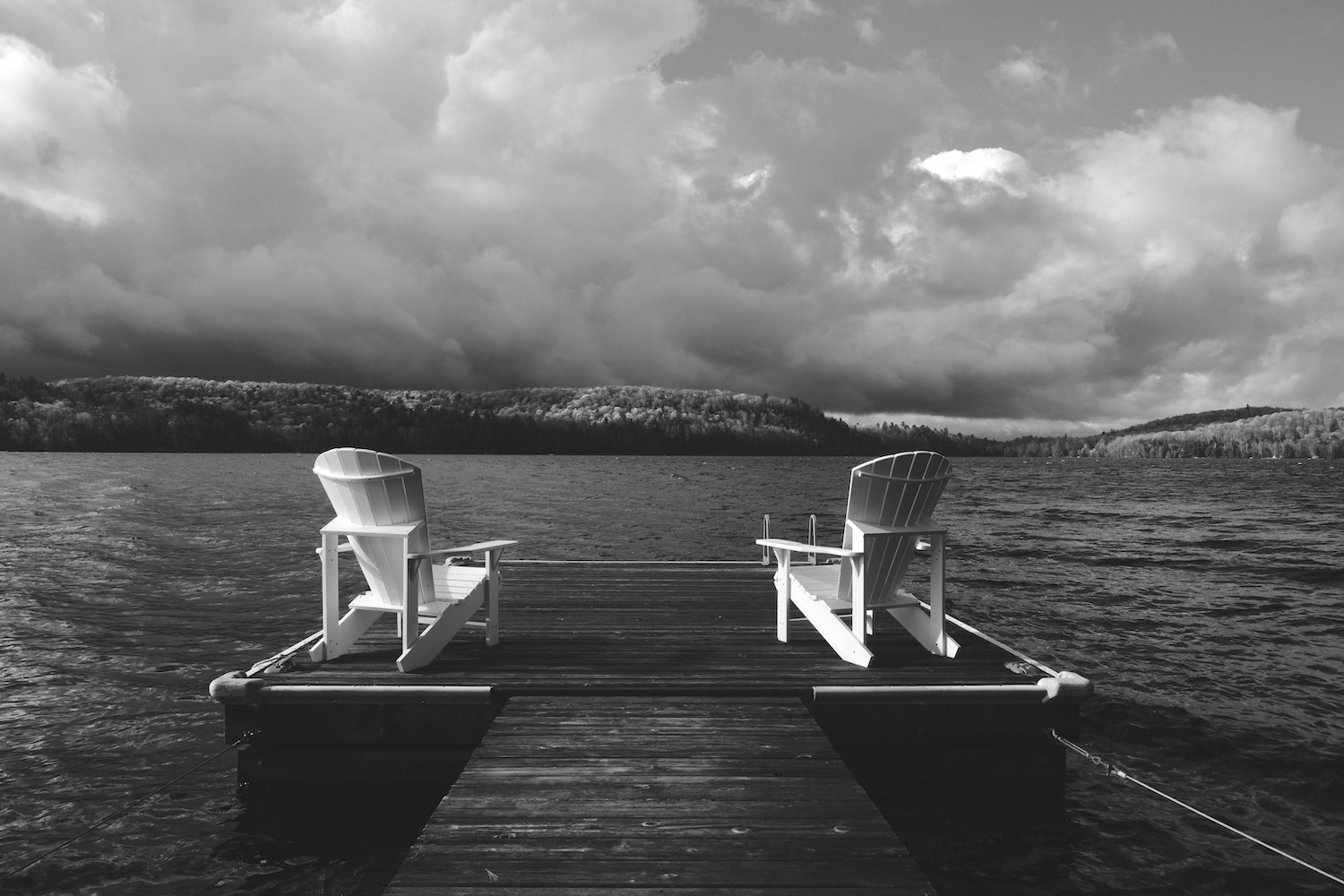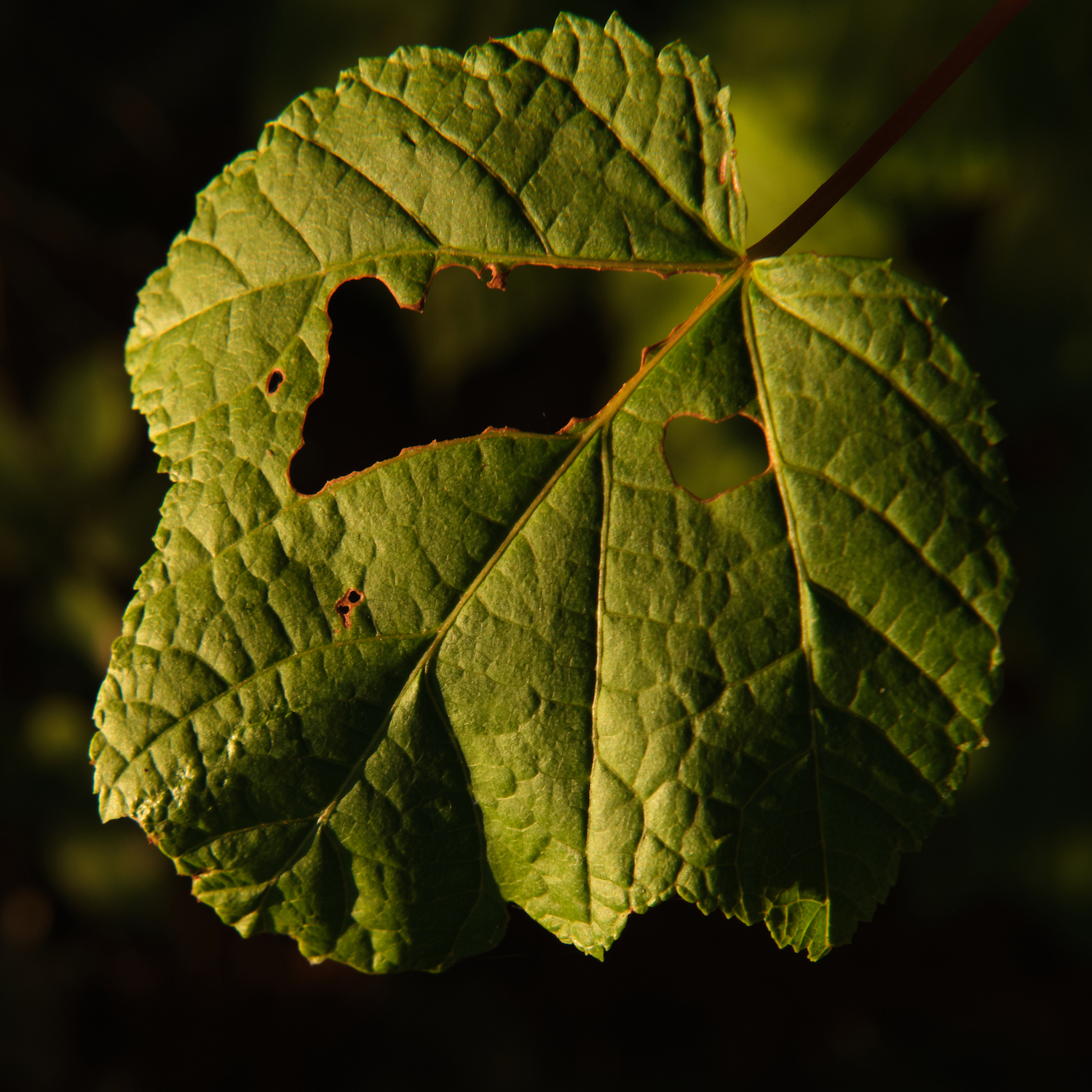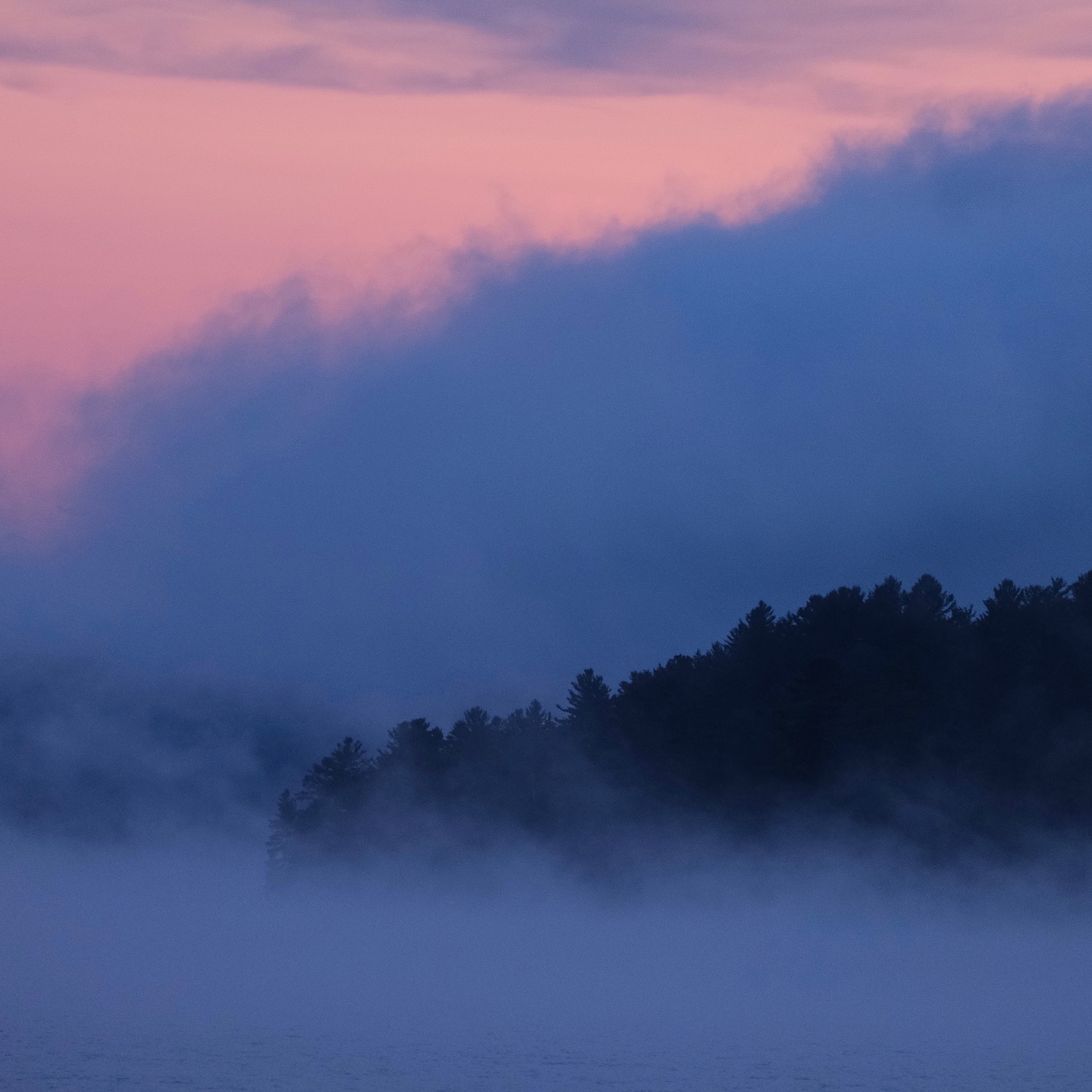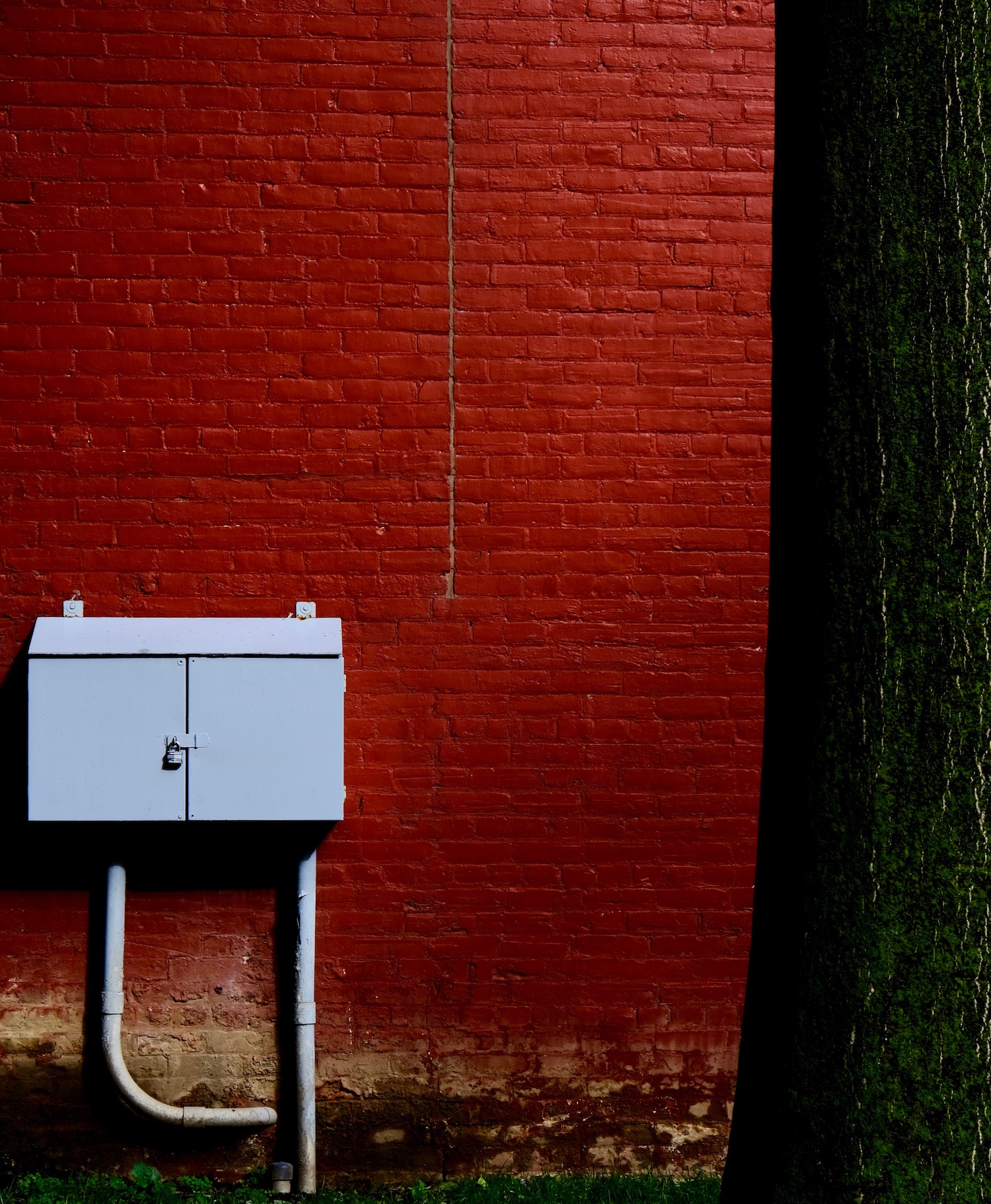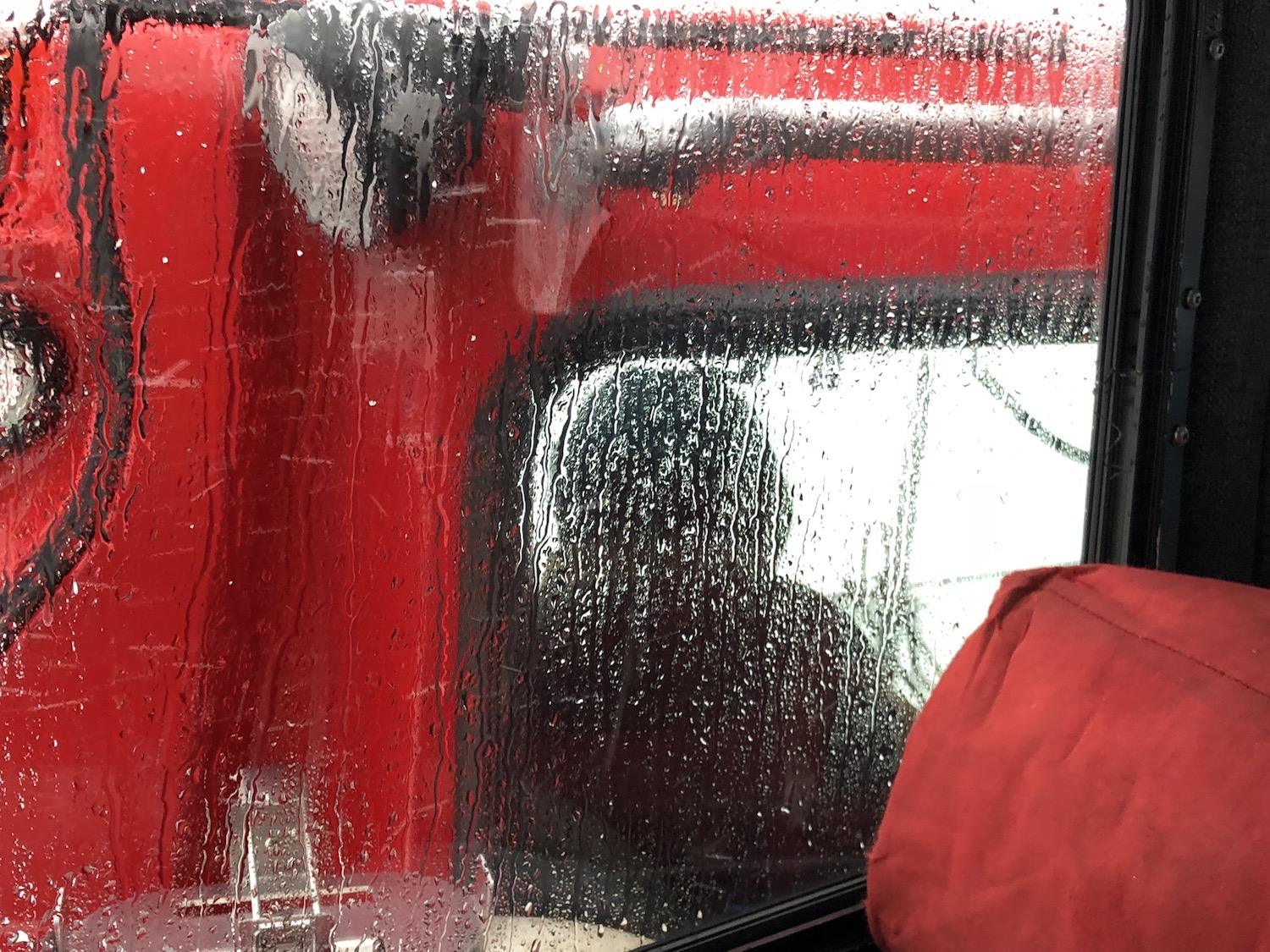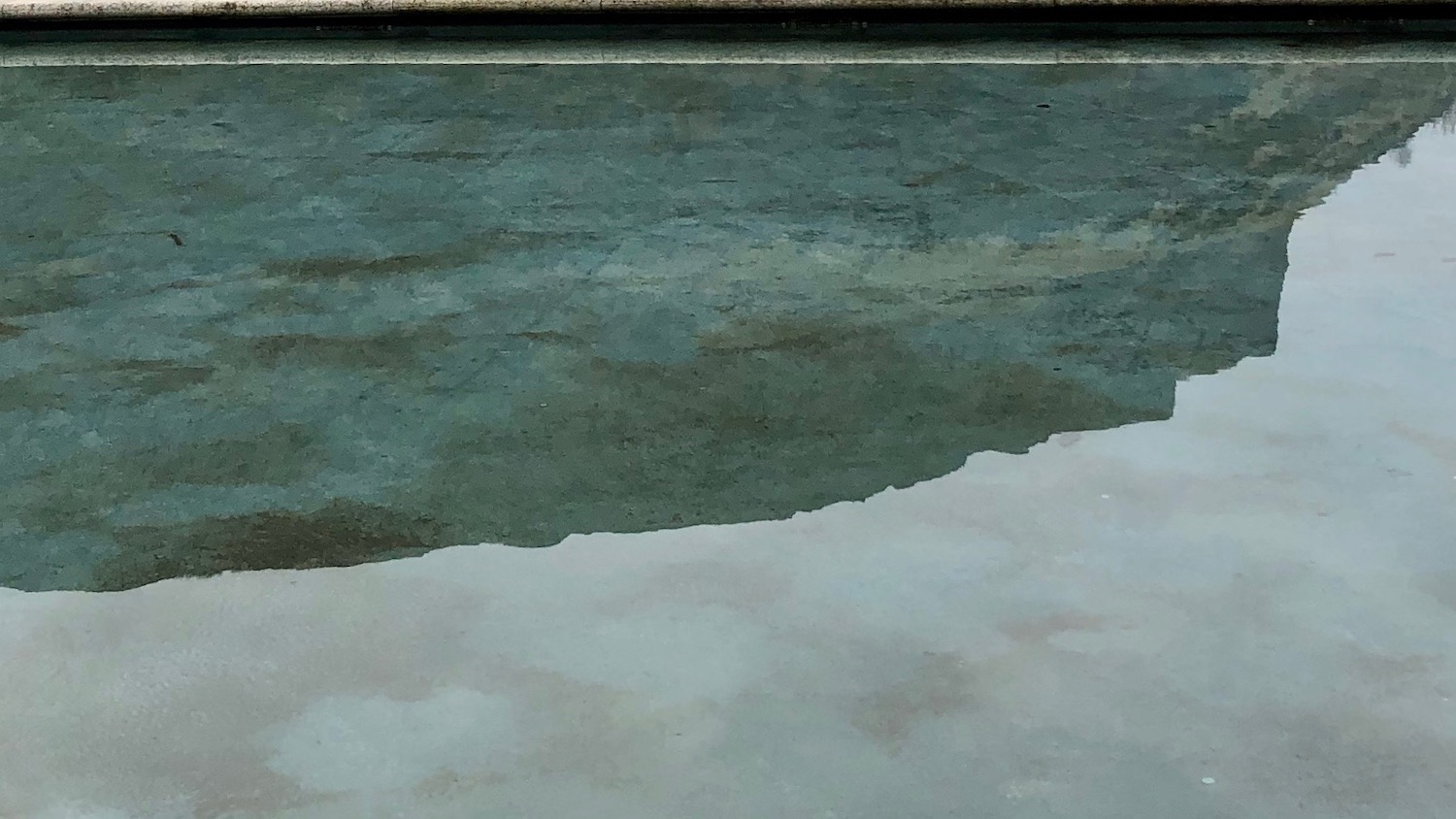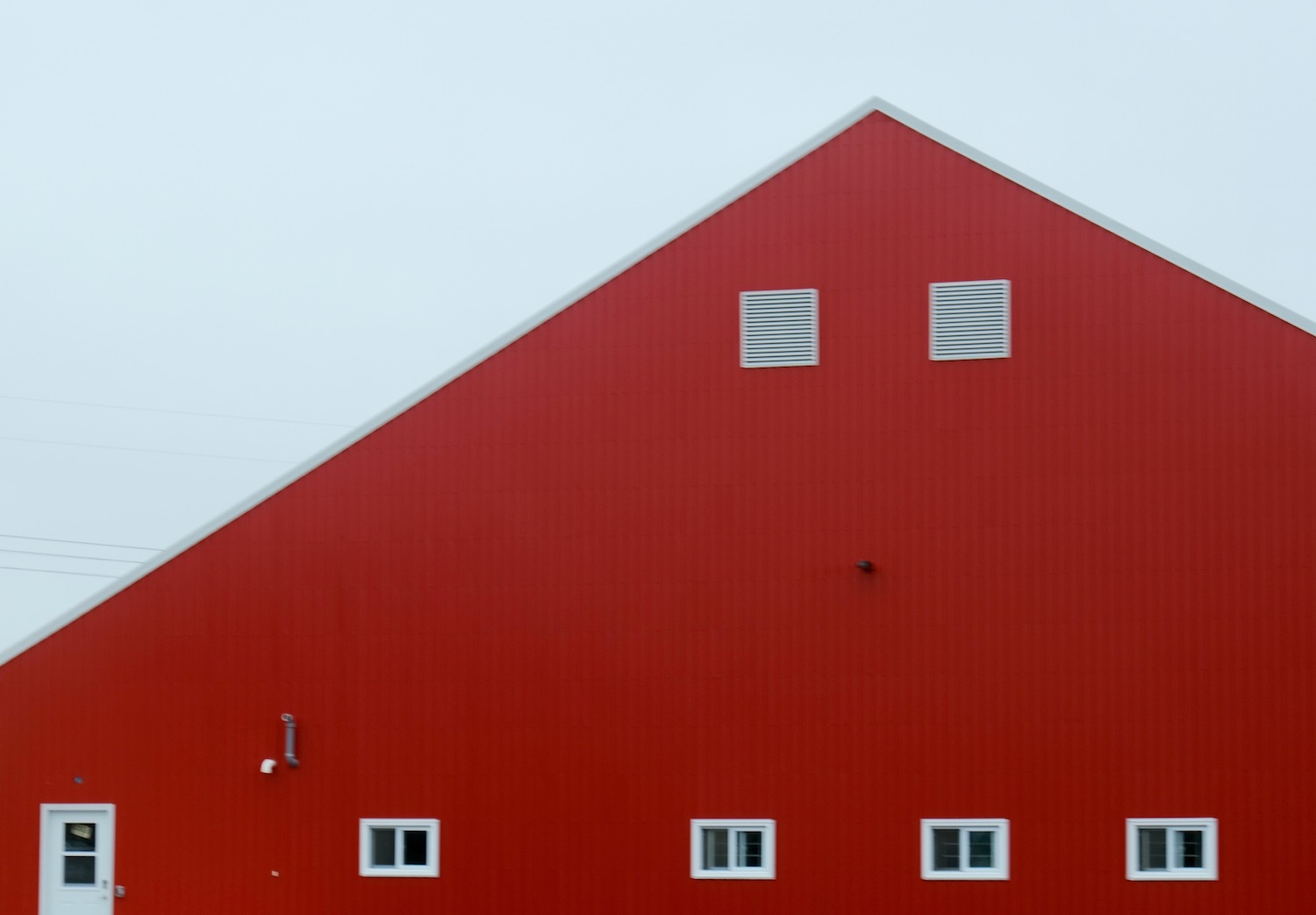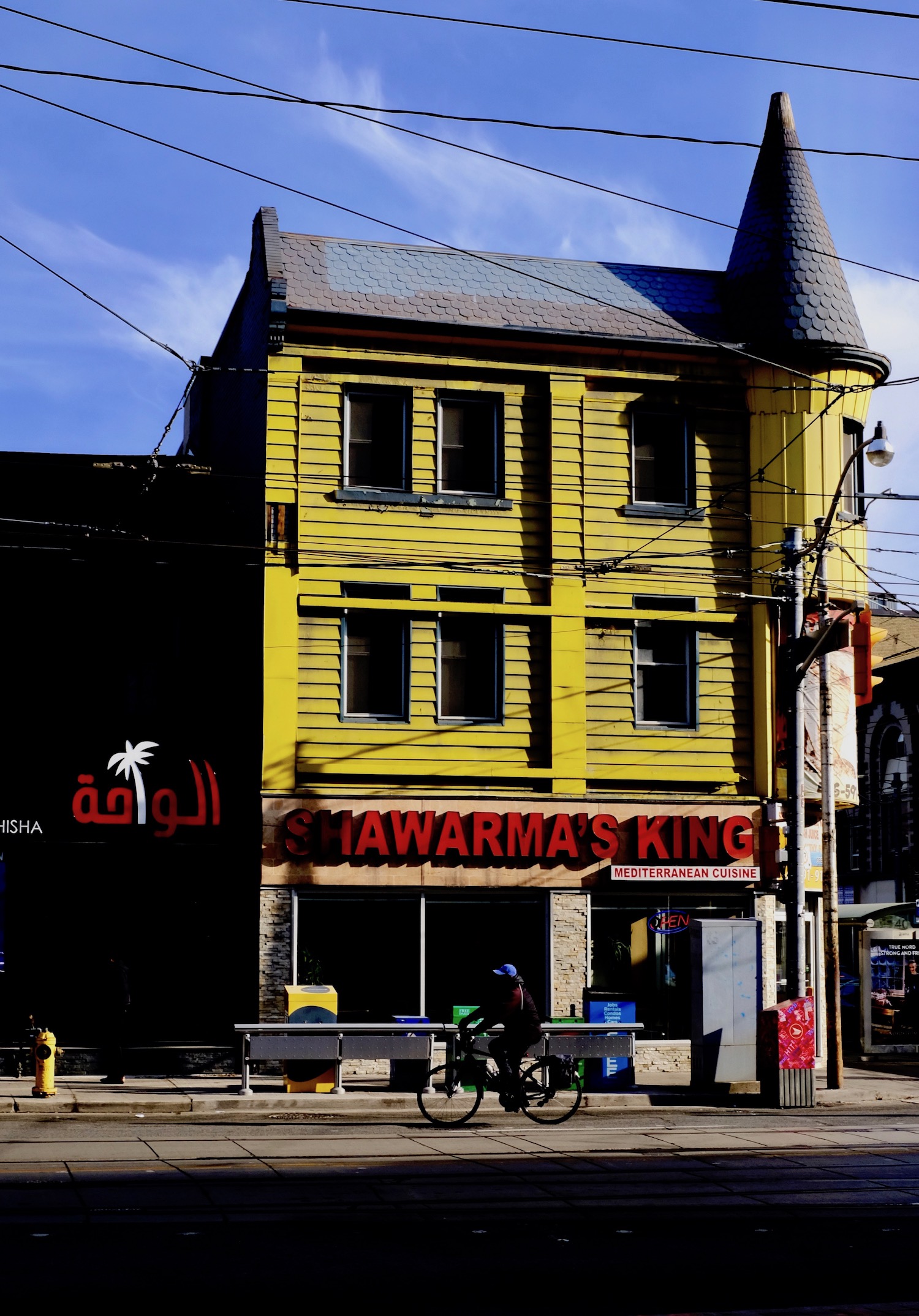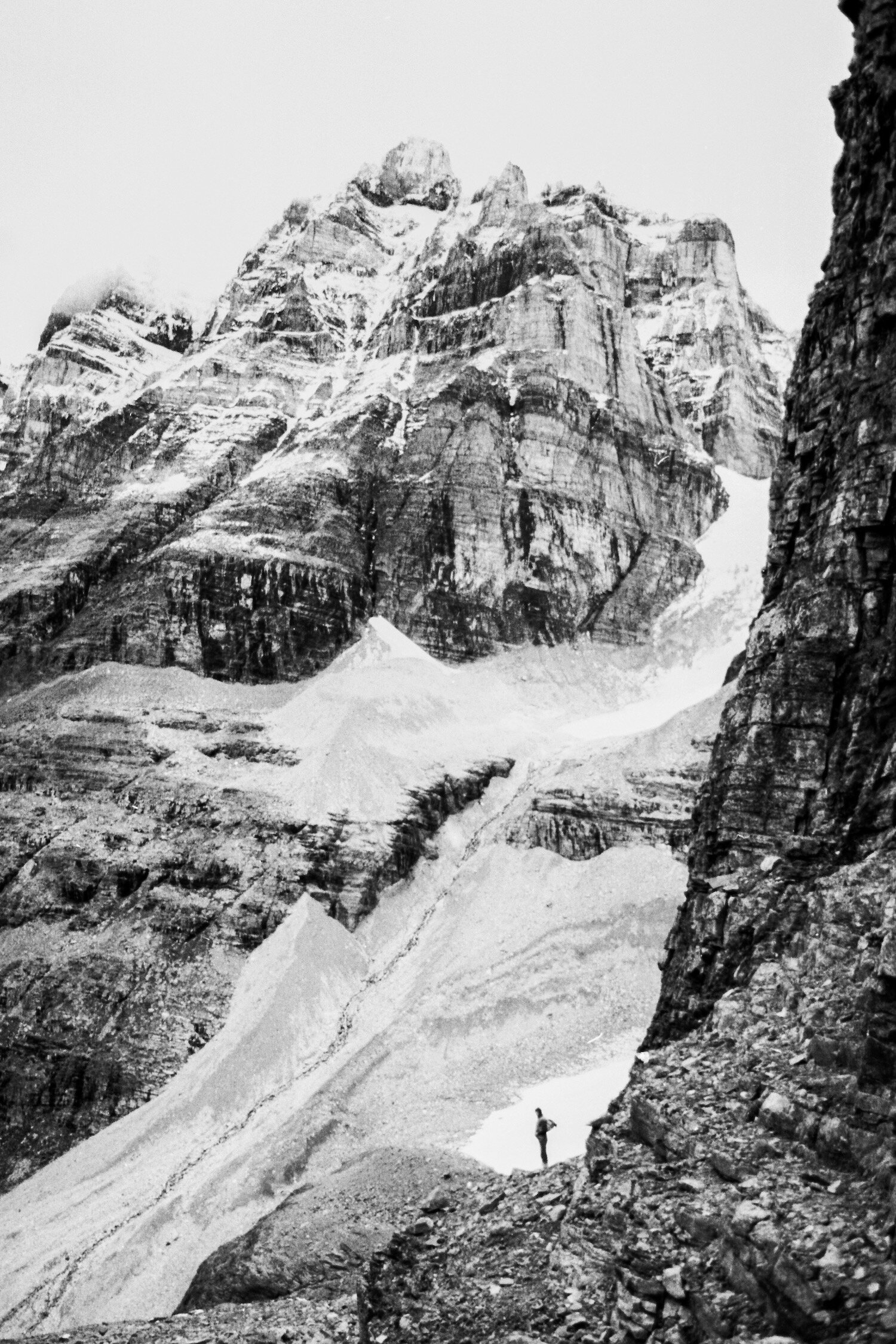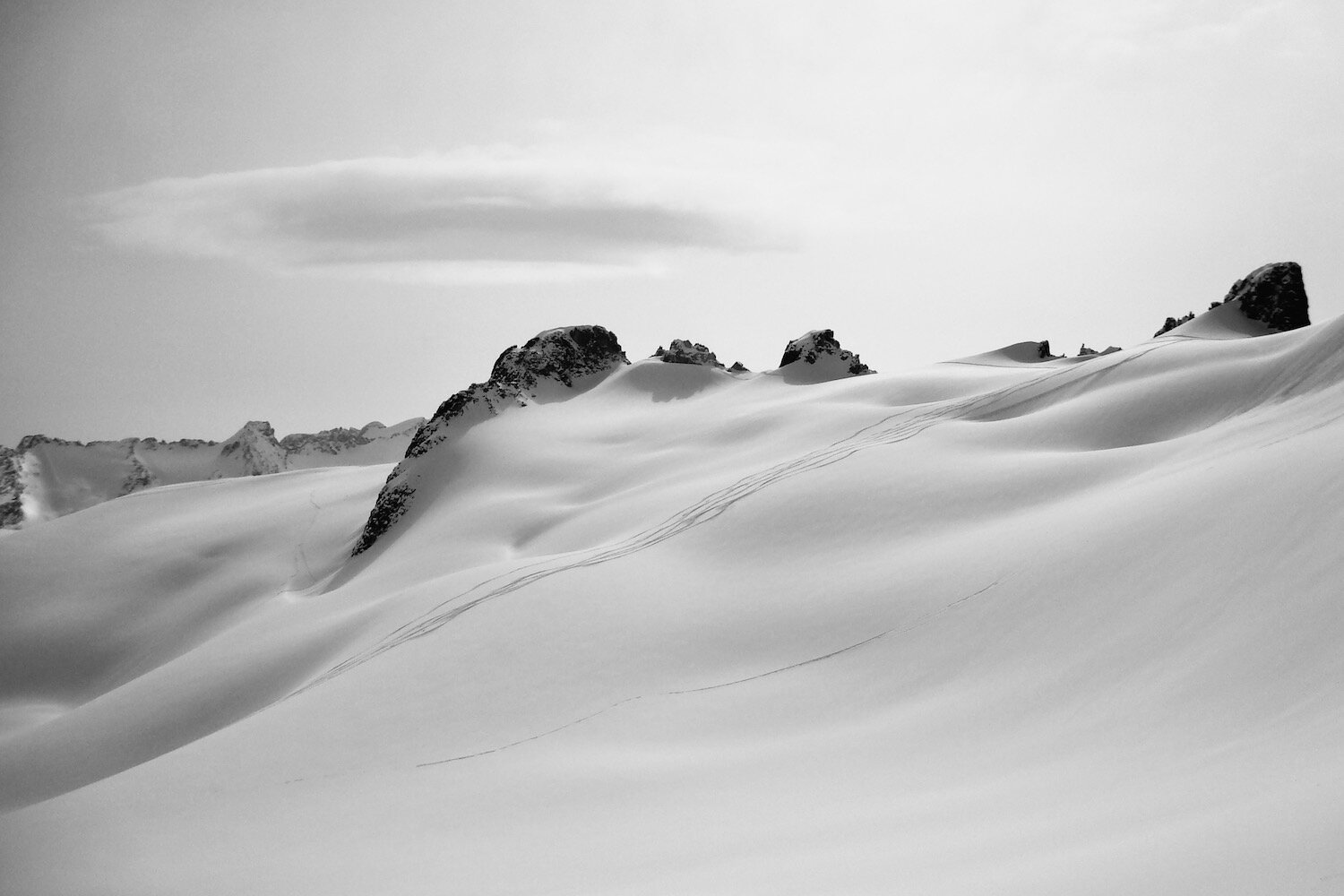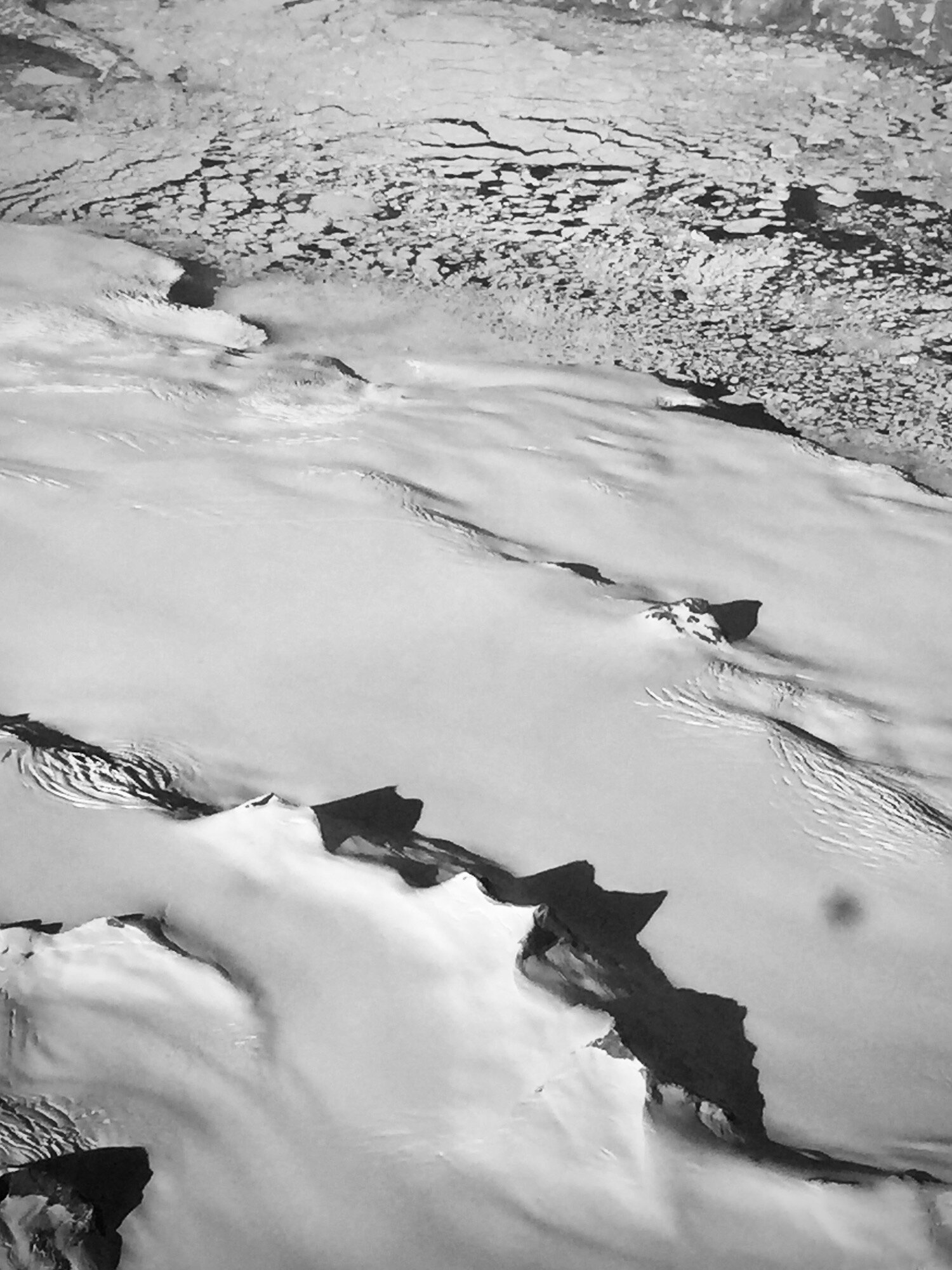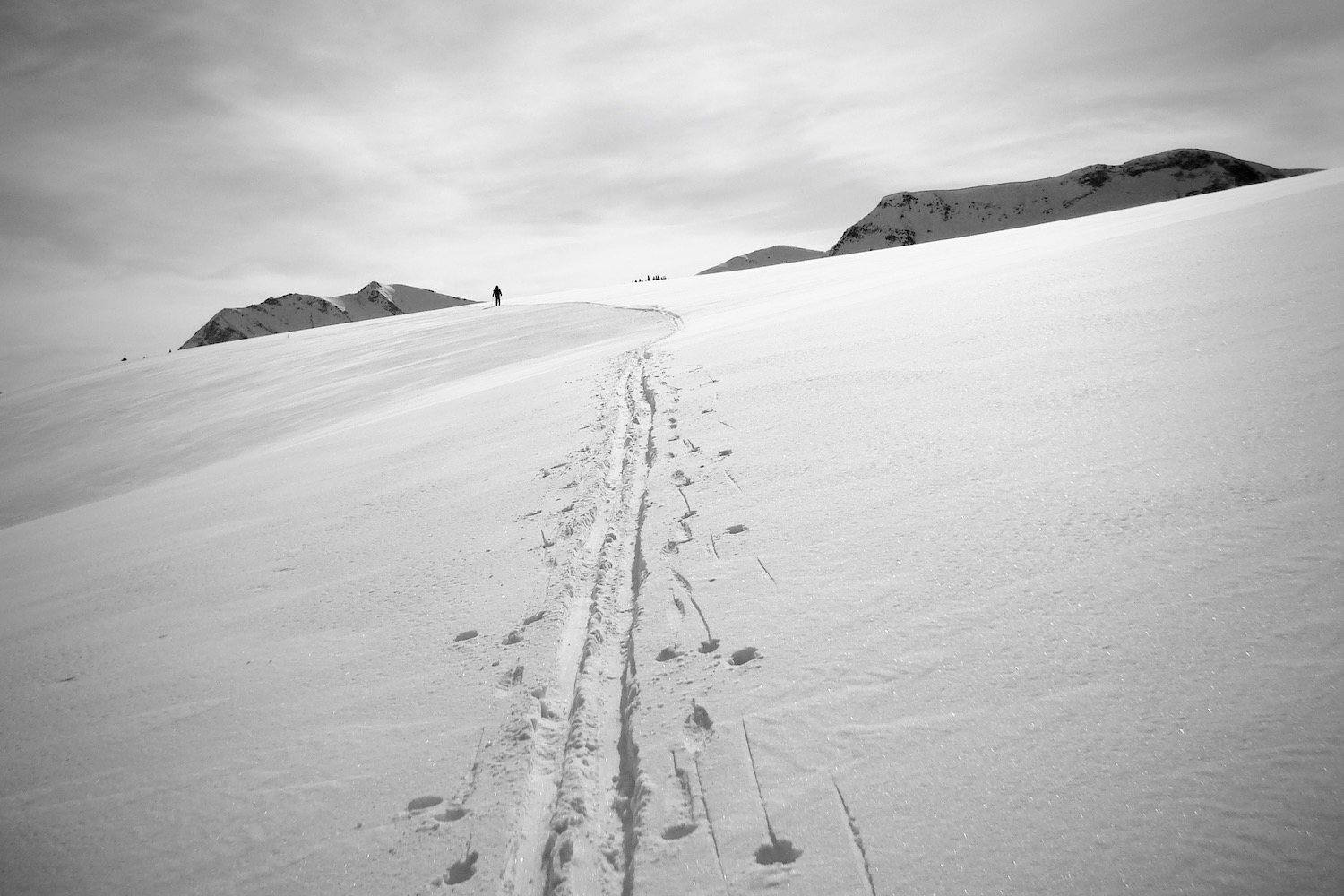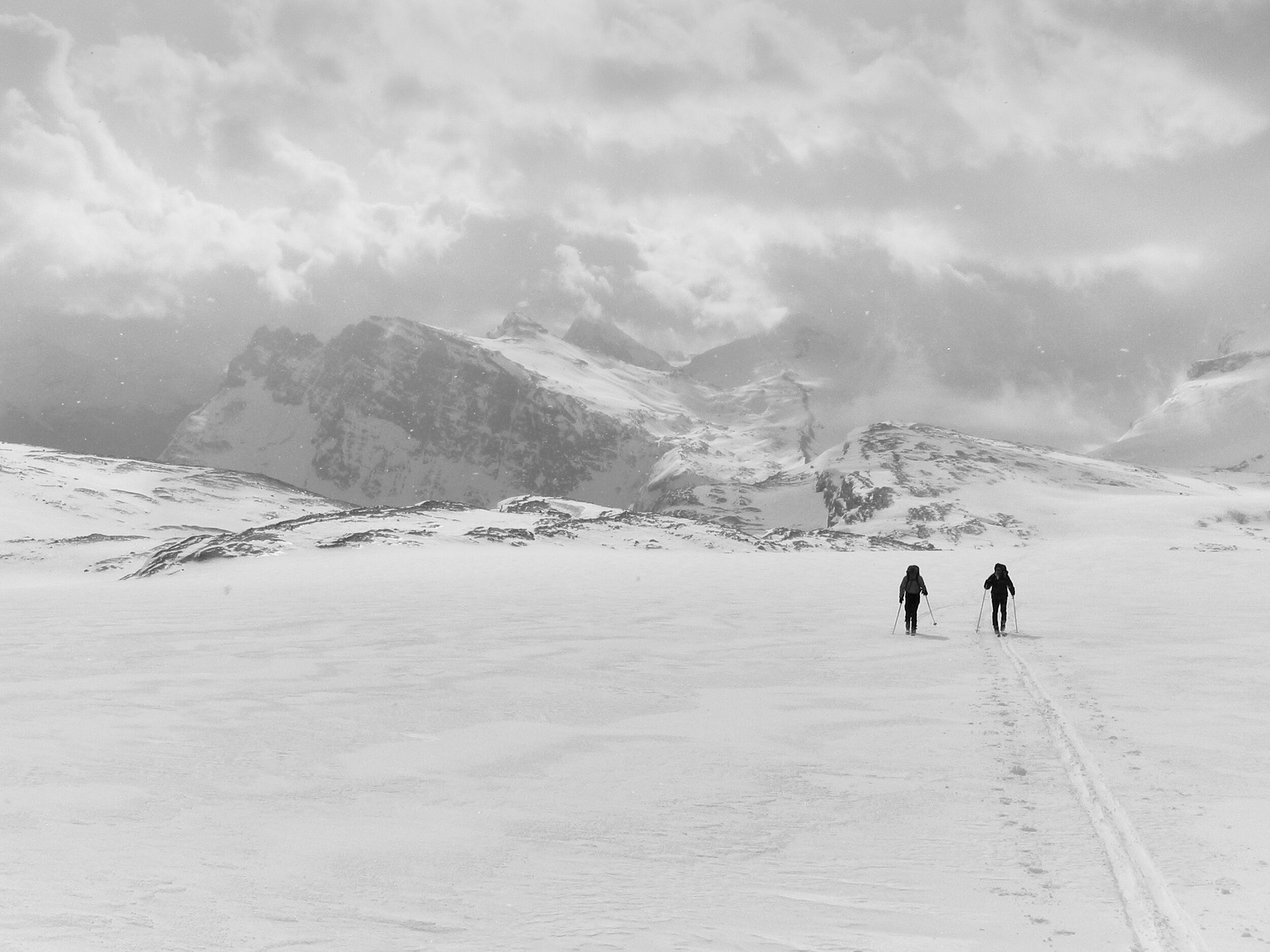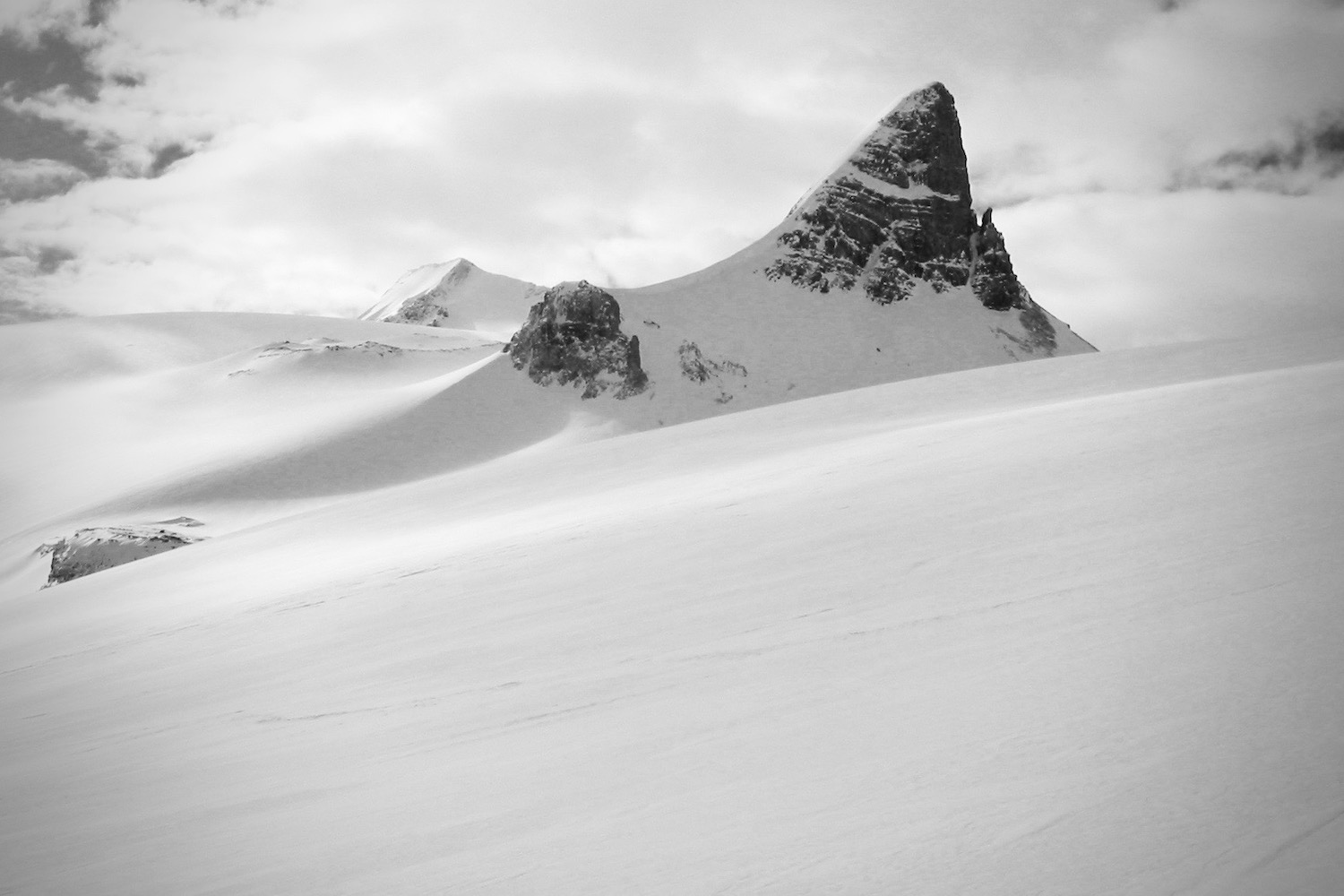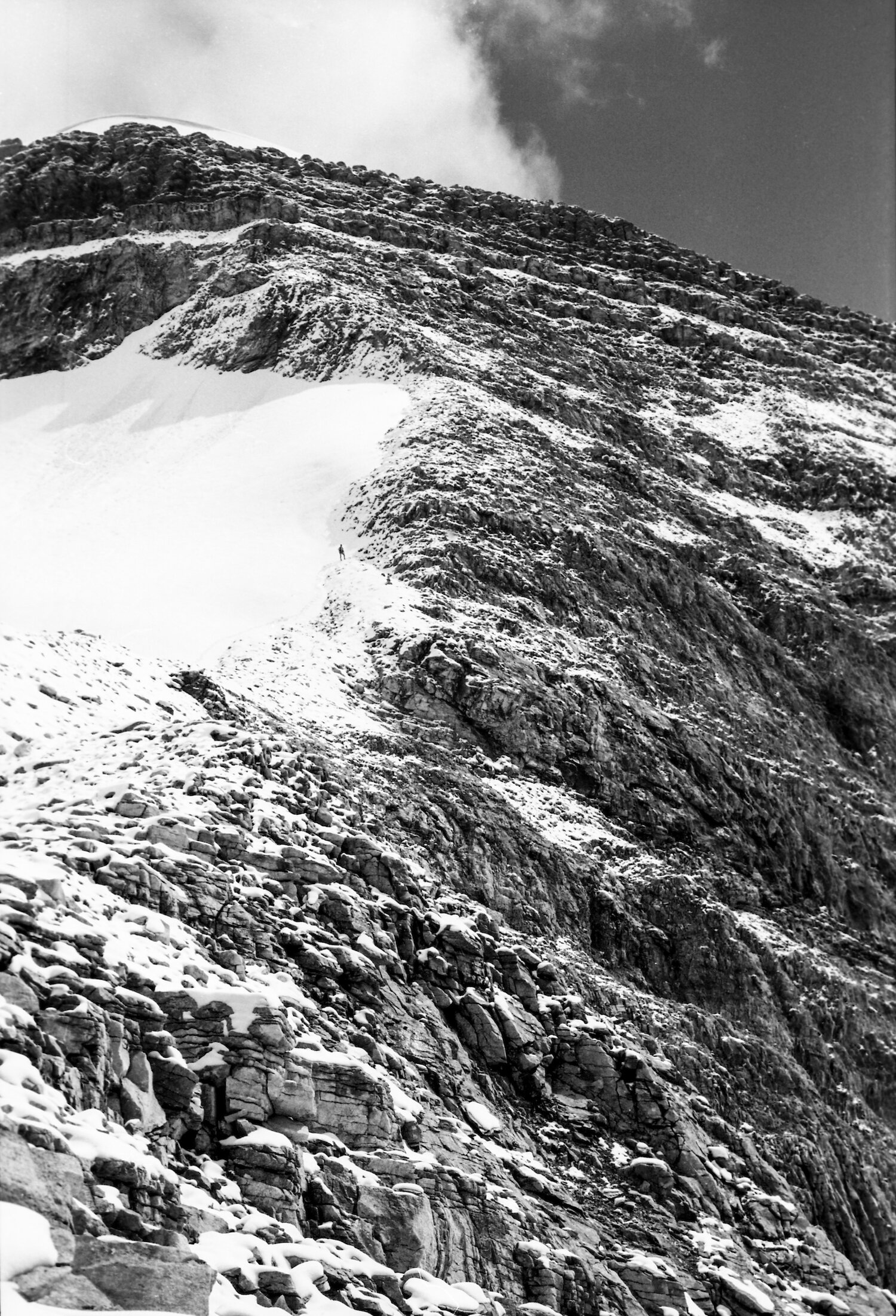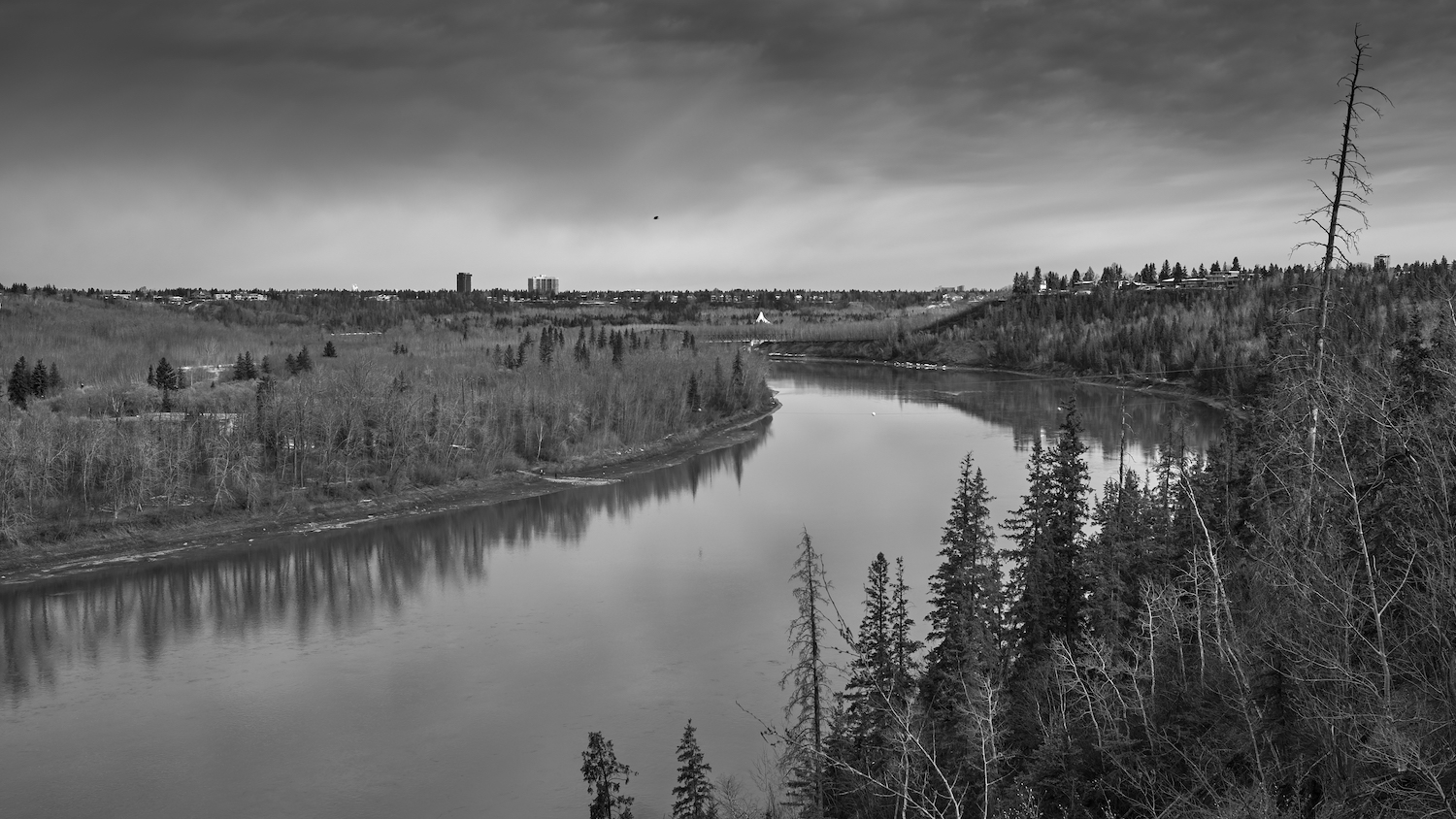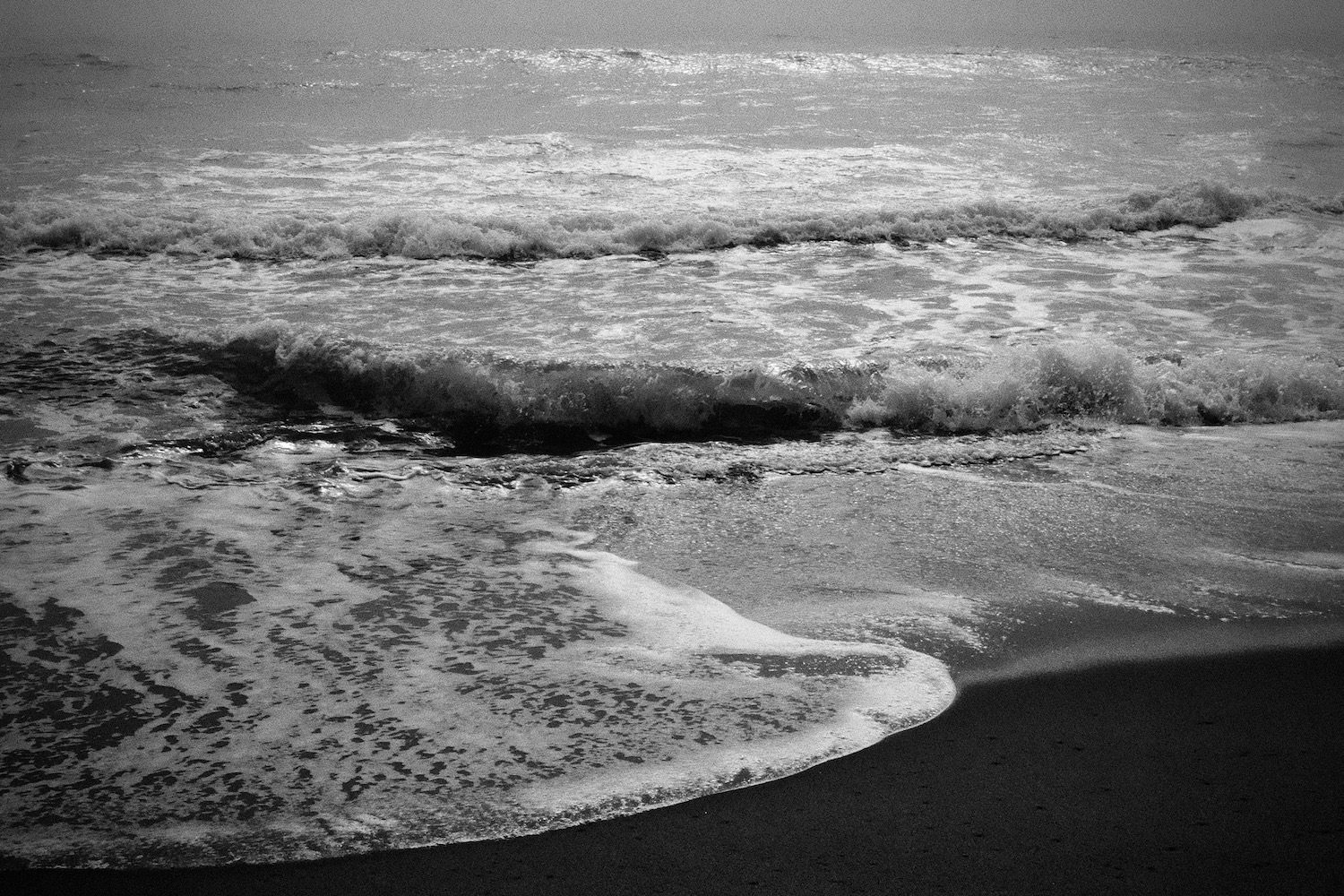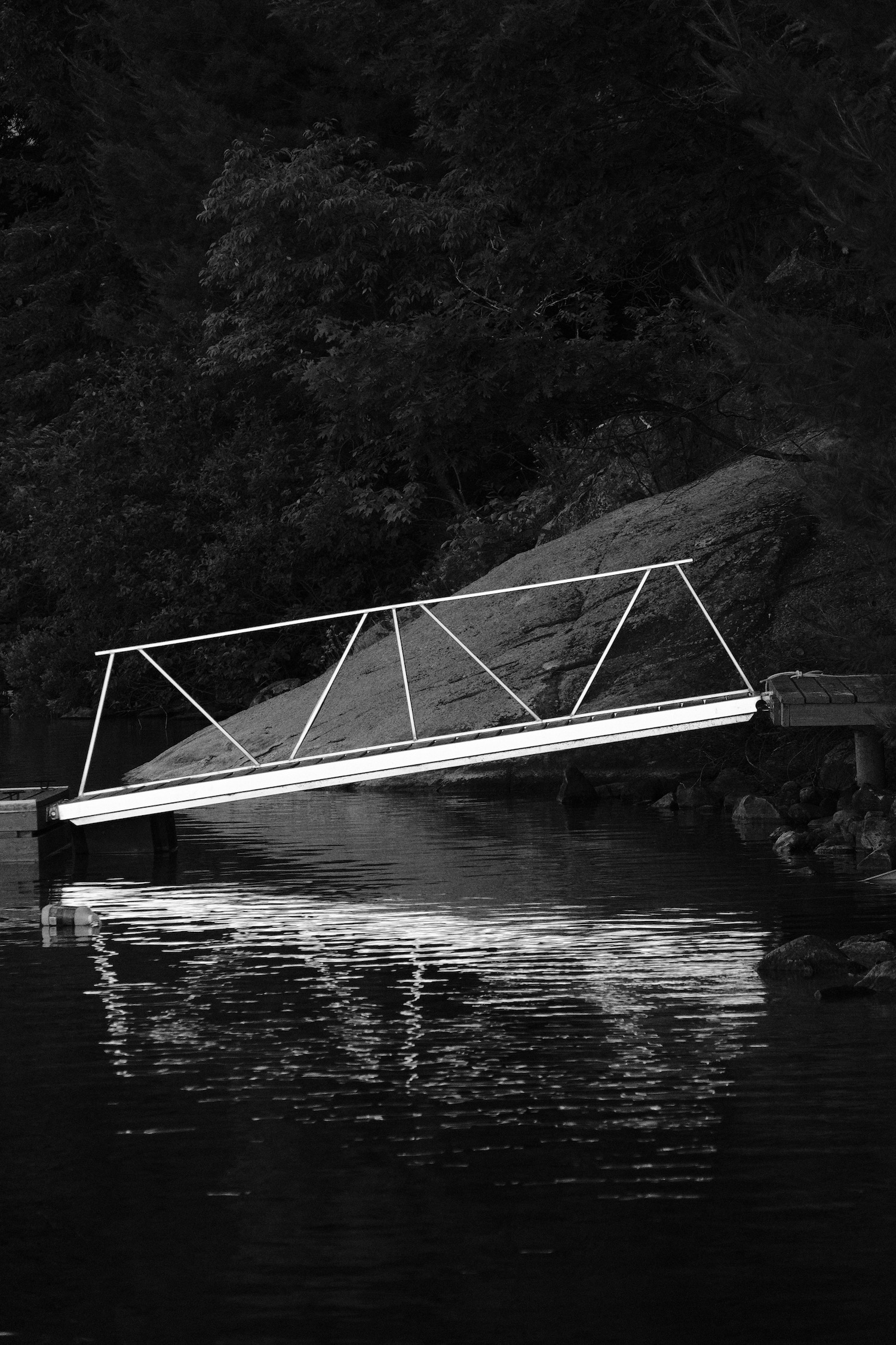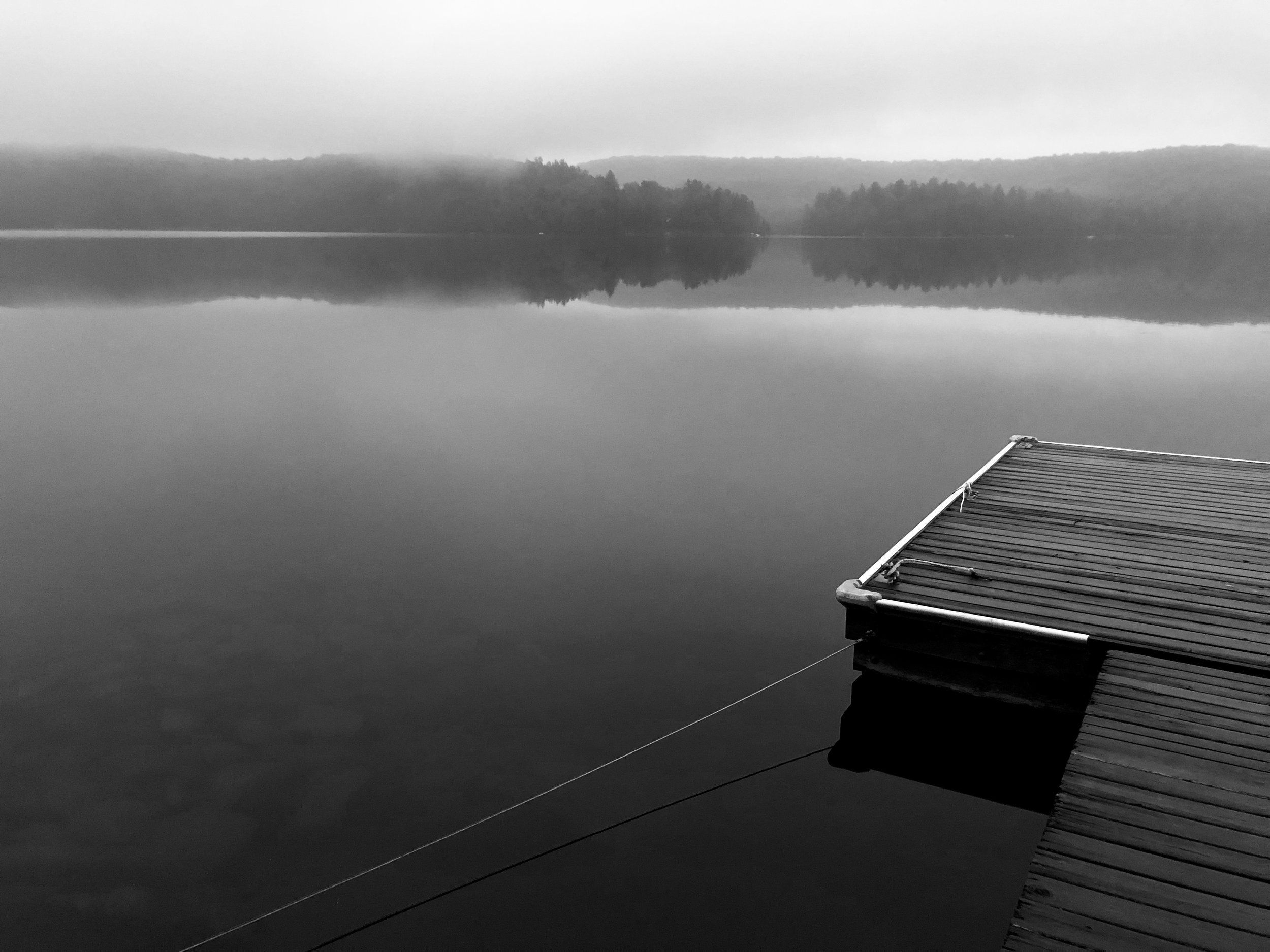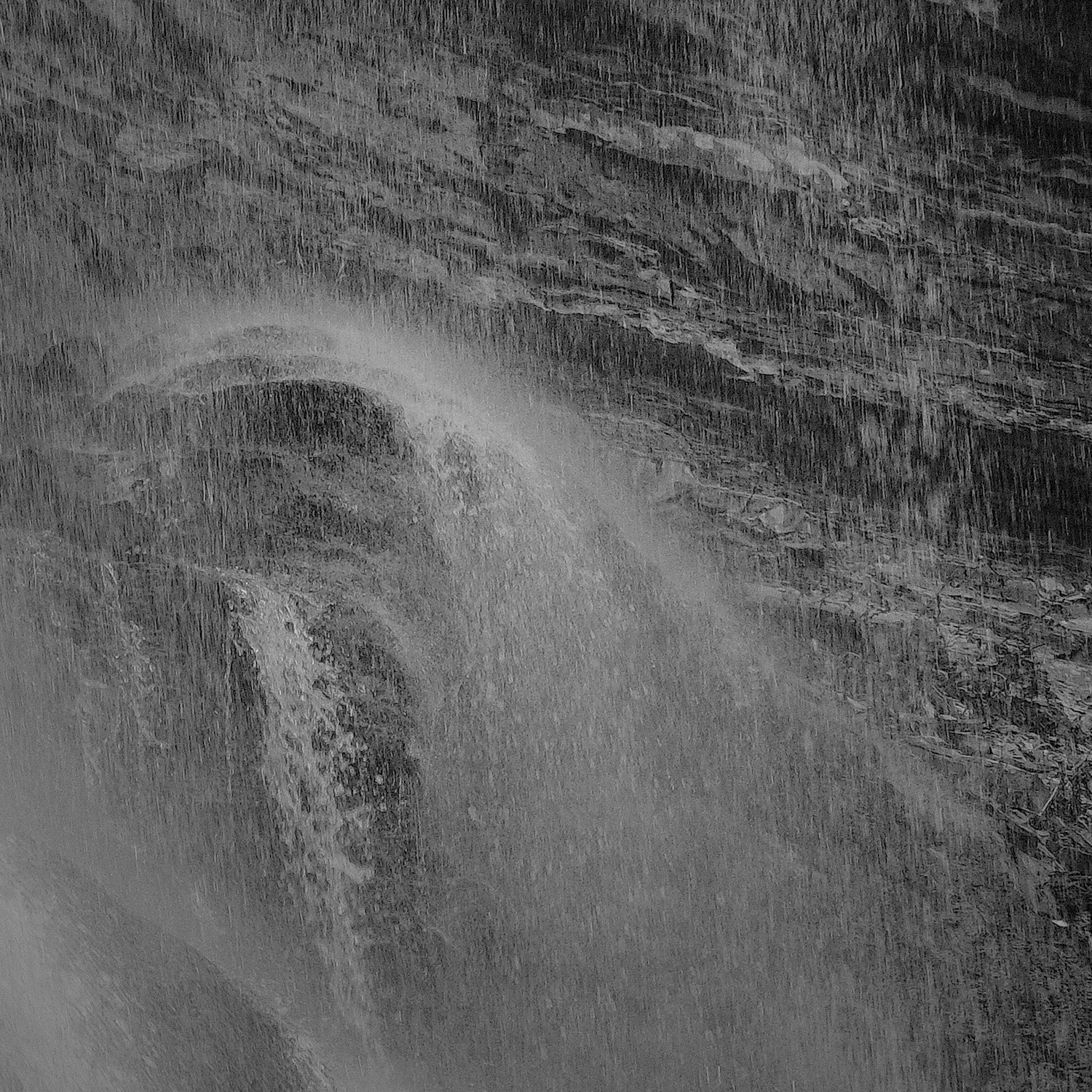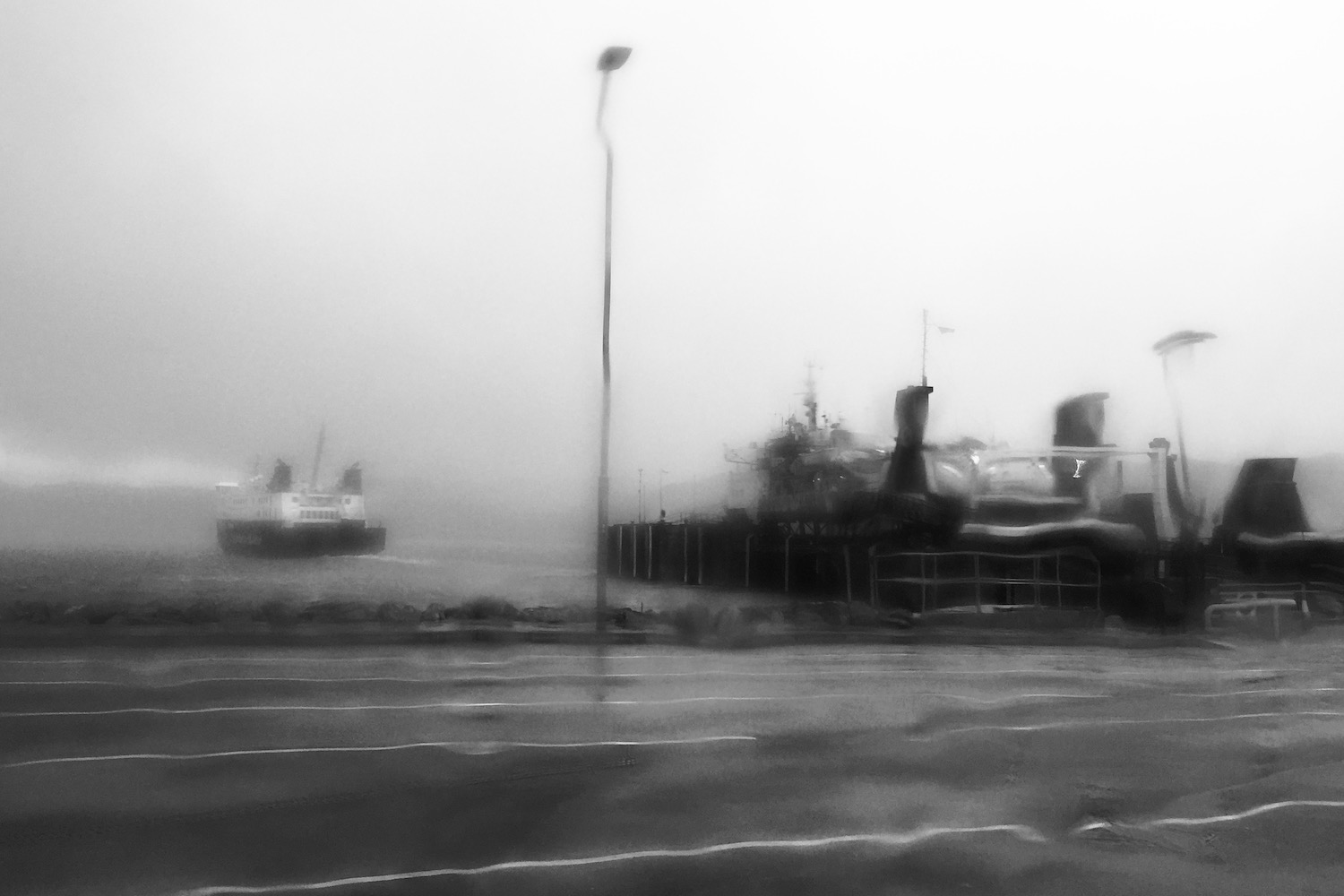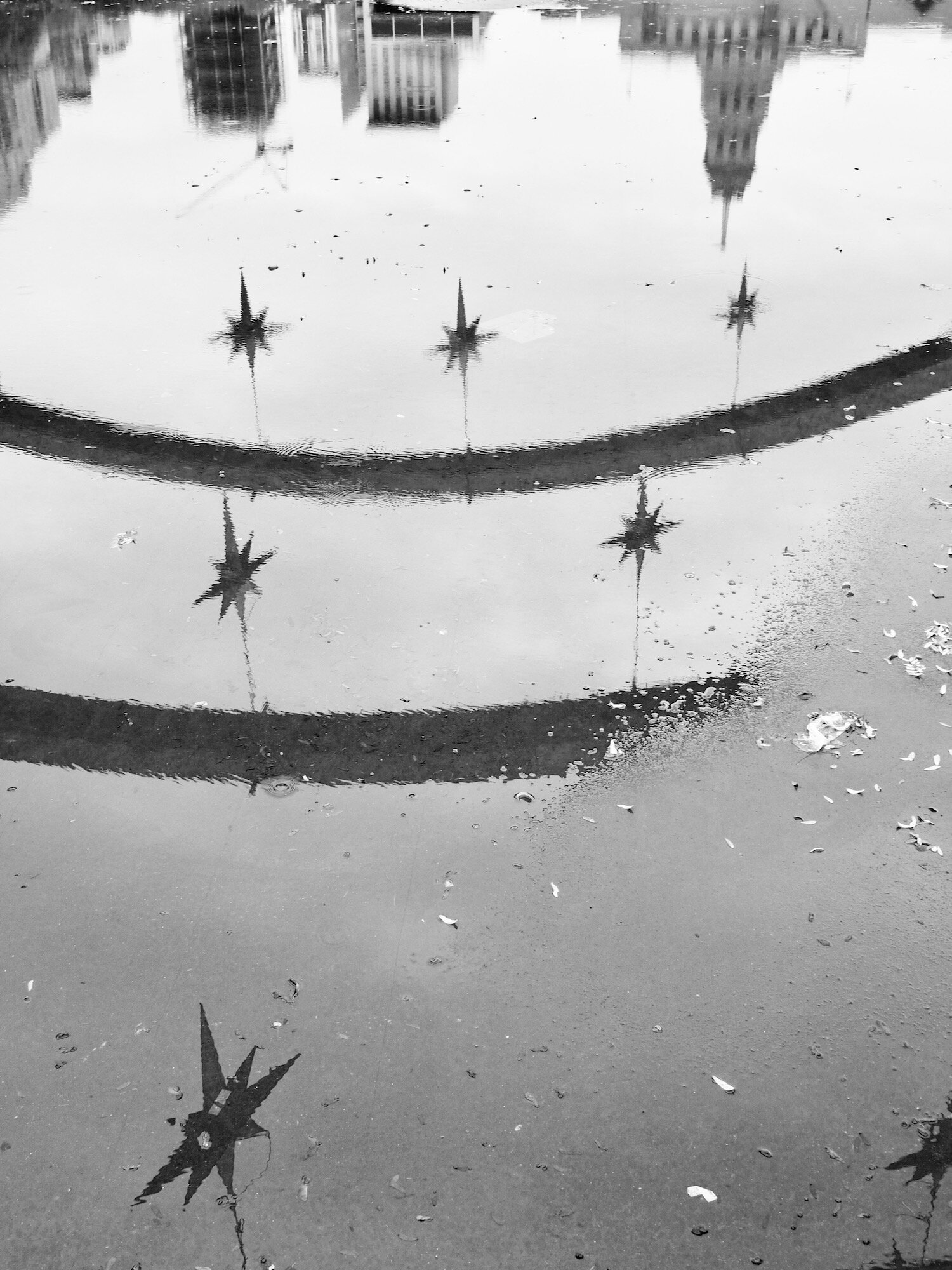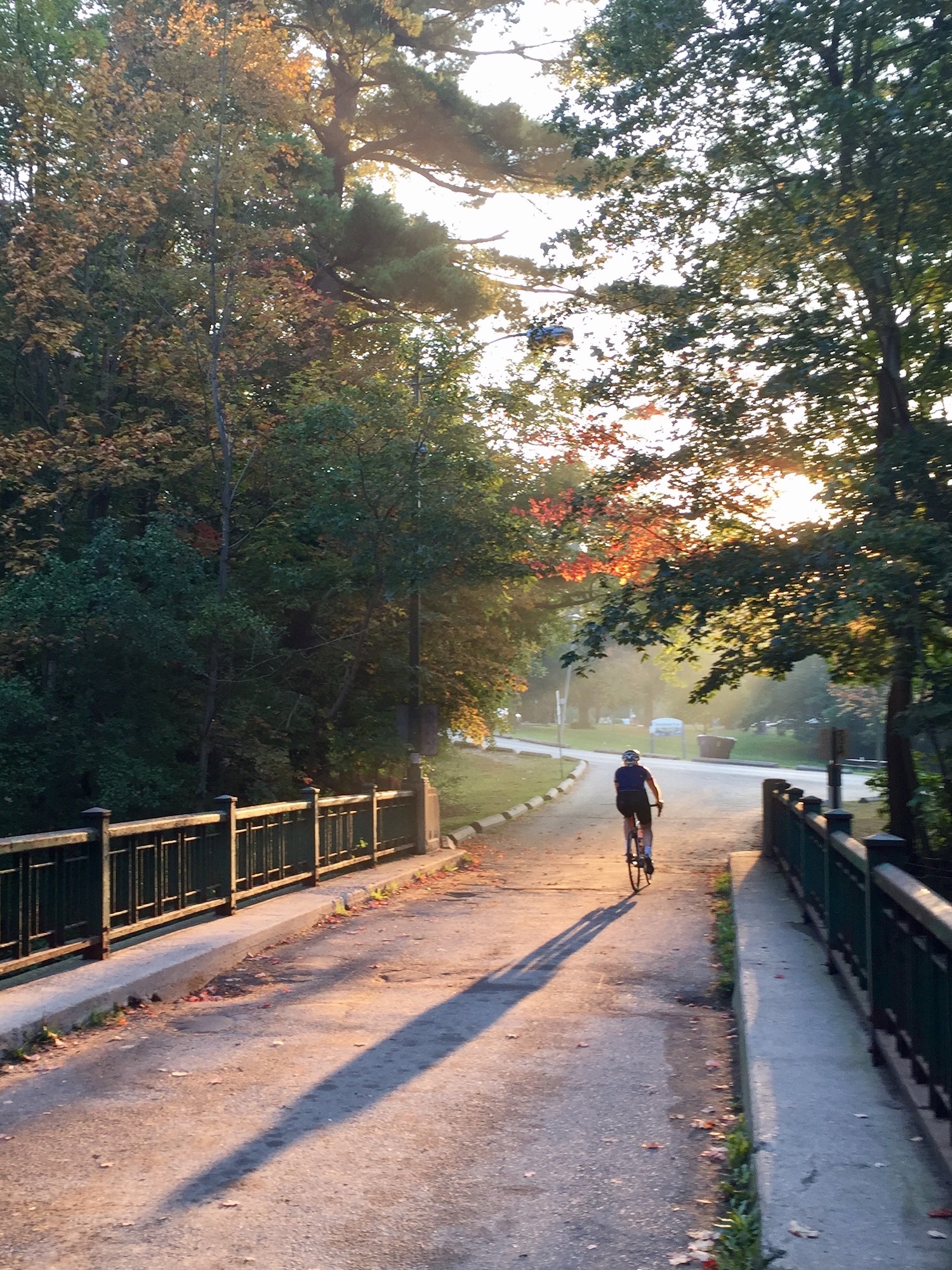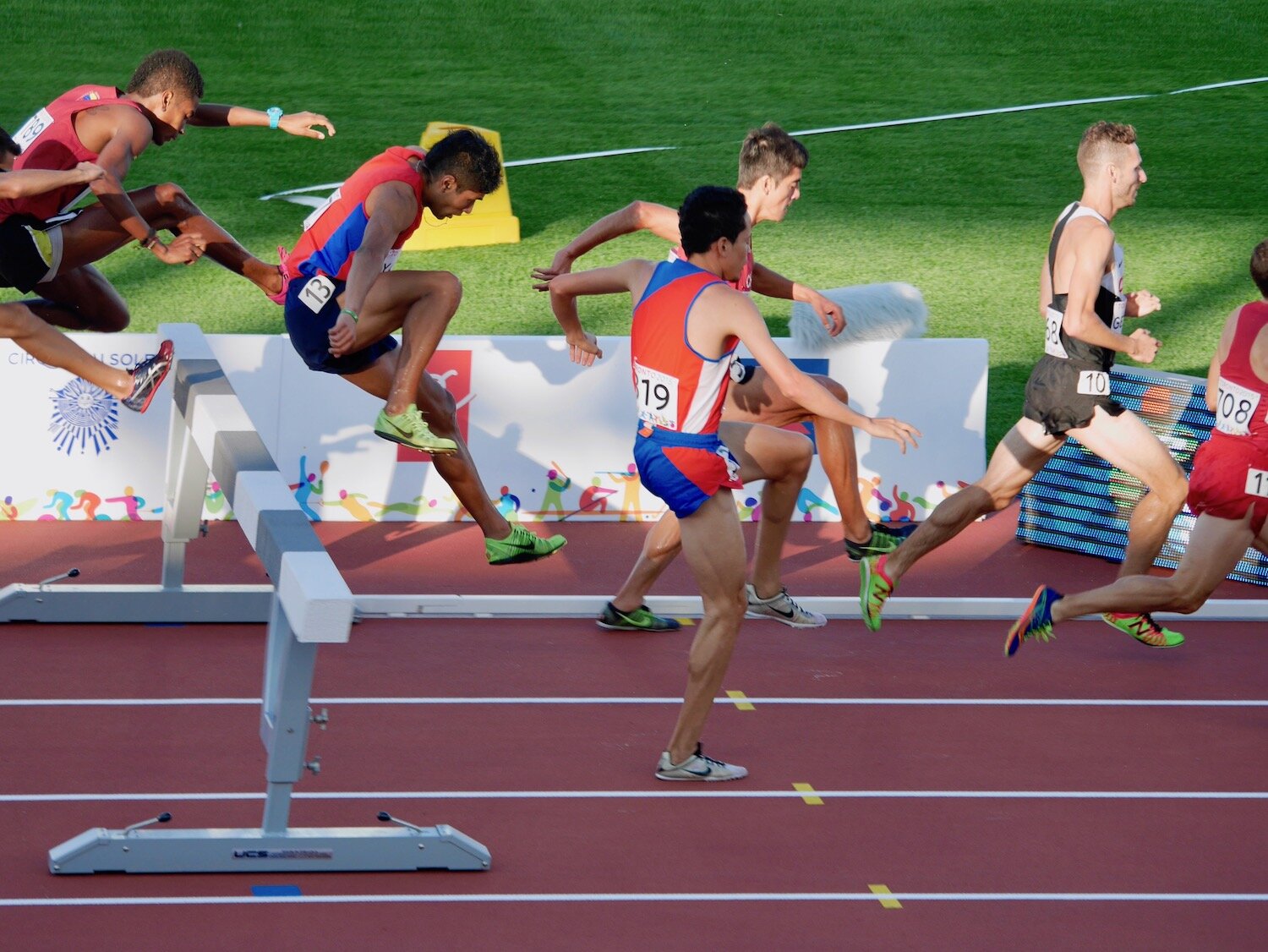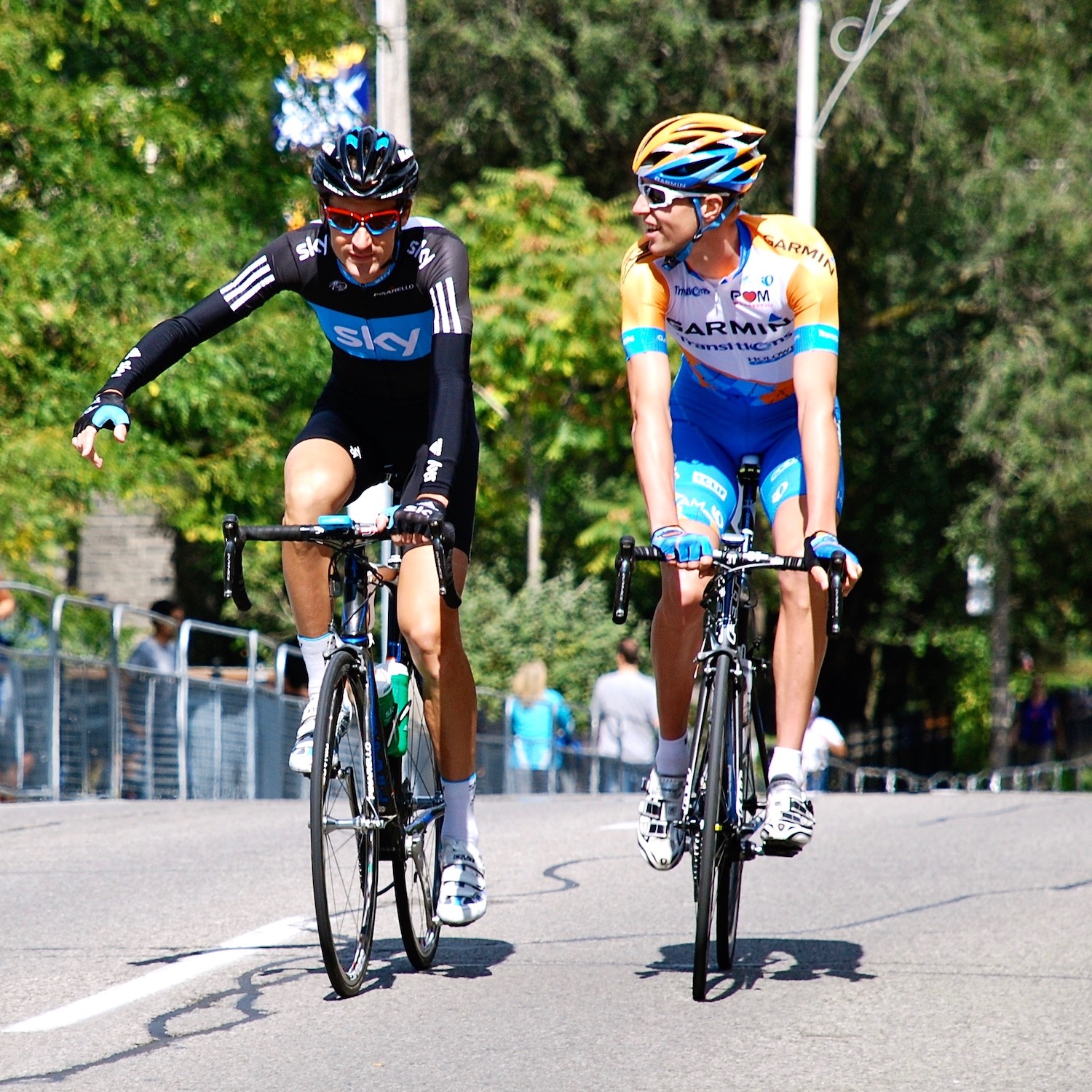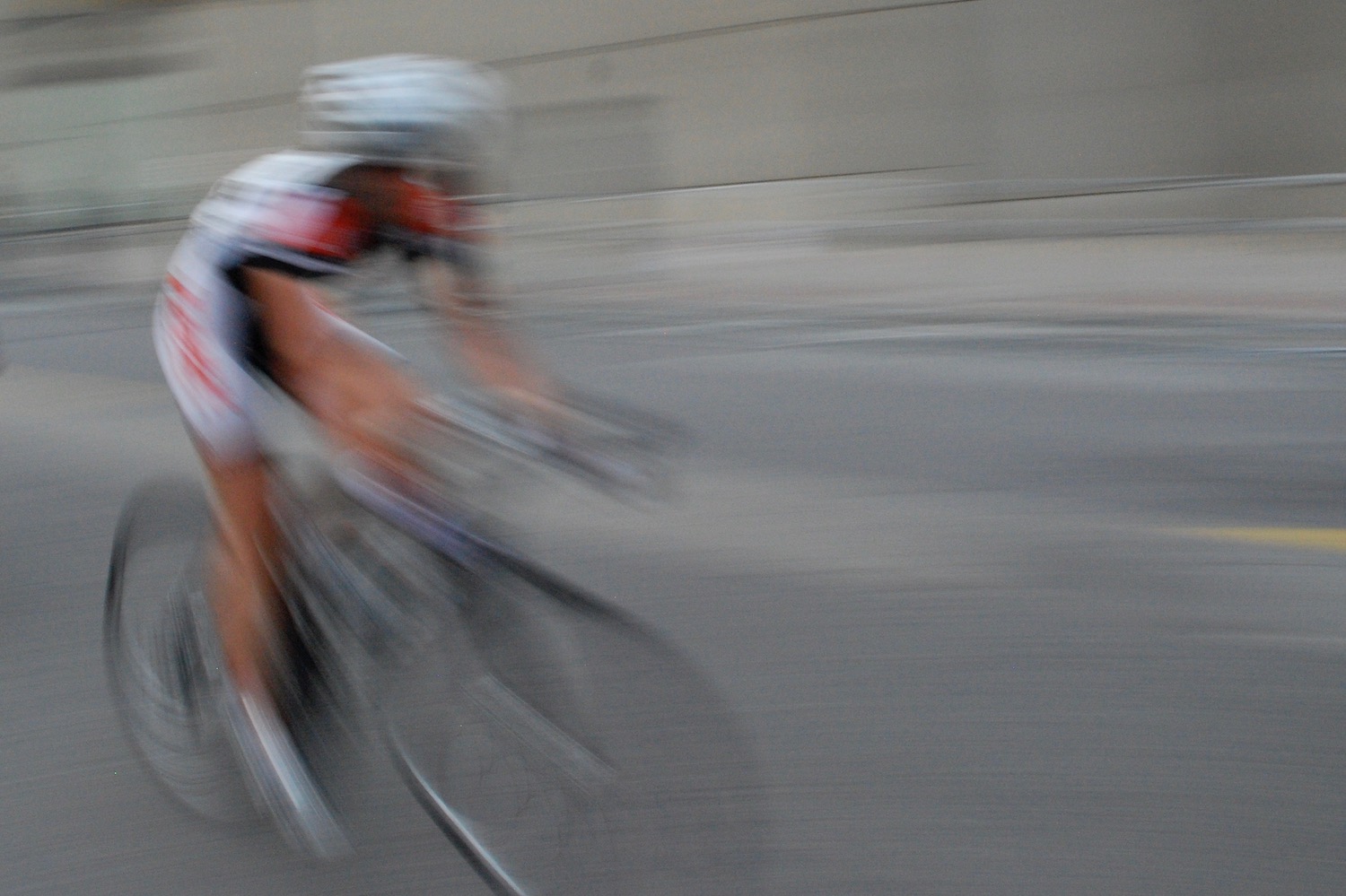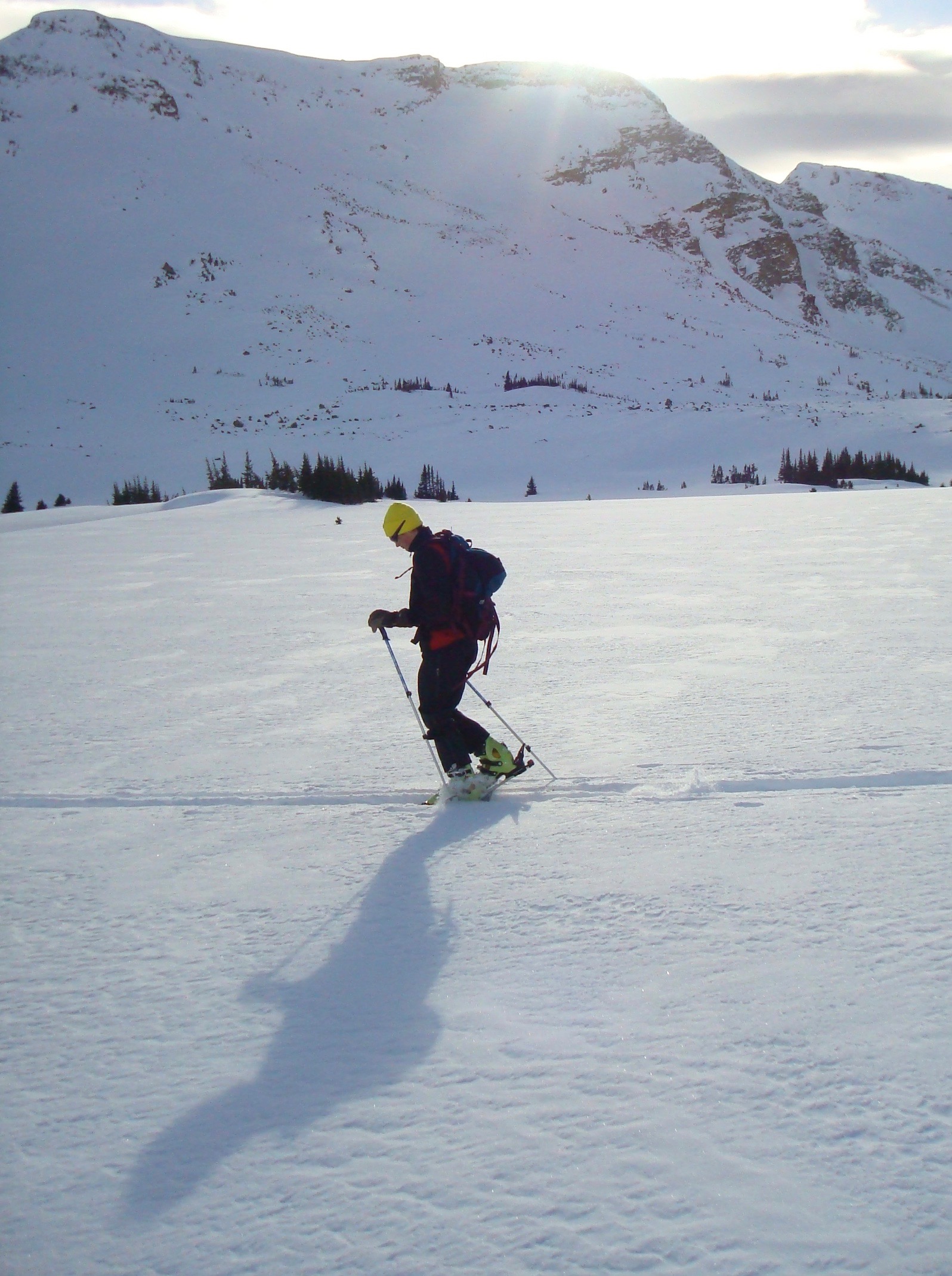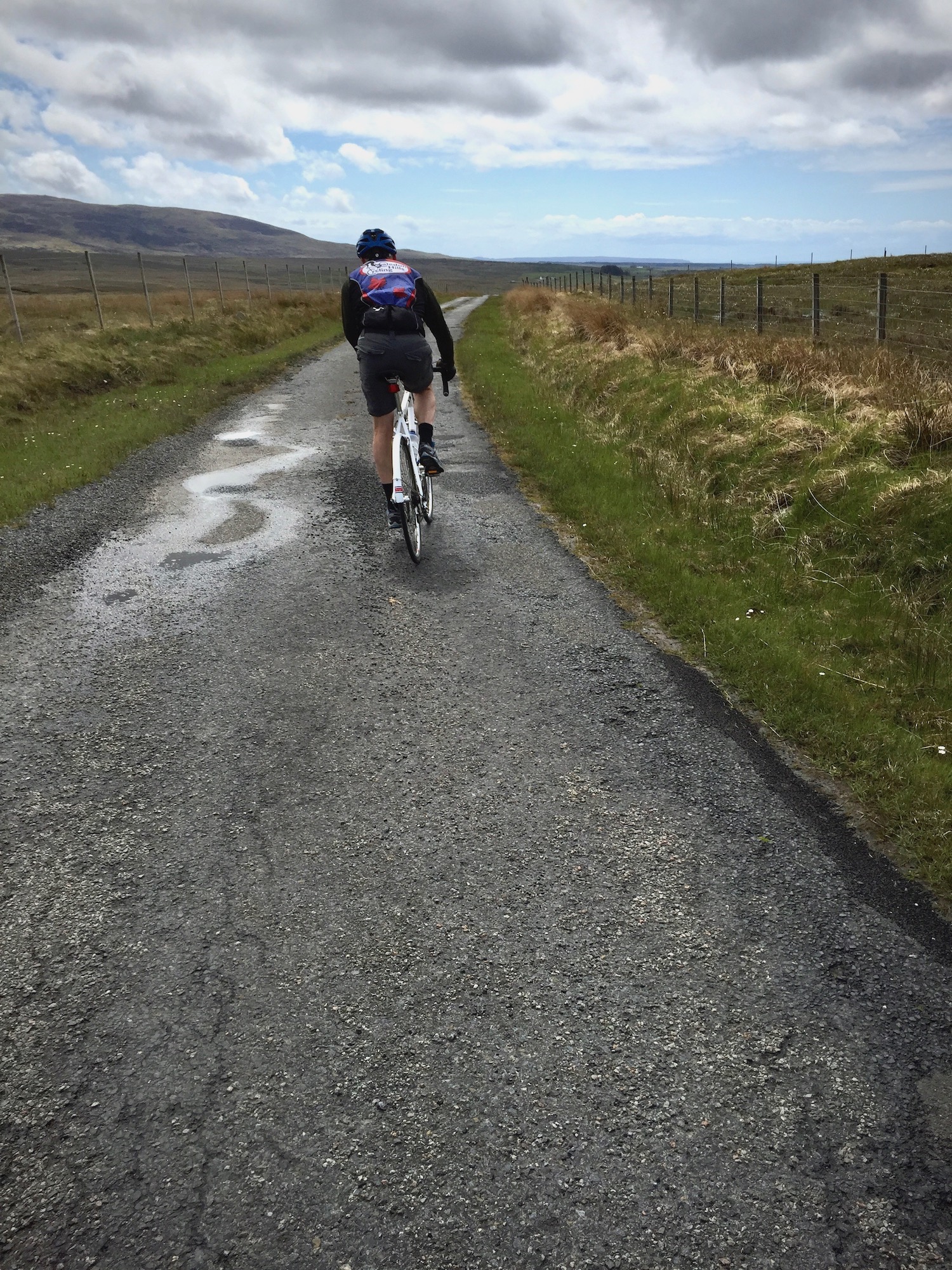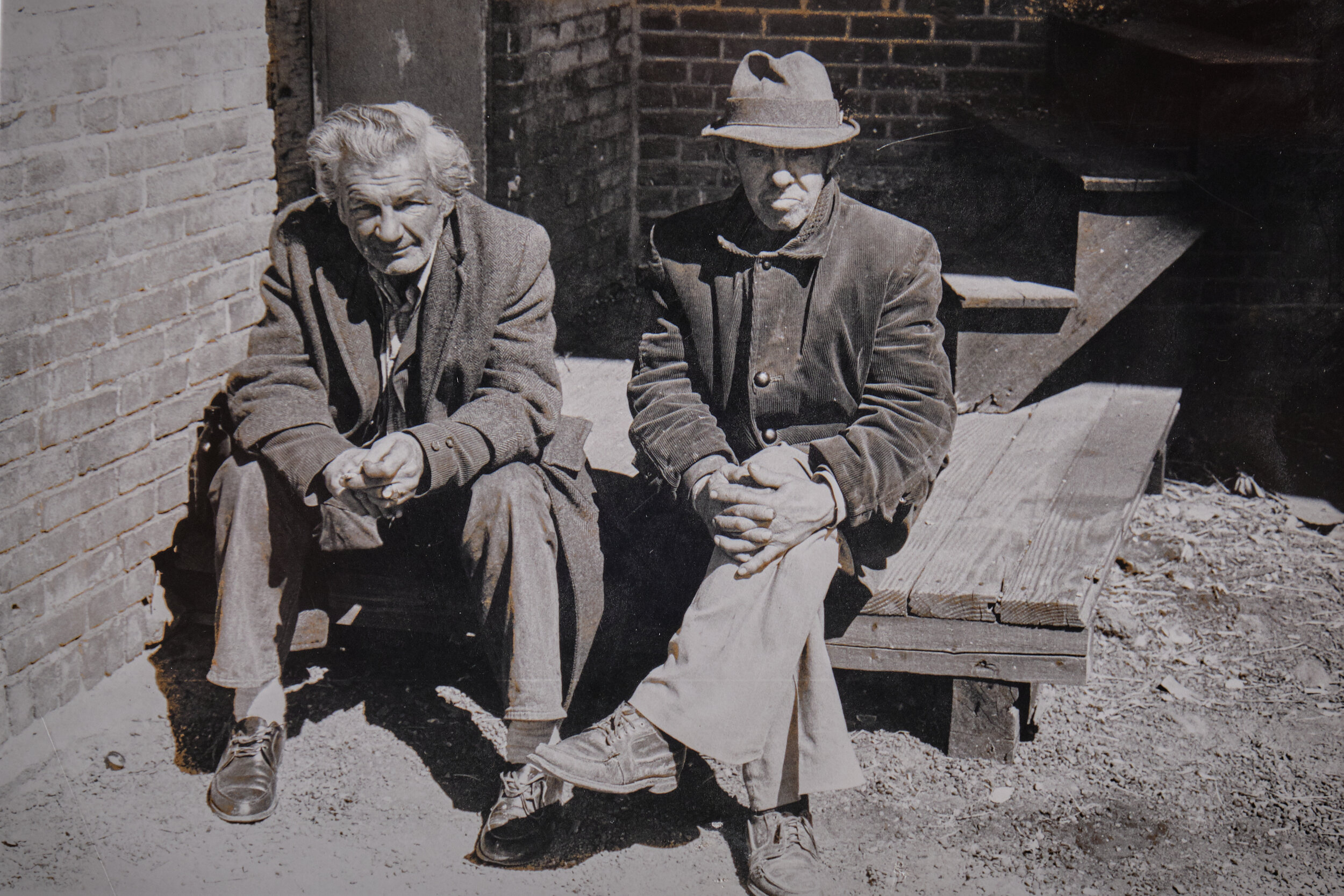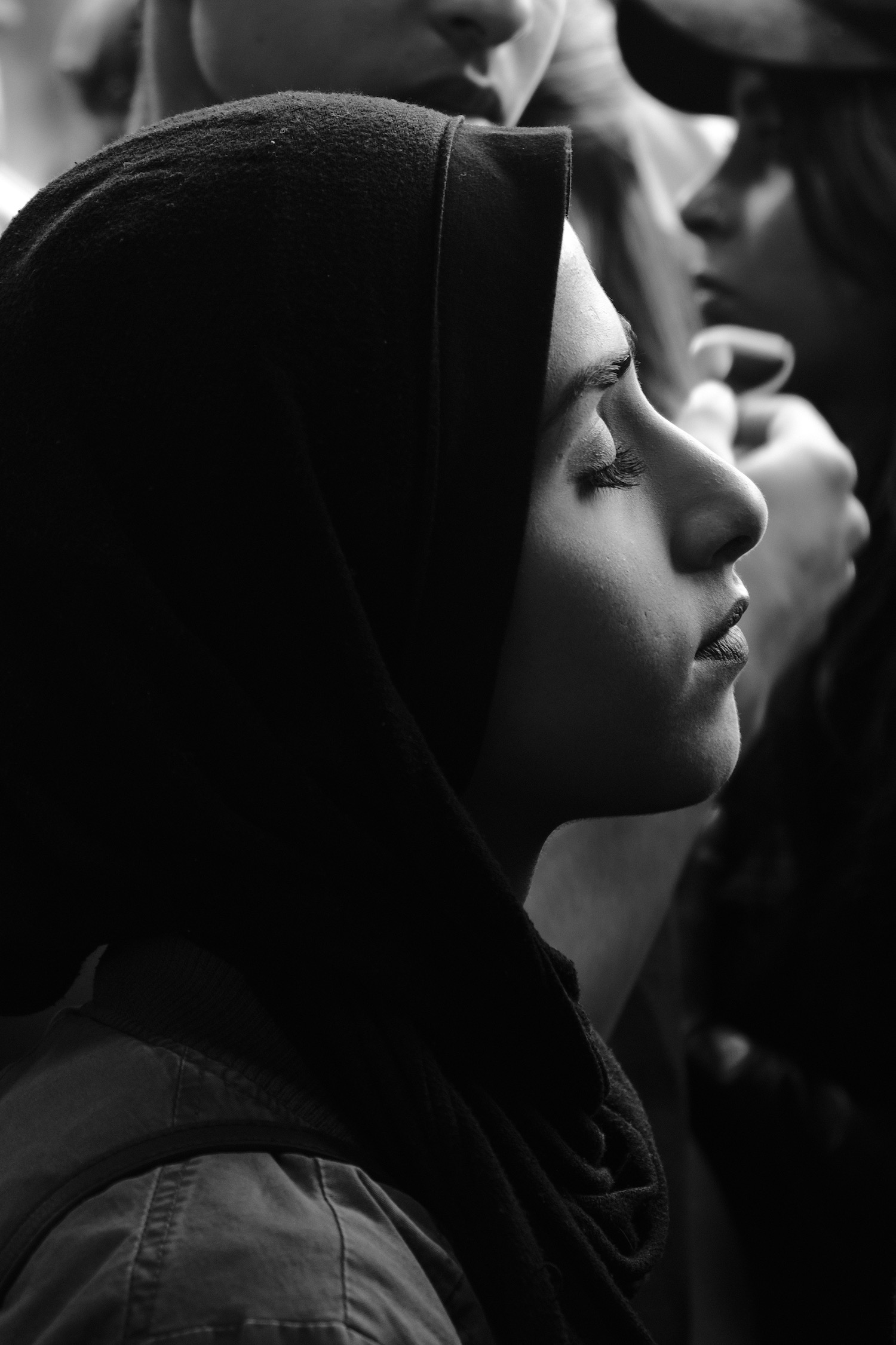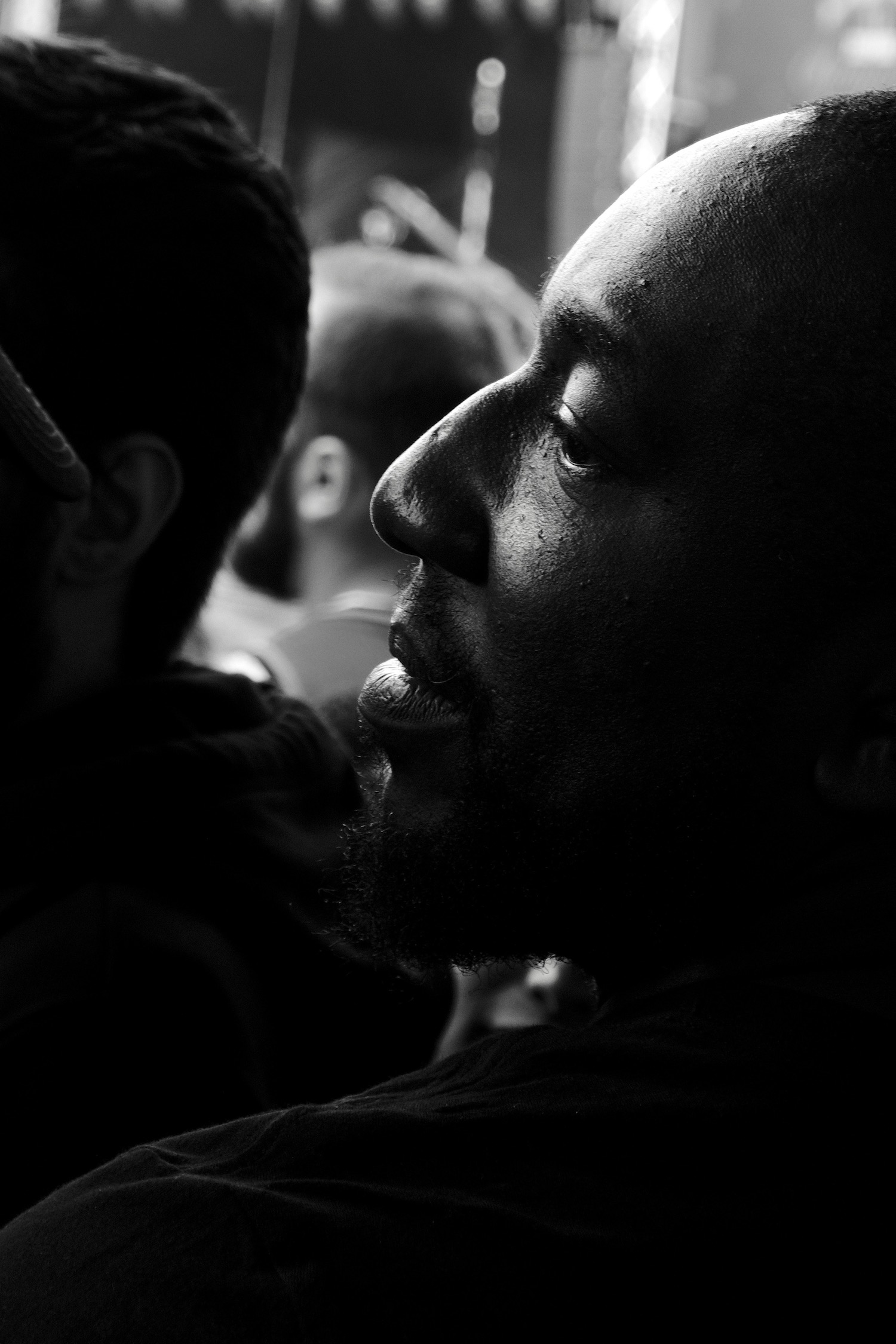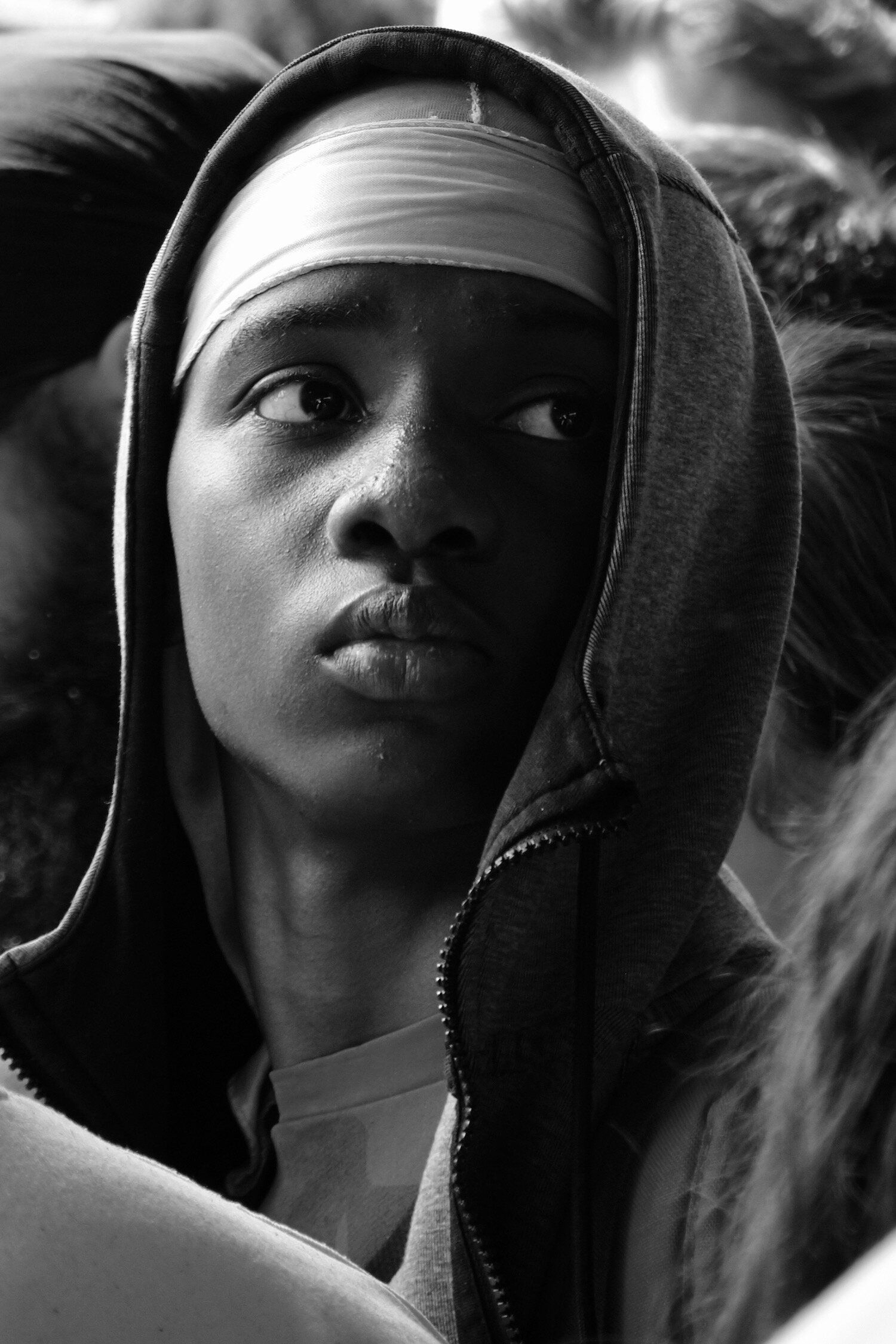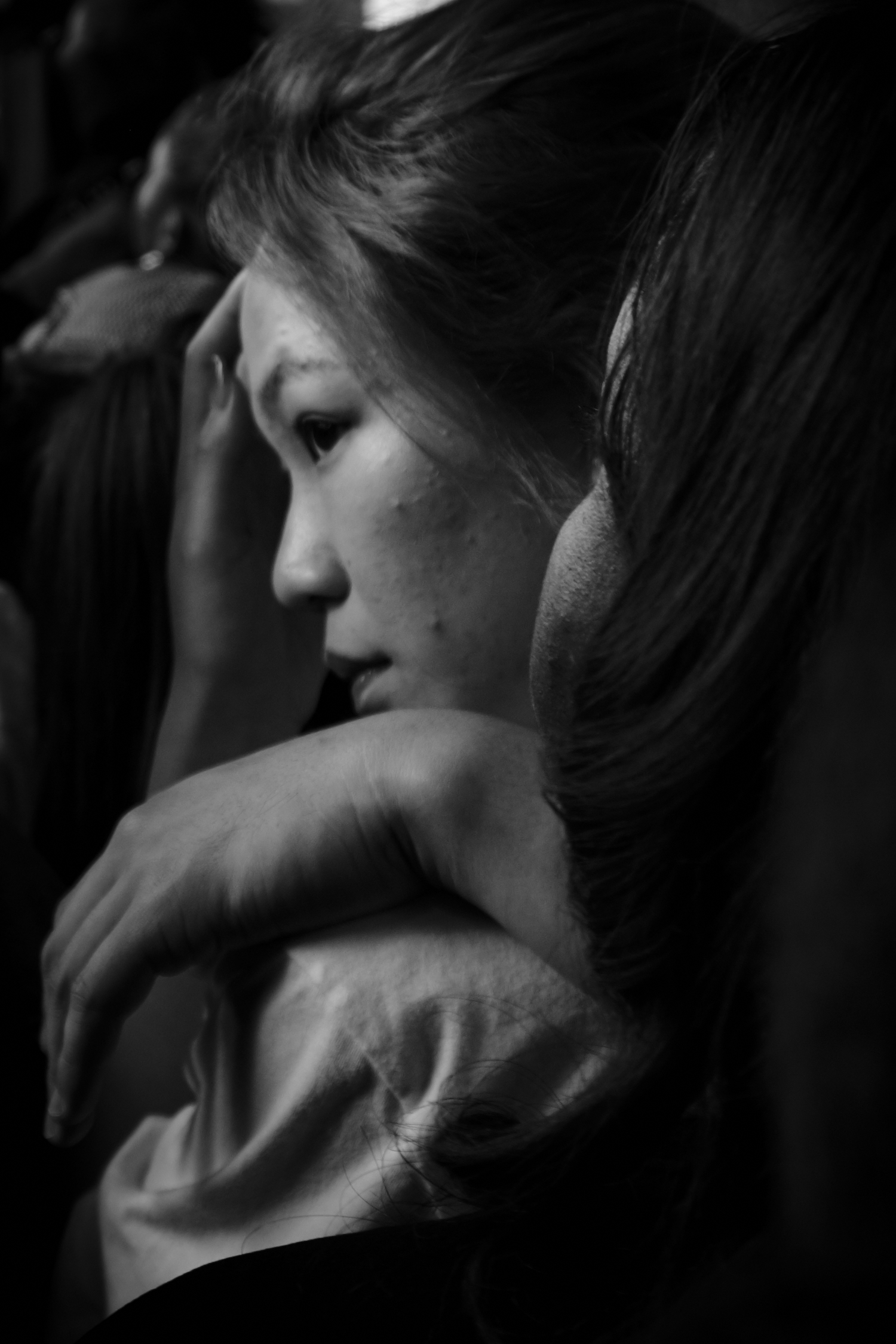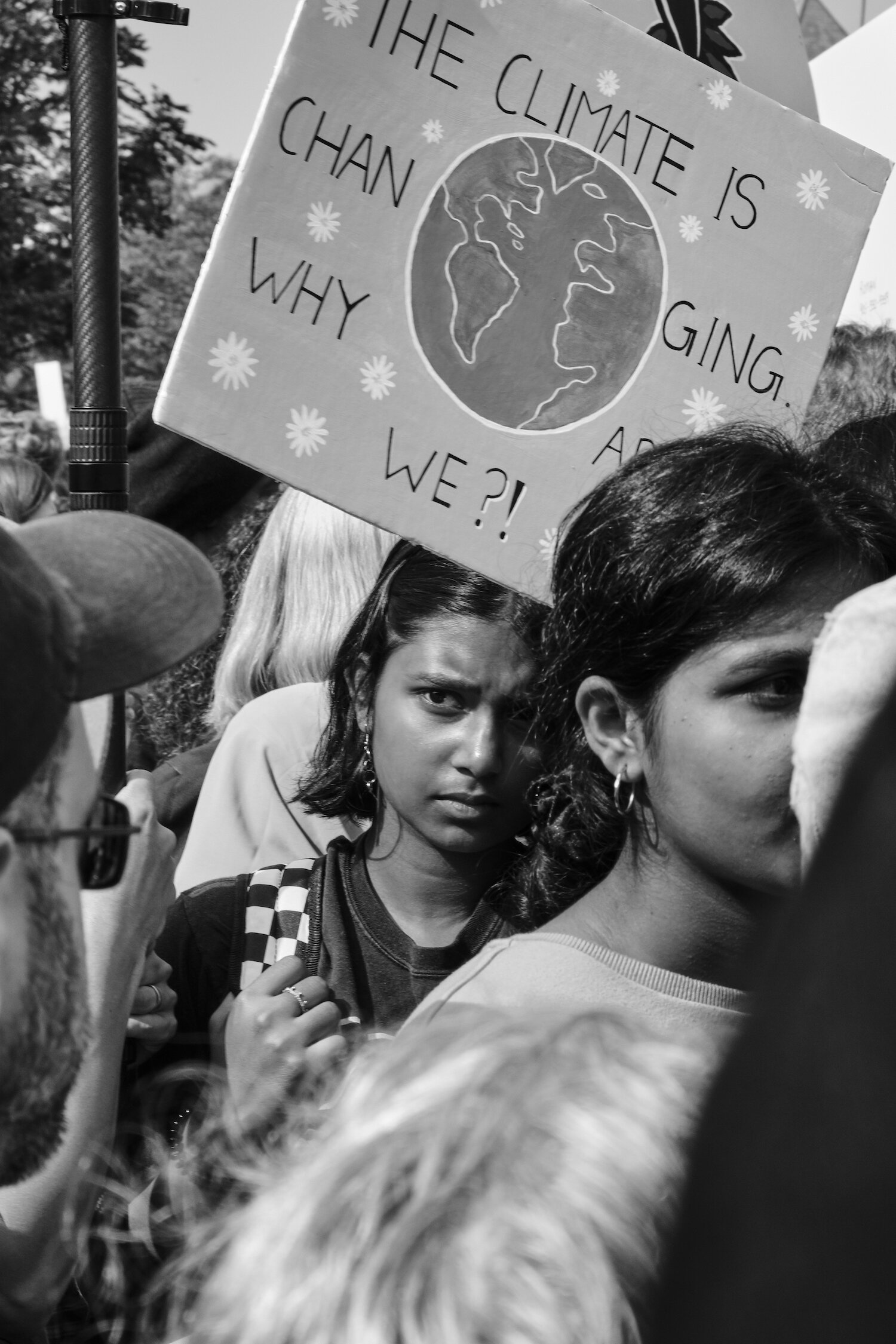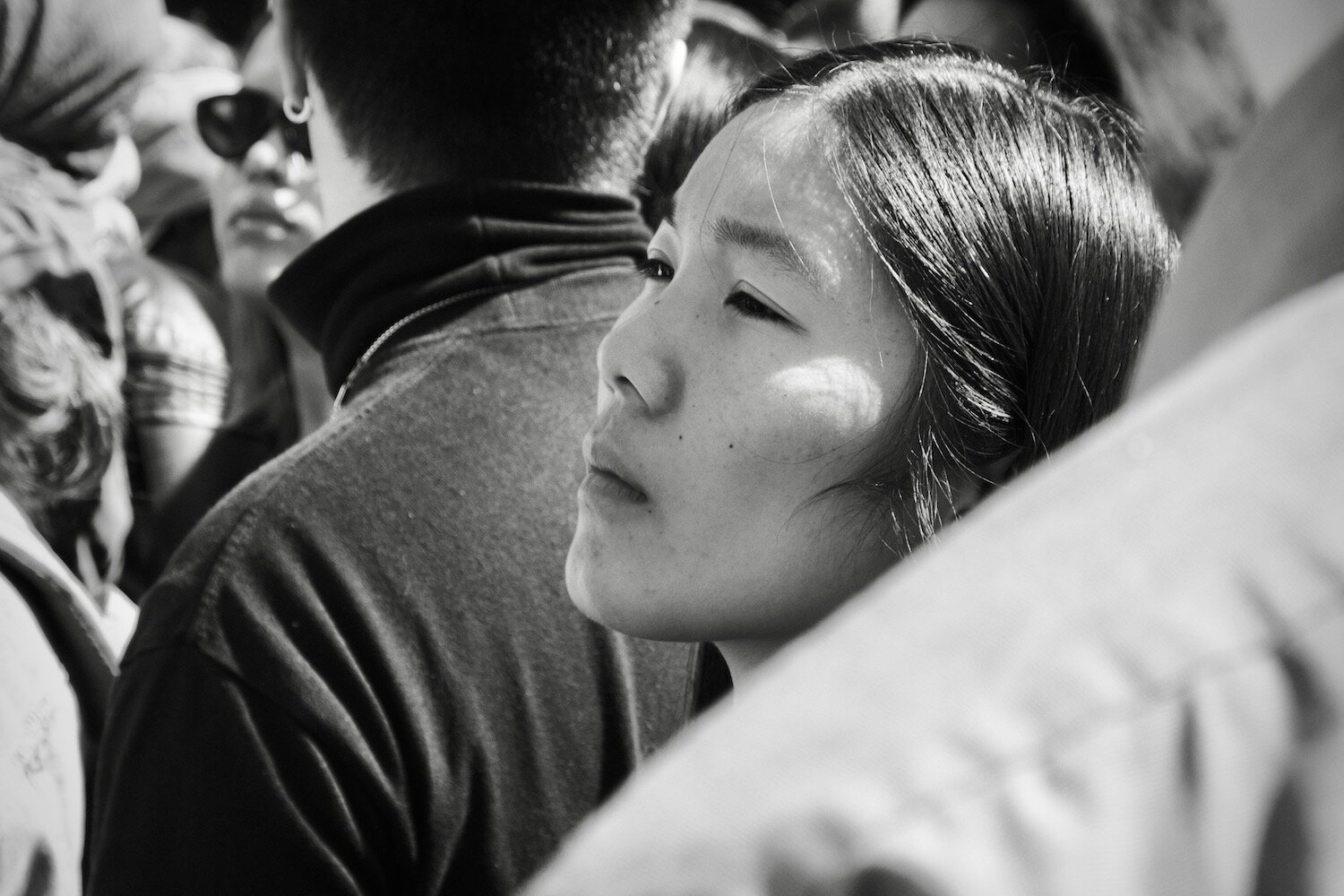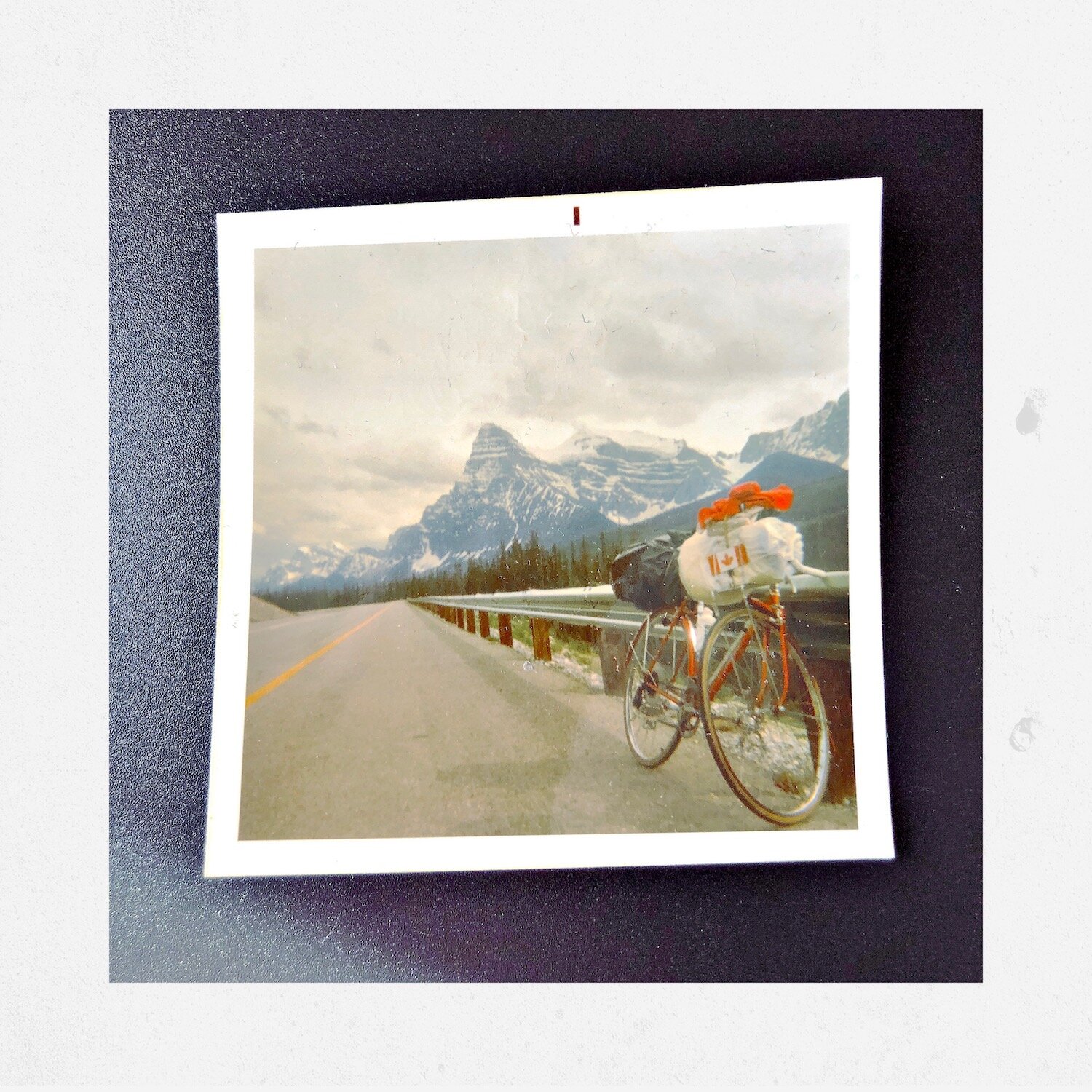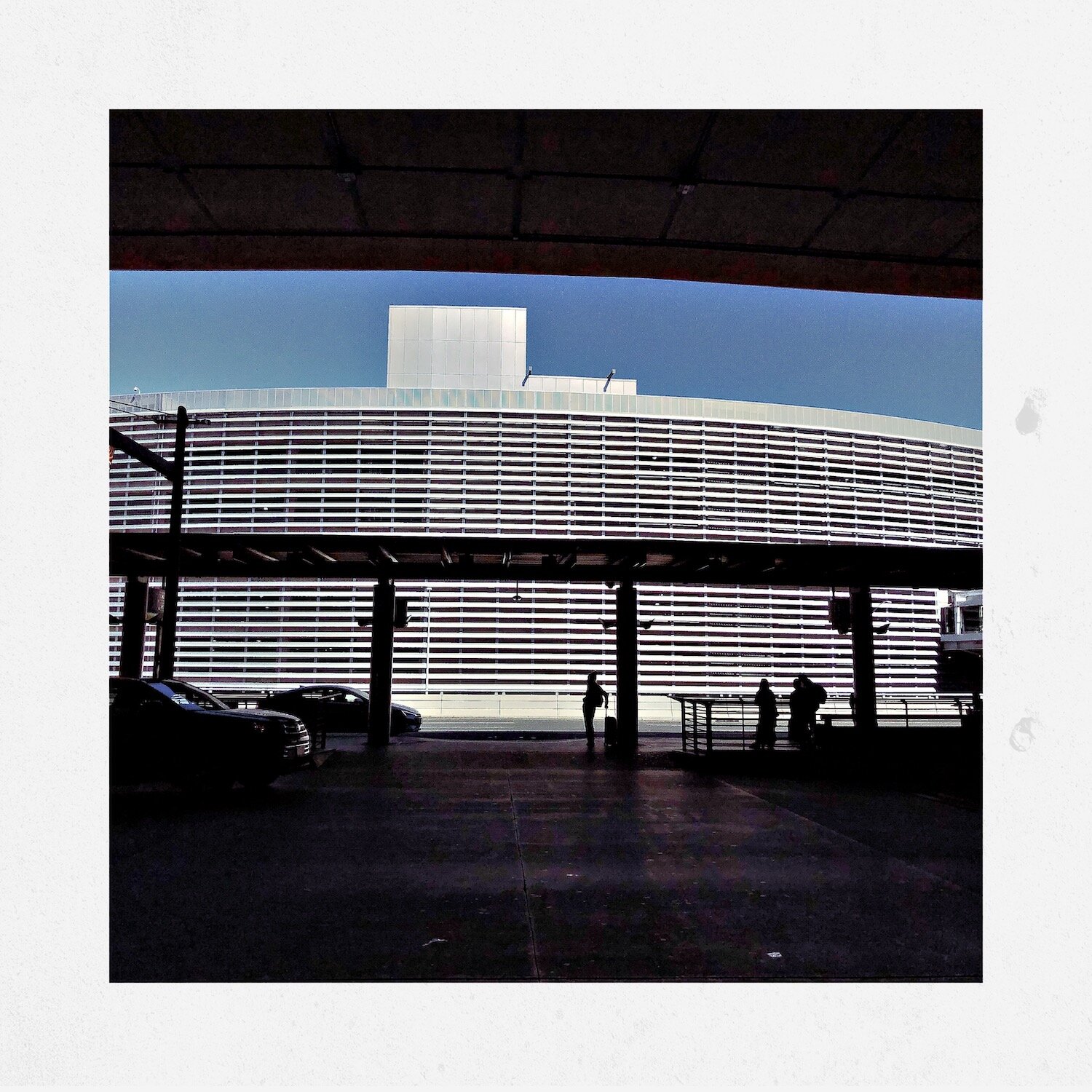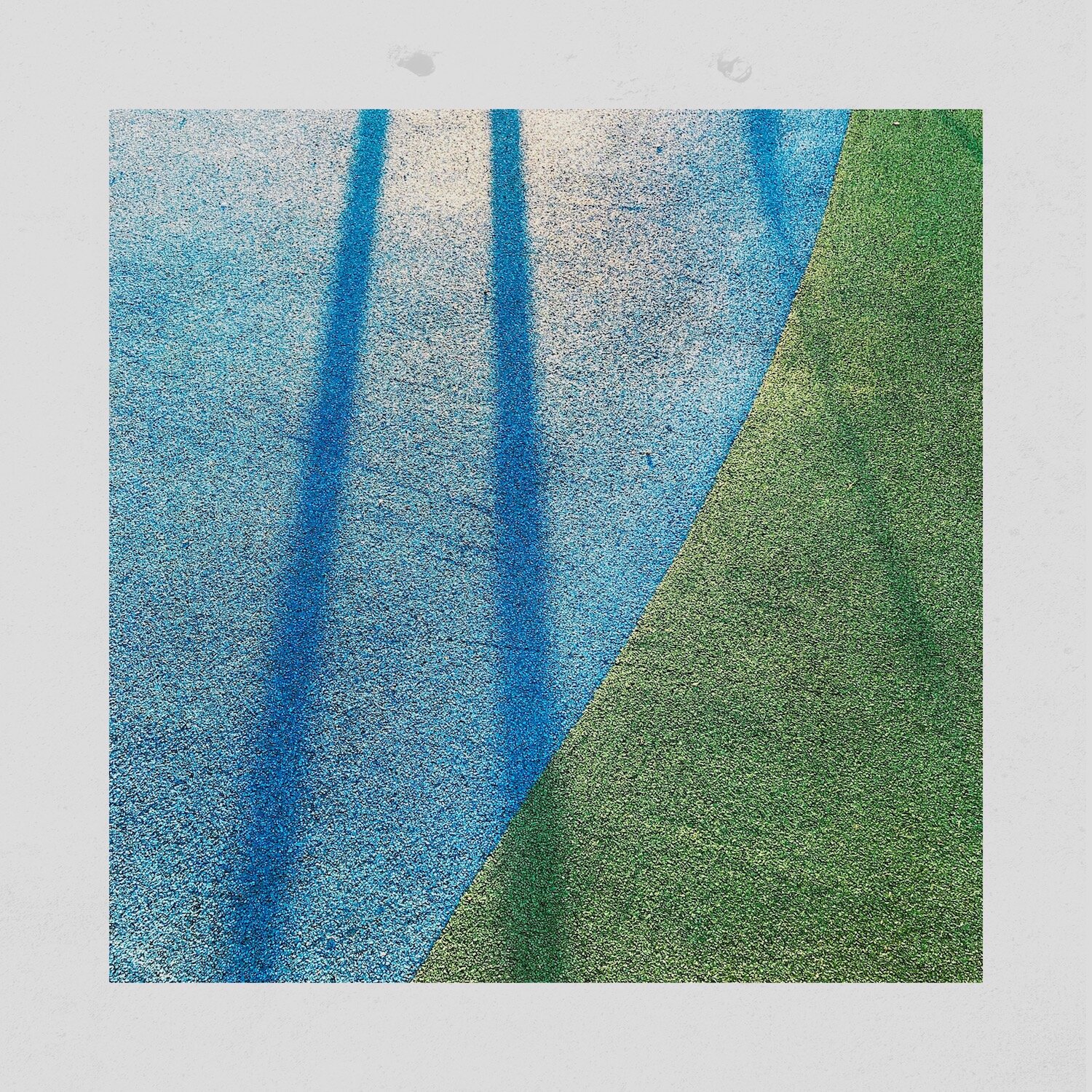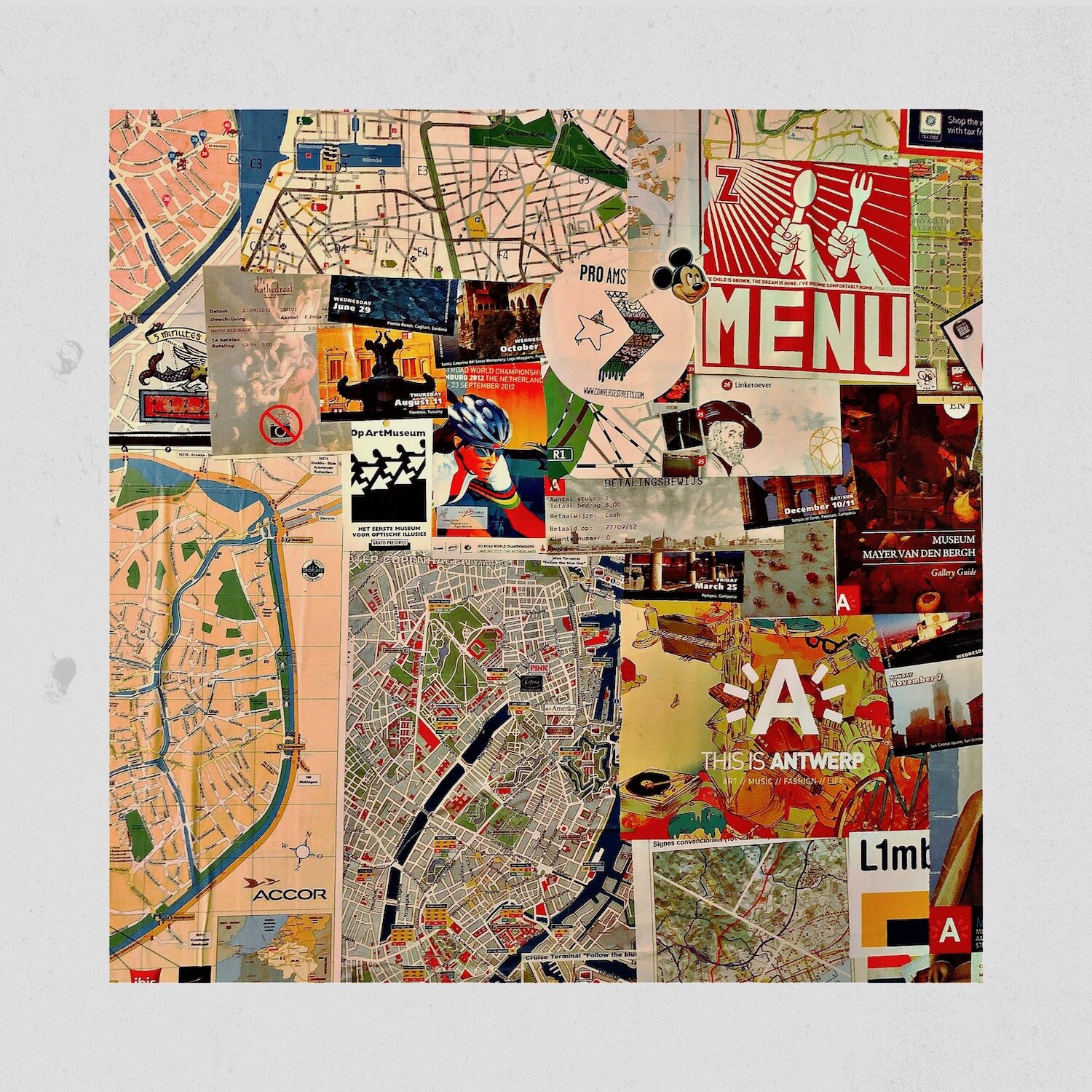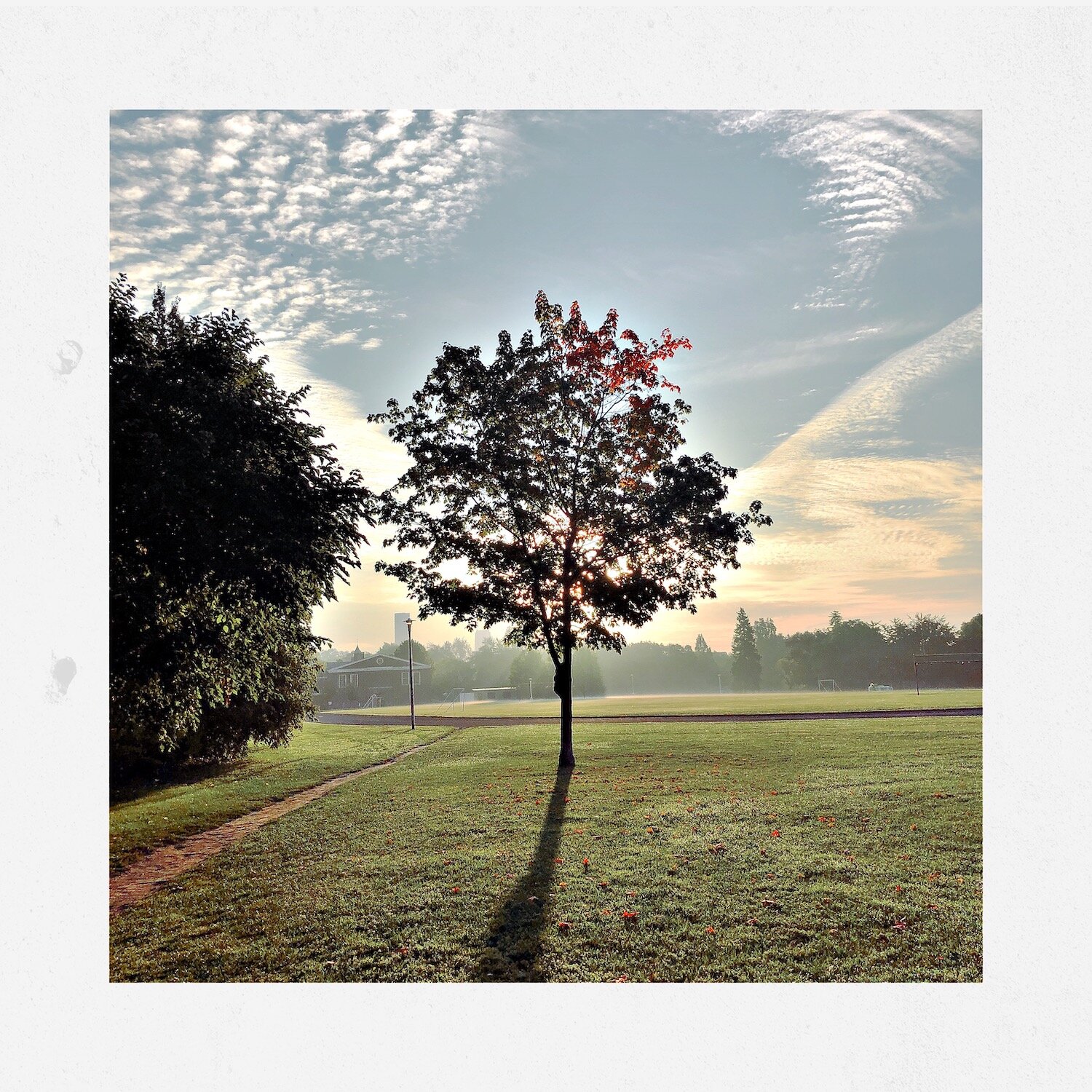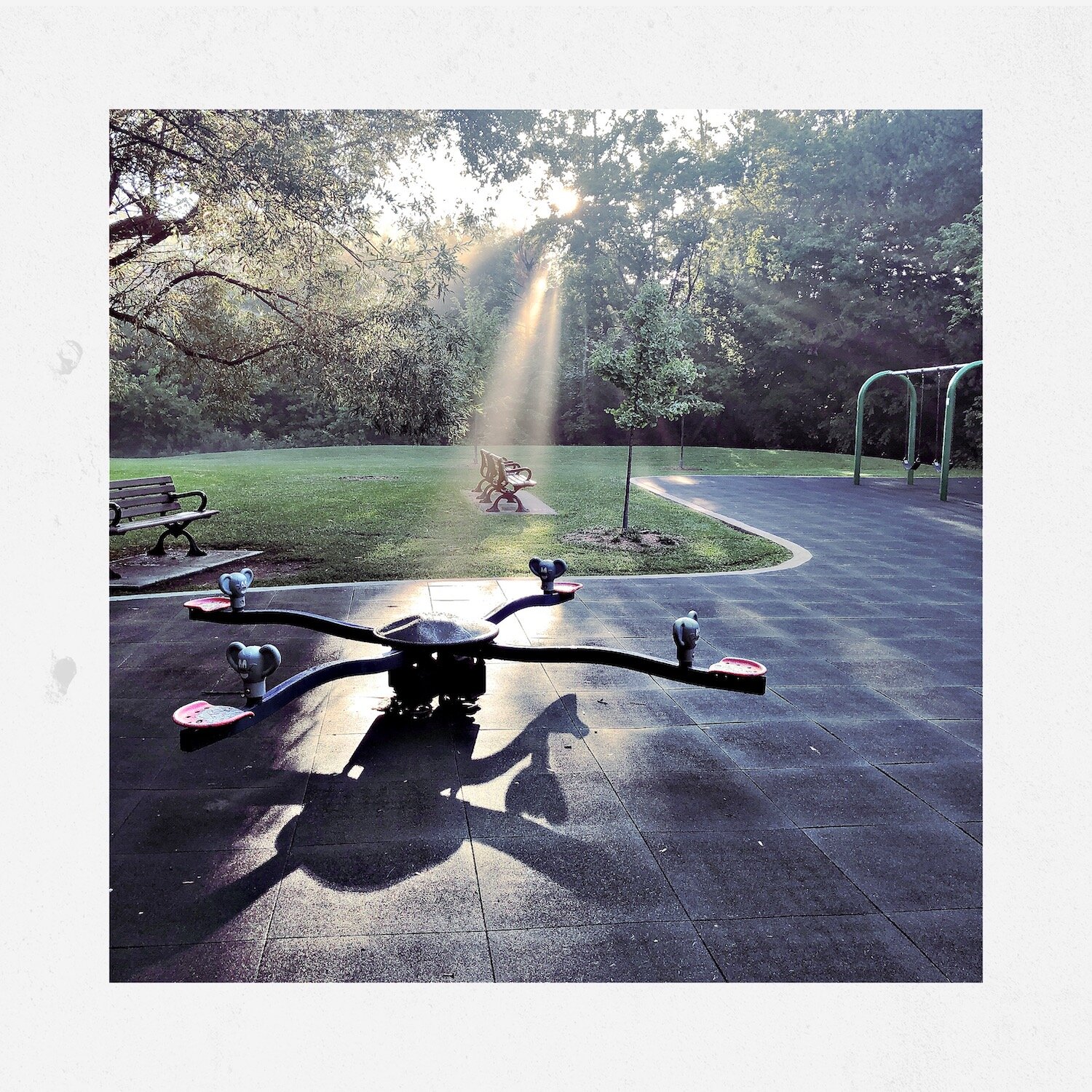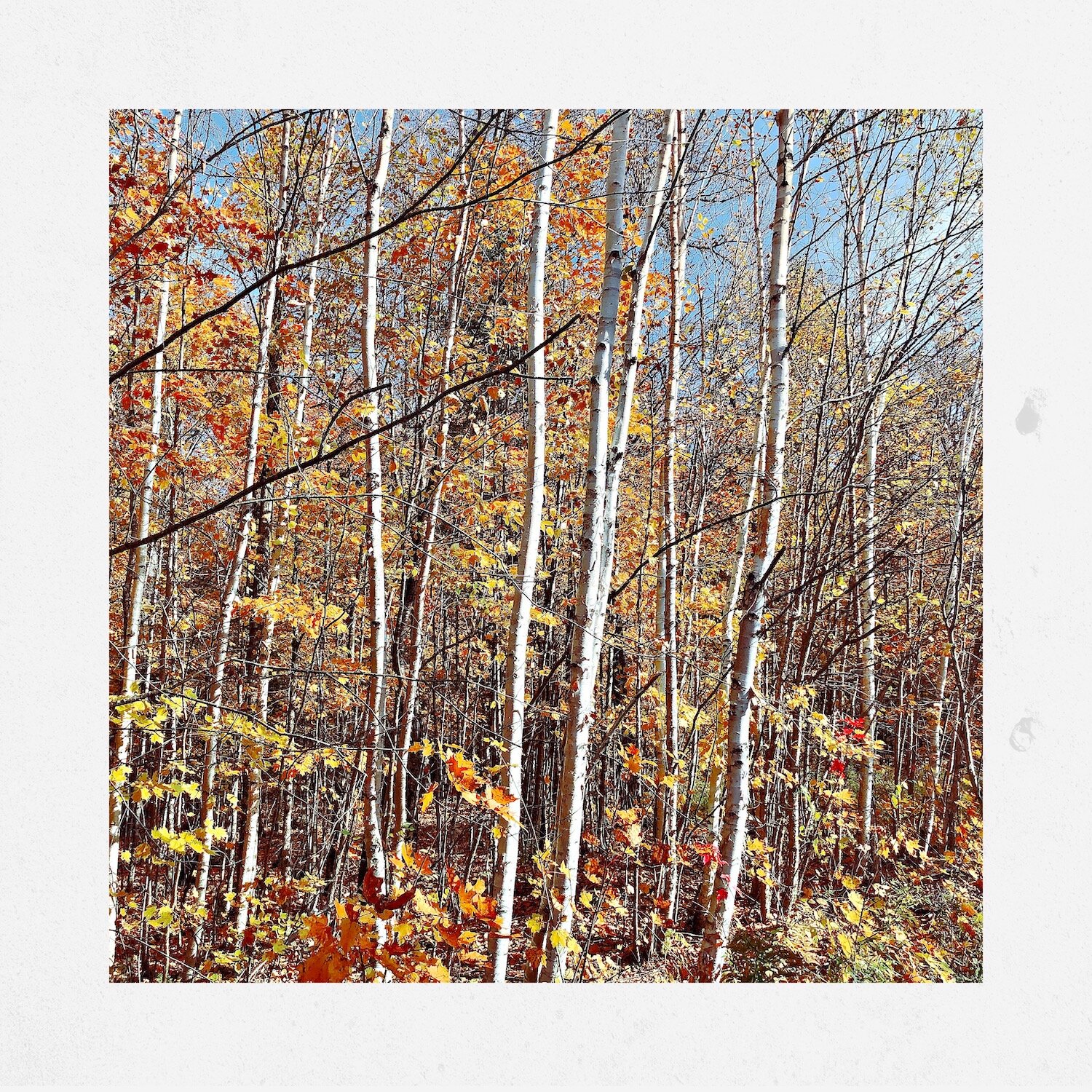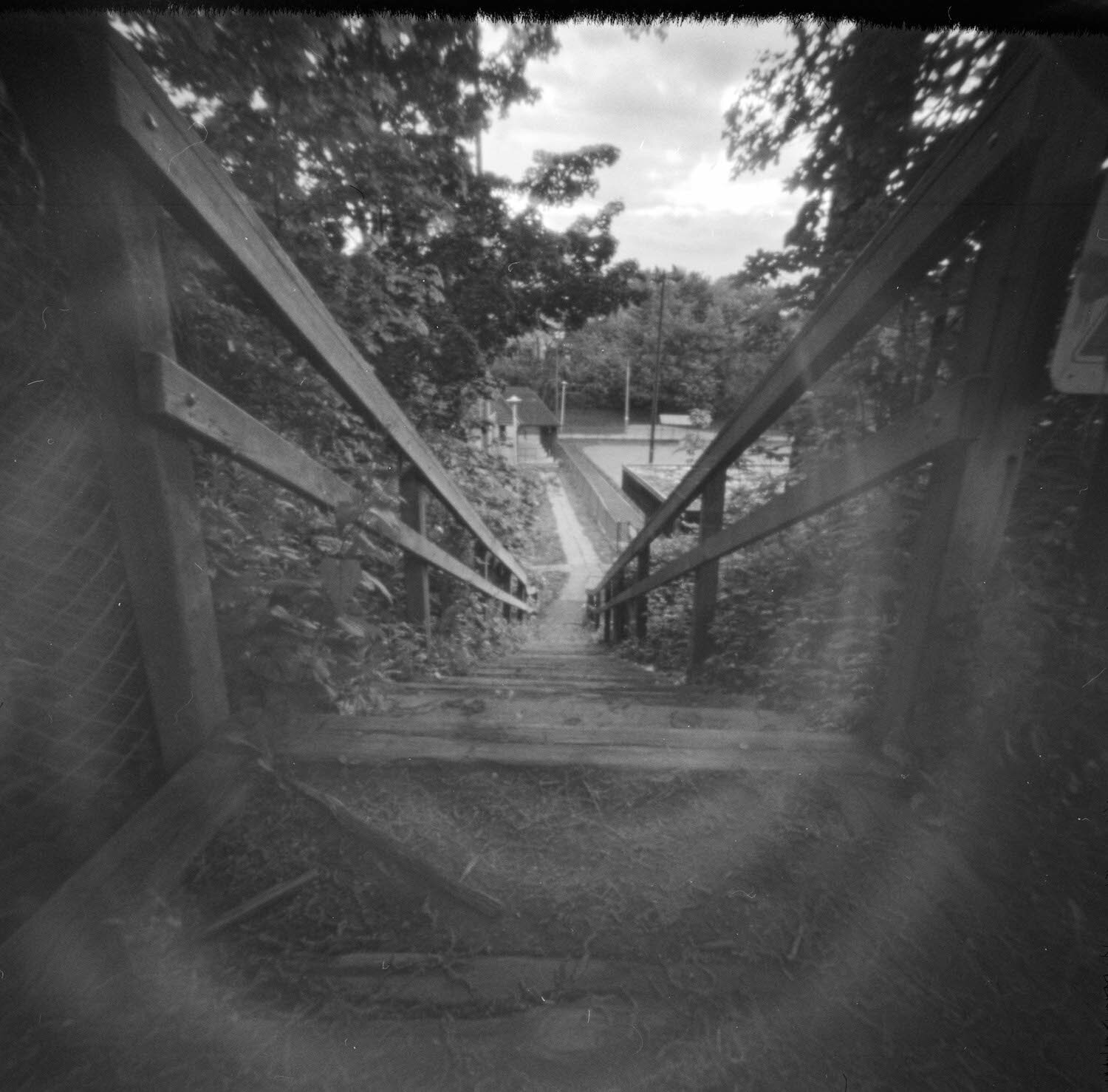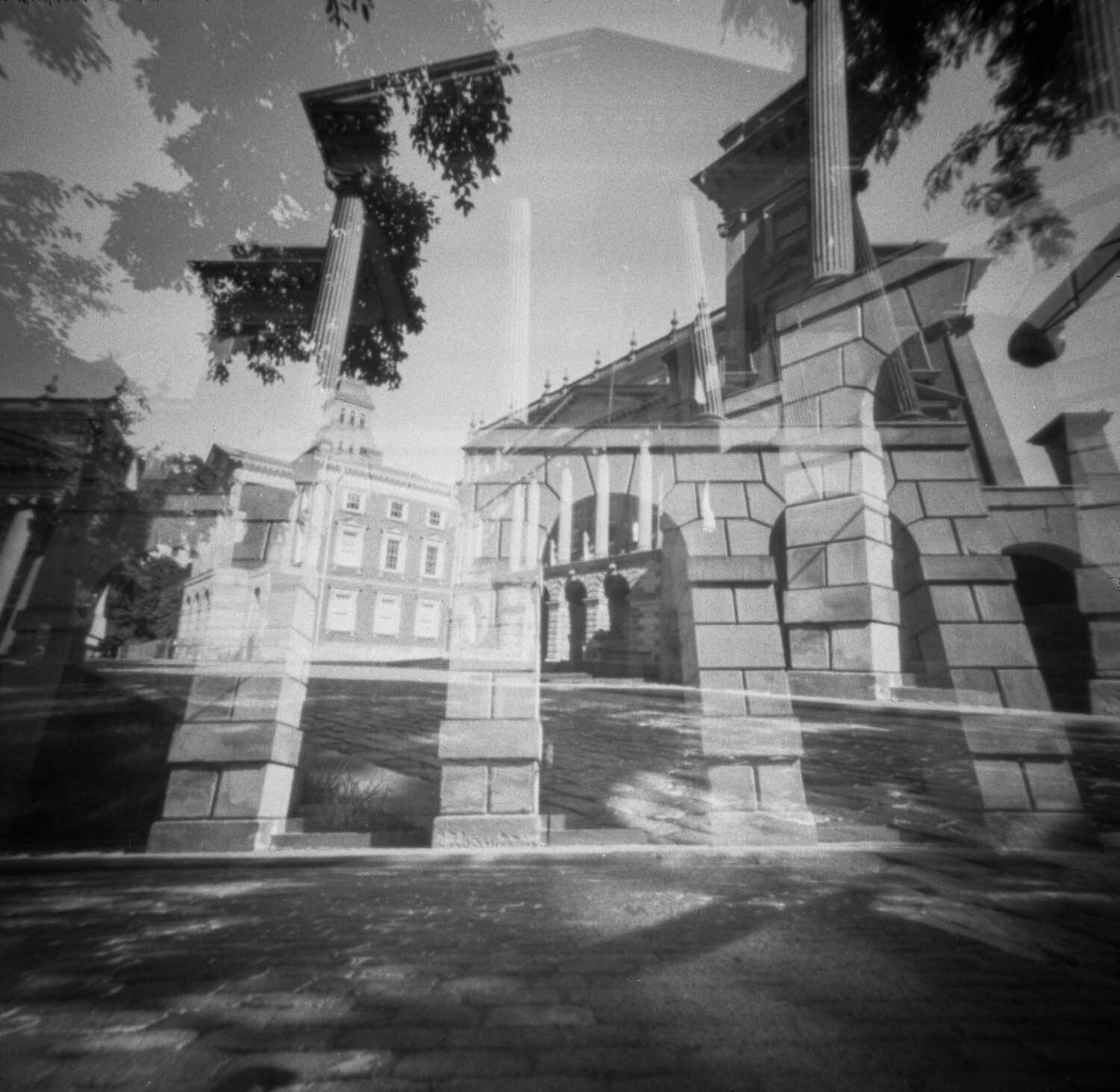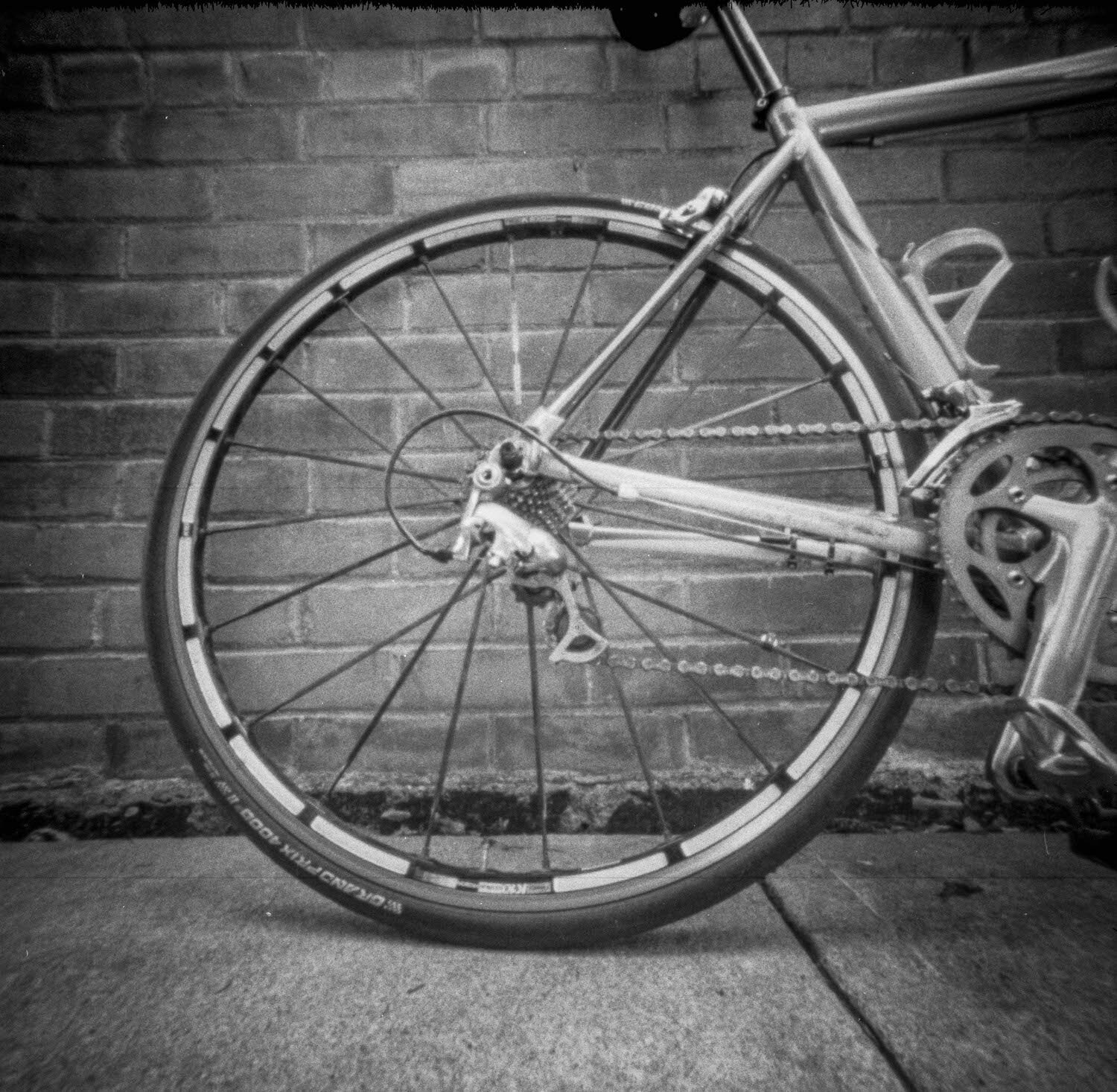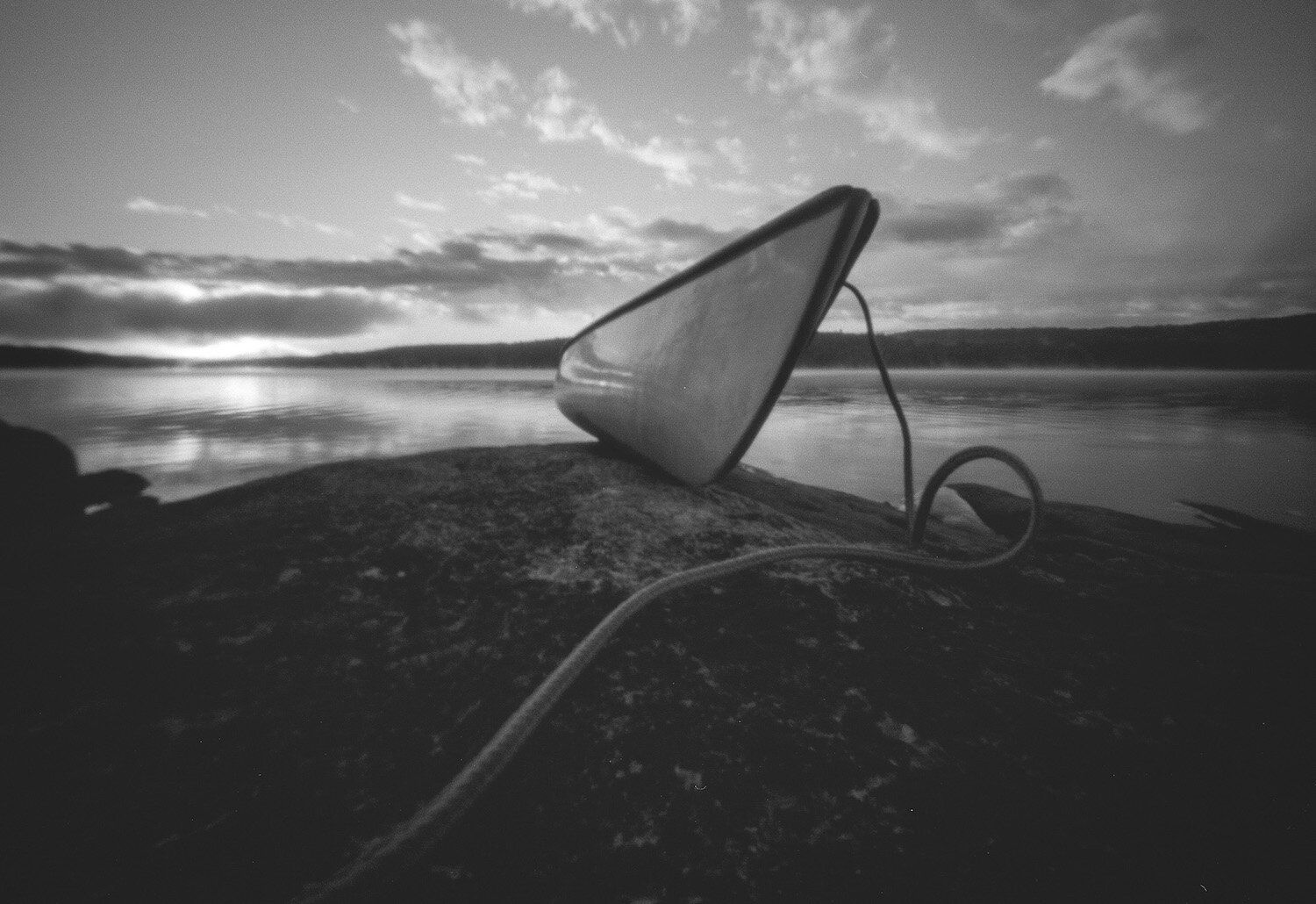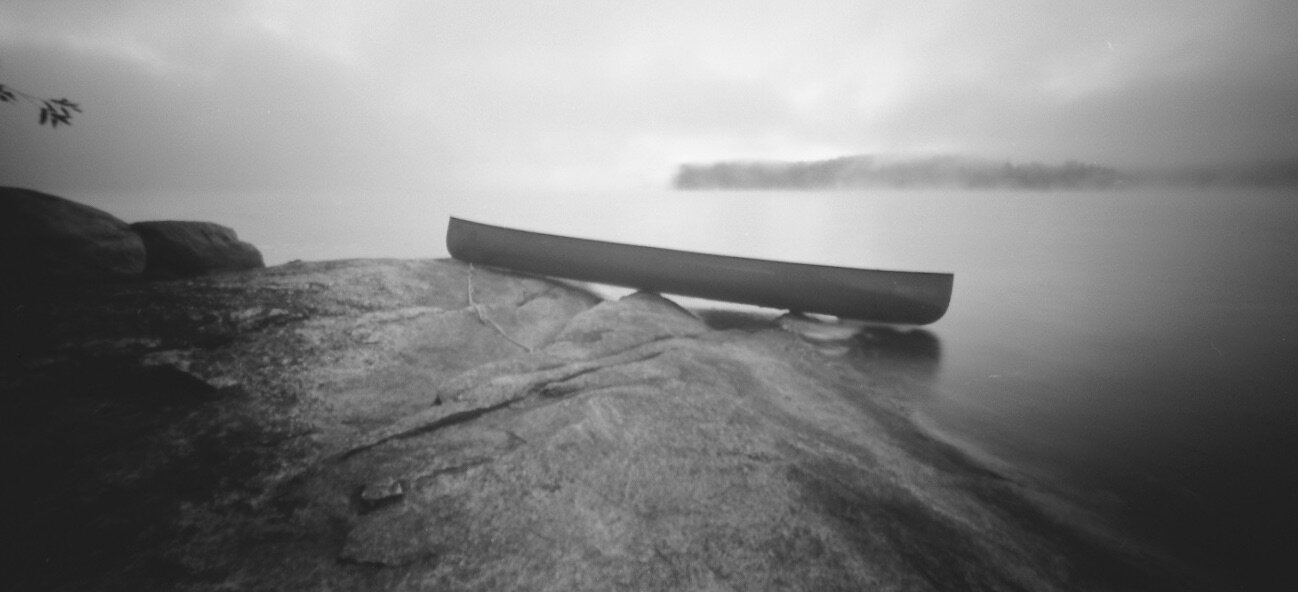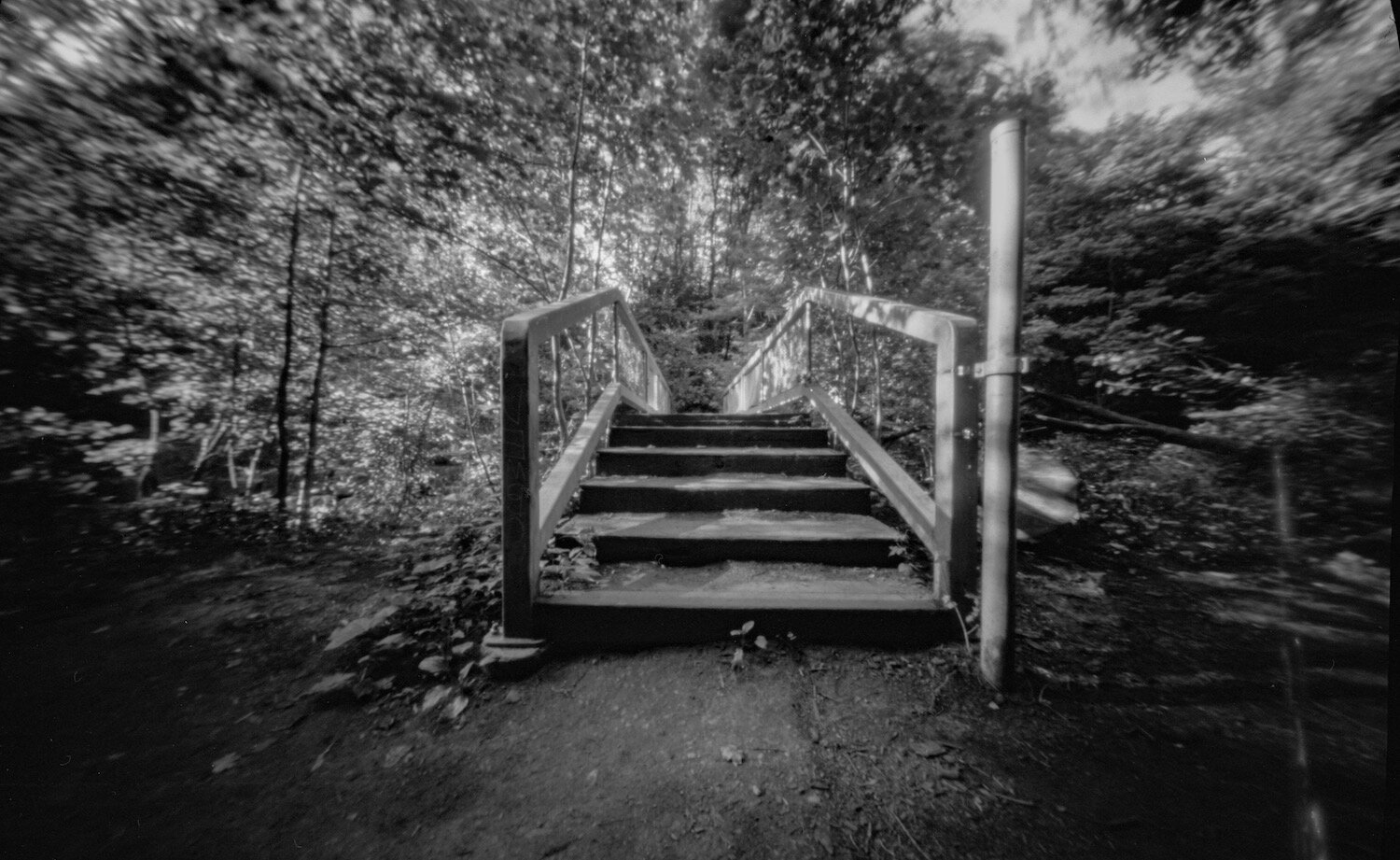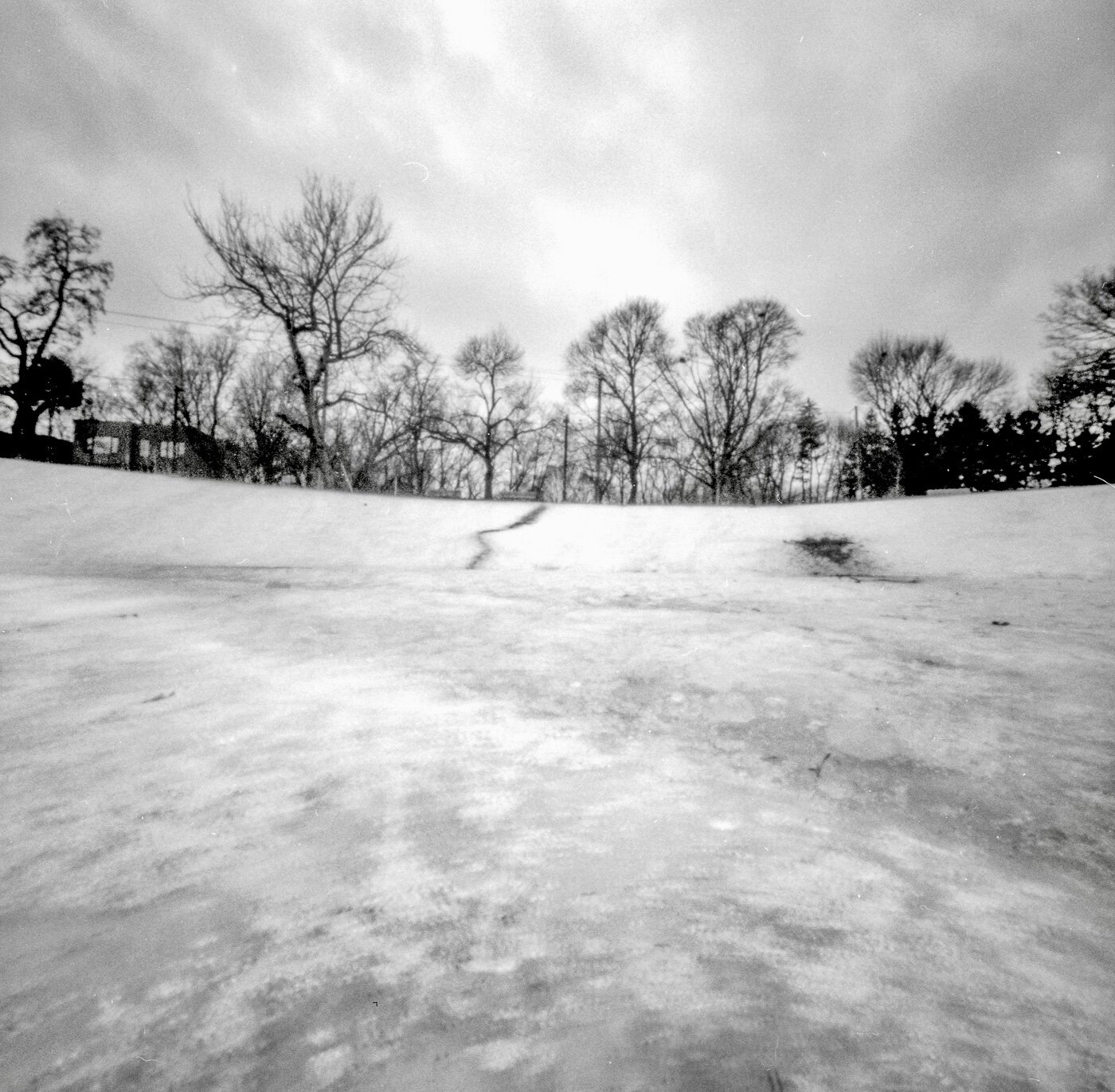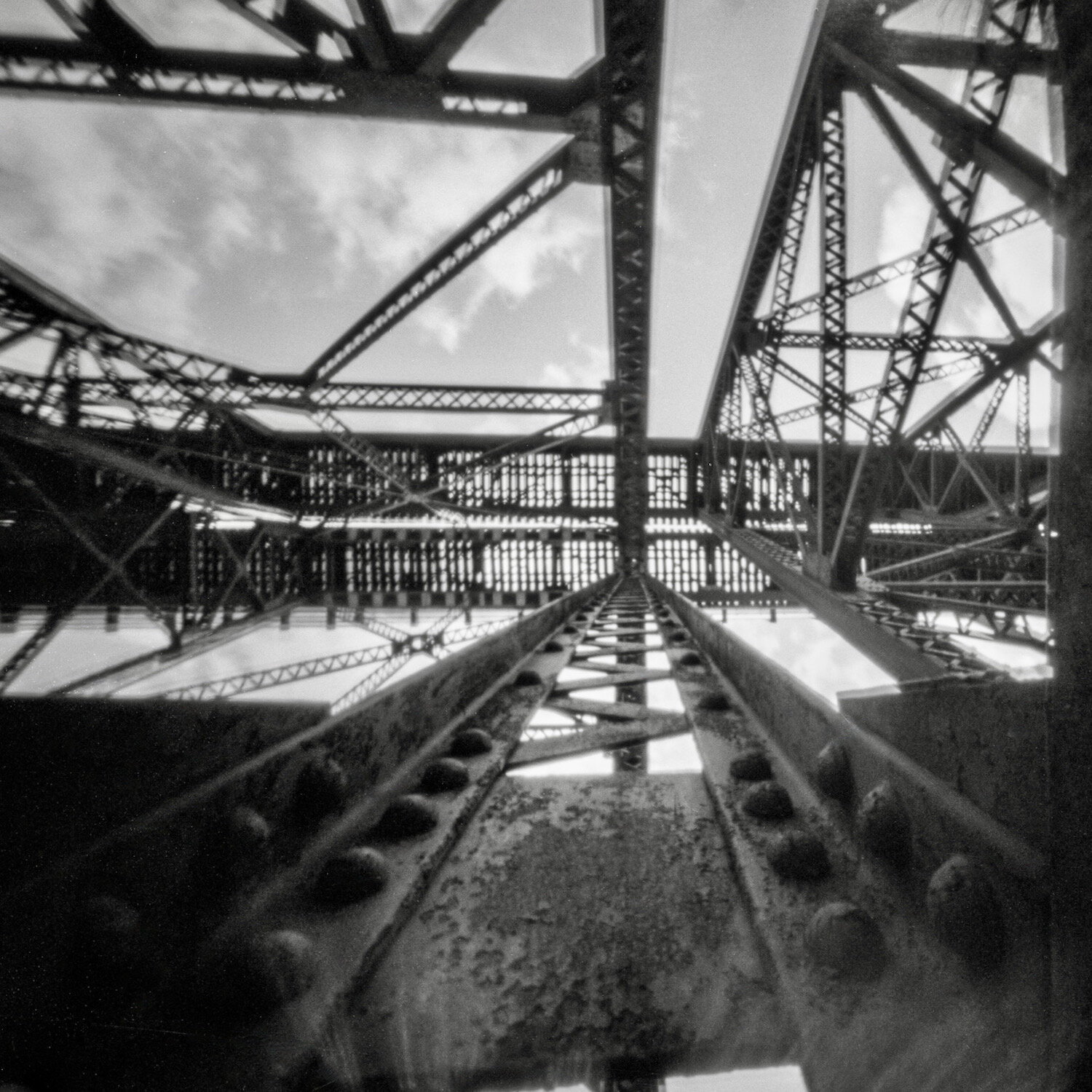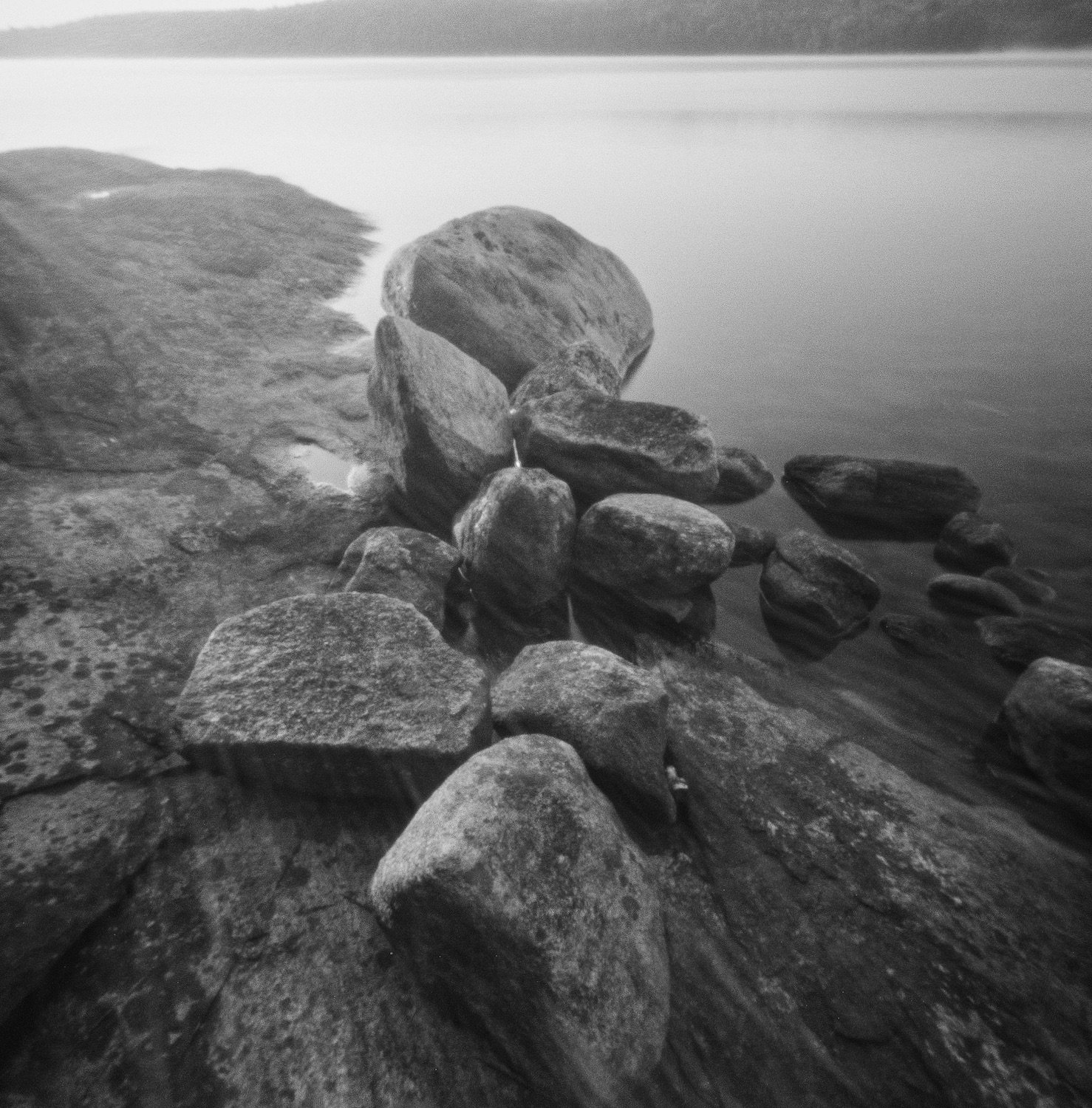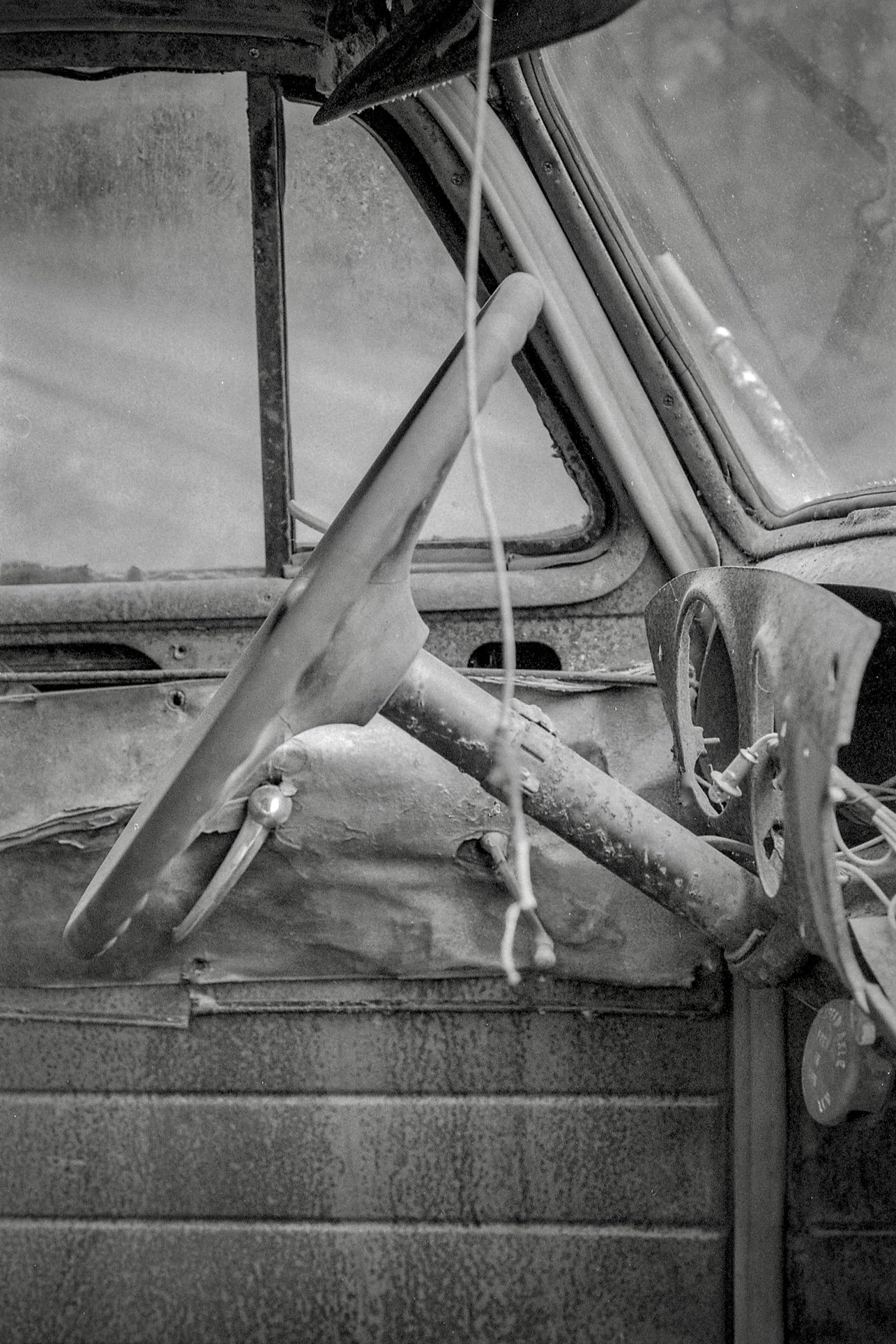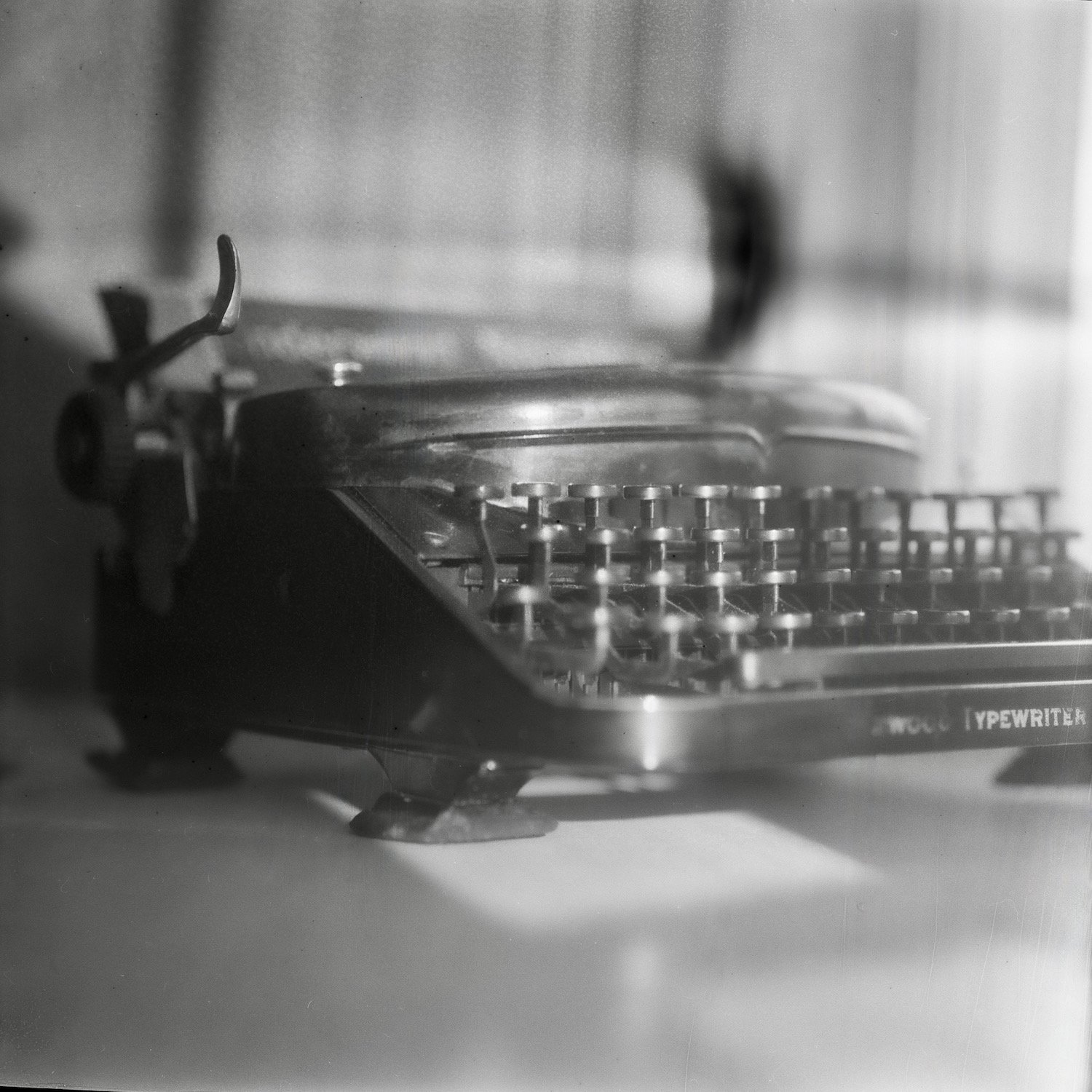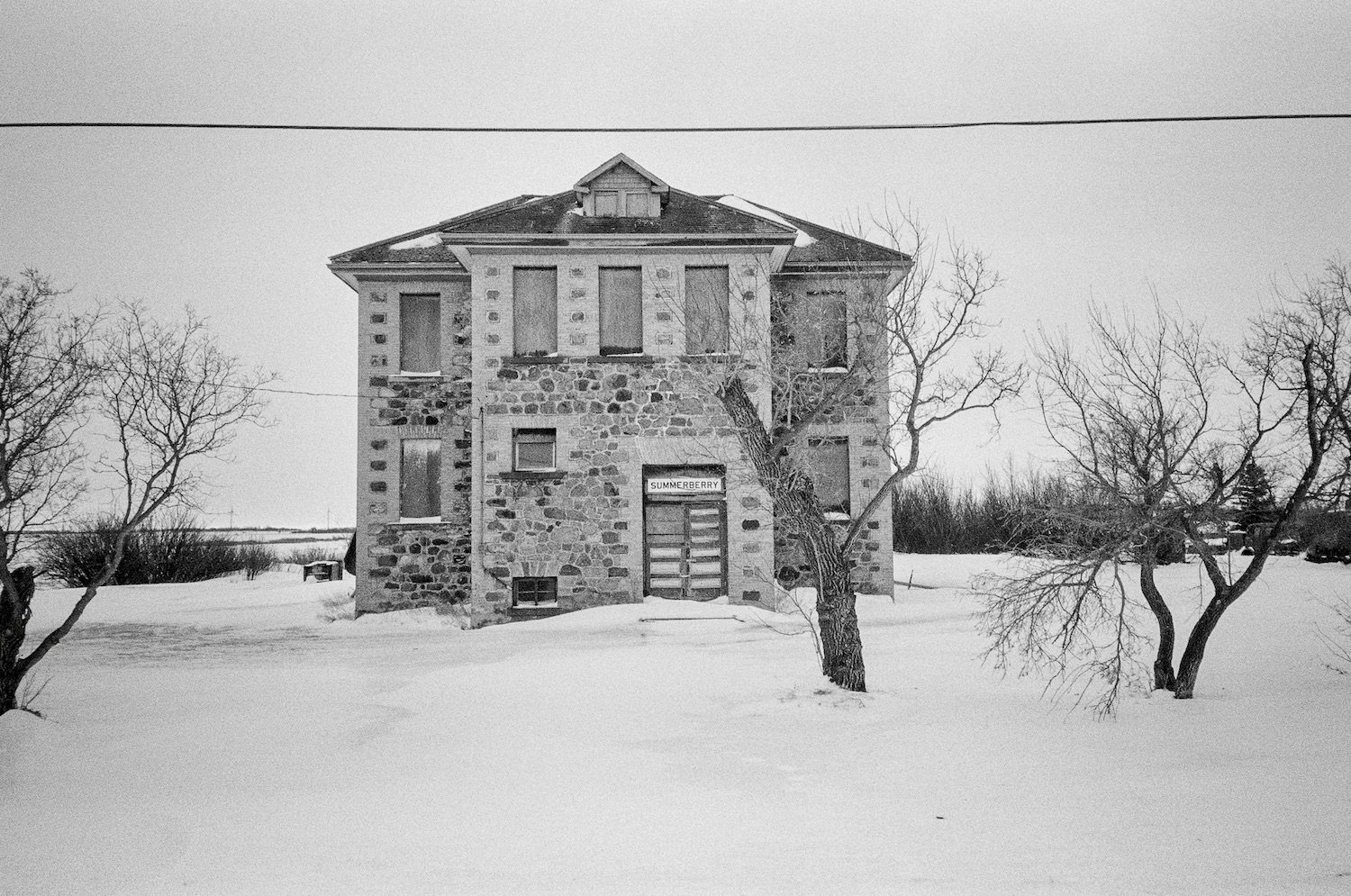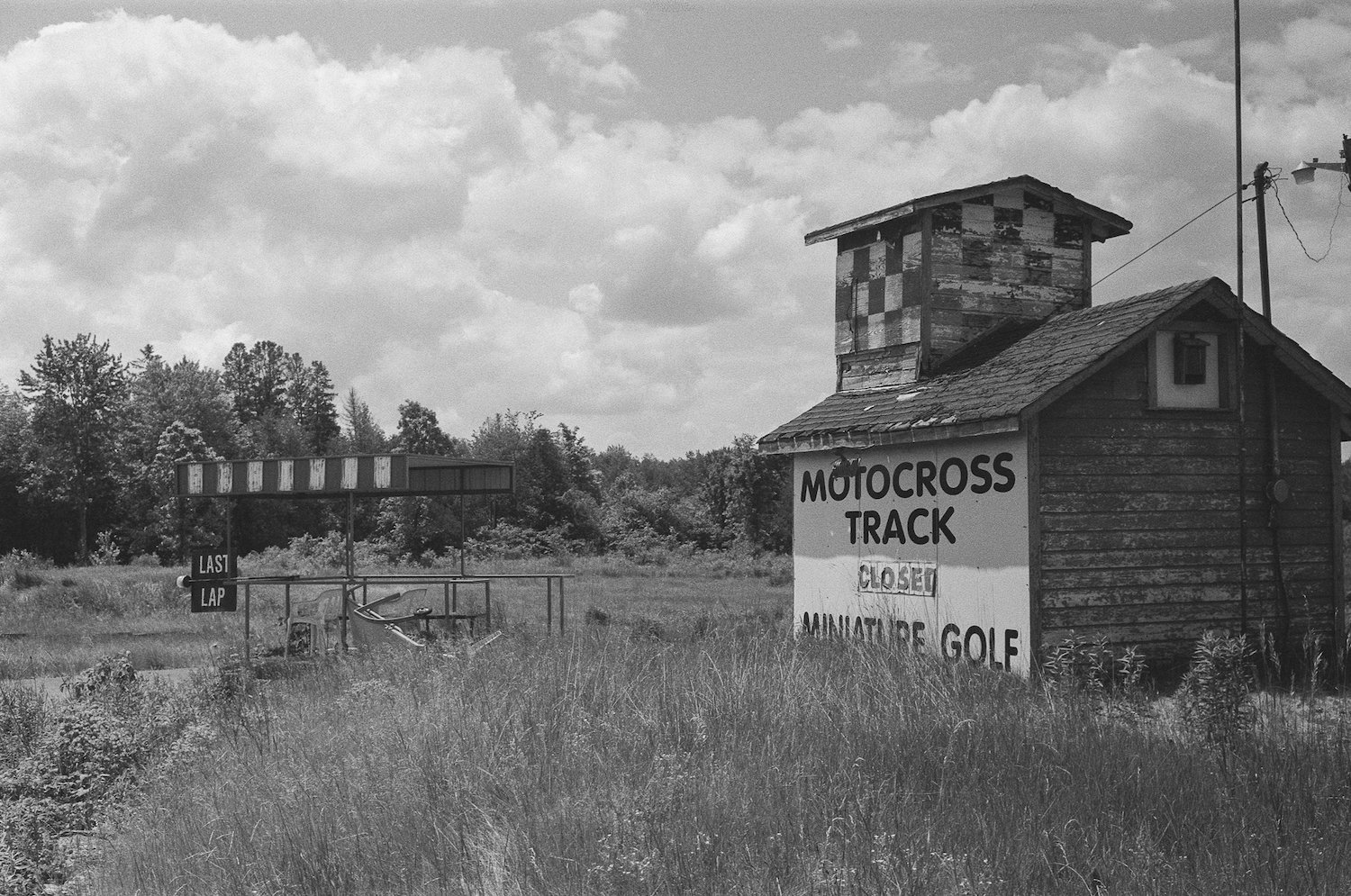Backstory
In the Beginning…
When I was a student in the 1970’s I began taking pictures and thinking about photography. Growing up in Edmonton, Alberta I snapped action pictures with an Instamatic on skis or a bike in the Canadian Rockies. National Geographic and Life Magazine provided a steady diet of images from around the world. I was struck by the black and white portraits by Karsh that hung above the shelves of Mel Hurtig’s book store. Photos that I made with my first SLR found their way into the high school yearbook.
As an undergraduate at Yale I took a few photos for the daily newspaper, experienced the miracle of the dark room, and learned something about composition and seeing in a class taught by Jerry Thomson. I studied philosophy and literature and began thinking about photography under the heady (and sometimes confusing) influence of Husserl, Heidegger, Barthes and Sontag.
I looked closely at the photographs of Walker Evans, Henri Cartier-Bresson and Harry Callahan in the Museum of Modern Art. I thought long and hard about buying an Ansel Adams print and did not. I explored the archives of the Peter Whyte Gallery in Banff, Alberta looking at the work of the early mountain photographers. I thought about purchasing some prints of Byron Harmon’s work and did. I backpacked around Europe, rangefinder camera in hand, sometimes trying to emulate the masters. For 10 years I made photographs and, whether by trial and error, skill, instinct or luck, some of them weren’t bad.
Then, in familiar trajectory, family and career took precedence. The negatives, slides and prints were tucked away. I continued to have one camera or another at hand and took pictures of my family and of my travels. I had occasional creative bursts of energy and thought perhaps I had a “good eye” but always wanted to go back into photography in a more disciplined way.
In 2017 I was asked, as an “uncle with a camera”, to photograph a family wedding. Pleased, but with some foreboding, I agreed. I then realized that my technical knowledge of the craft of photography was either rusty or insufficient. My digital processing skills were primitive. In desperation, I bought a new camera but of course that too was folly. Thankfully, a “pro” had also been hired. I caught some lovely candid moments but I wanted to photograph with more confidence and consistency.
The path in that direction opened up later in 2017 when I happened upon and took “The Compelling Frame”, an on-line course taught by David du Chemin, a gifted Canadian photographer, writer and teacher. This course led me to other programs taught by David and to interact and learn, both on line and in person, from an engaging and supportive group of photographers from around the world.
This invigorating re-immersion into photography has led me to create this website. I have organized it based it on the essentials of composition. As David puts it:
“Lines, light and moments, that’s what we’ve got to work with. It still feels like a miracle when it all comes together as more than the sum of the parts”.
LLMCA
With apologies to both David and the Village People I have adopted the acronym “LLMCA” as my photographic mantra. This stands for Light, Lines, Moment, Colour and About. These ideas will be old hat to experienced photographers and to anyone (unlike me) well schooled in the visual arts but I will say a word or two about each of them.
Light, of course, represents the basic building block of how we see an image. We can control light and shadow in the camera to illuminate or add mystery to the scene.
Lines are how we organize space by placing the elements of the scene within the frame. Taking our eyes through the frame, lines can form shapes and patterns making two dimensions appear as three.
Moment represents time and the essential existential nature of a photograph. With the click of the shutter a sliver of time is frozen. A memory can be created of what has passed and will not be repeated.
Colour or lack of it is also key to image making. We see the world in colour and different colours bring different associations to mind. Black and white images can represent a way of seeing that differs from our day to day reality.
About is perhaps the most difficult part of the equation. A photographer may take a picture “of” a subject but this may be different from what a photographer is trying to say “about” that subject. As Elliot Erwitt puts it in his oft quoted line, photography “has little to do with the things you see and everything to do with the way you see them”.
In his 2016 book “Why Photography Matters”, Jerry Thomson describes the photographer’s process this way:
“The artist decisively acts to create a structure that invites the viewer in, and leaves room for thinking. The muscular frame, the skillful organization, the perfect timing are all preliminary, serving only to launch the inquiry, to propel thinking above the actual things shown and towards insights prompted by a contemplation of these things, in the state we find them at the instant they are shown”.
The way in which elements like LLMC connect to the “About” seems to be at the heart of creativity. It involves intention but probably something more than that, perhaps an intuition or insight that might arise in the “flow” or at play. Further and continued exploration and rumination is required!
The Galleries
I’ve organized a gallery in this website for each of Light, Line, Moment and Colour as a way of showing which compositional element plays a leading role in the images in question. Of course a compelling image may encompass all or some of these elements.
You will not find an “About” gallery; I hope the viewer will discover an “About” in each image.
I have added other galleries for subjects or themes that have interested me over the years. These include “Mountain”, “Water”, “Move” and “Portraiture”.
You will also find “Hipstamatic” for images taken with the iPhone “Hipstamtic” app. These take me full circle back to the kind of photos taken with an Instamatic camera in the 1960’s.
In 2020 I returned to film photography and the darkroom with a variety of subminiature, 35 mm, medium format and large format cameras. You can find a selection of my analog images on Flickr at https://www.flickr.com/photos/johnalton/ These include my explorations of the elemental simplicity of pinhole photography some of which you will find here in the “Obscura” gallery.
In the “Pandemic Days” gallery I used both digital and film cameras to explore the solitude and silence of public places during the COVID-19 pandemic.
In the “Remains of the Day” gallery I used film cameras to photograph places and objects which linger and speak to us of the past- much like photographs themselves.
In “Seeing Red” I explored infrared photography with a converted mirrorless digital camera.
I will undoubtedly add more galleries for small bodies of work or stories. I don’t expect there will be more than 10 images in each gallery and those images will change over time and may include images both old and new.
Thank you for your interest.
John Alton
2019-2025

